New York City: I’ve never actually asked Joana Avillez, the author of this simple line drawing, to confirm that it actually is me. There I am in the back, I think, at 101 Spring Street, the once-upon-a-time home of the late Donald Judd. Just a few people to my right is his daughter, Rainer Judd; of that, I’m sure. She’s in the middle of balancing three mandarins on her head. Centre-stage, it looks like we have Ricky Clifton, international figure of interior design mystery, showing off a cocktail umbrella to a distinguished duo. But I could be wrong. After ten years of having this treasured illustration framed on my wall, I’m hesitant to ask. Let’s just say it’s me.
I first emailed Joana in 2016, when we were working on a fresh, illustrated approach to Apartamento’s front section. We had begun to think it had slightly lost its way, and decided to look to illustration to liven things up. Hence the email—which, like all old emails, is funny to look back on now. Despite its cringe-worthyness, it worked: Later that year, we published Pie in the Window, Nine Stories by Joana Avillez in issue #17. And so, a relationship was born—and, as is the case for so many Apartamento contributors, a single, out-of-the-blue email from Barcelona morphs into a virtual friendship, and, if you’re lucky, as one project leads to another, you may just get to meet that person on the other side IRL! That’s exactly what happened with Joana and her line drawing, which was a spontaneous documentation of the Apartamento magazine issue #16 launch in New York—one she GAVE TO ME as a memento.
Fast forward to the summer of 2023: the latest iteration of our on-going collaboration was put on pause and then started again in January 2024. This time, for real. The following months involved countless Zooms—my colleague, Andrea Servert, and I on the Barcelona side, hopping on at 4pm, and Joana on the New York side, joining us at 10am, after having dropped her son Nino off at school. The beautiful, JA-illustrated book that emerged from this process, after many creative twists and turns, was Roman Recipes for Modern Cooks, authored by Sally Grainger, a Somerset-based scholar, food historian, and YouTuber Nacho had discovered a few years earlier.
Working with Joana has always been a dream. I love her line. Secretly, I’m super jealous because I’d love to be able to draw like her, to share her creative spirit and playfulness and imagination. I’ve told her more than once that working with her is like working with the Ferrari of illustrators. On a lesser scale, I’m kind of into what I consider to be her Carrie Bradshaw-esque New York life. One breakthrough moment while working on the book was discovering our shared love for Antoine de Saint-Exupéry’s 1943 children’s classic, The Little Prince. It’s a magical book, and it’s no exaggeration to say that Joana and Antoine are kindred spirits. My pocket-sized Spanish edition, a special gift from a friend of mine, has this inscribed on its opening page: ‘For Rob Rob, nothing matters really much, but this does’. For this interview I called Joana, again over Zoom, to reminisce a little, to hear more about her parents, her links to the Eternal City, and what she reads to her son at bedtime.
This website uses cookies so that we can provide you with the best user experience possible. Cookie information is stored in your browser and performs functions such as recognising you when you return to our website and helping our team to understand which sections of the website you find most interesting and useful.
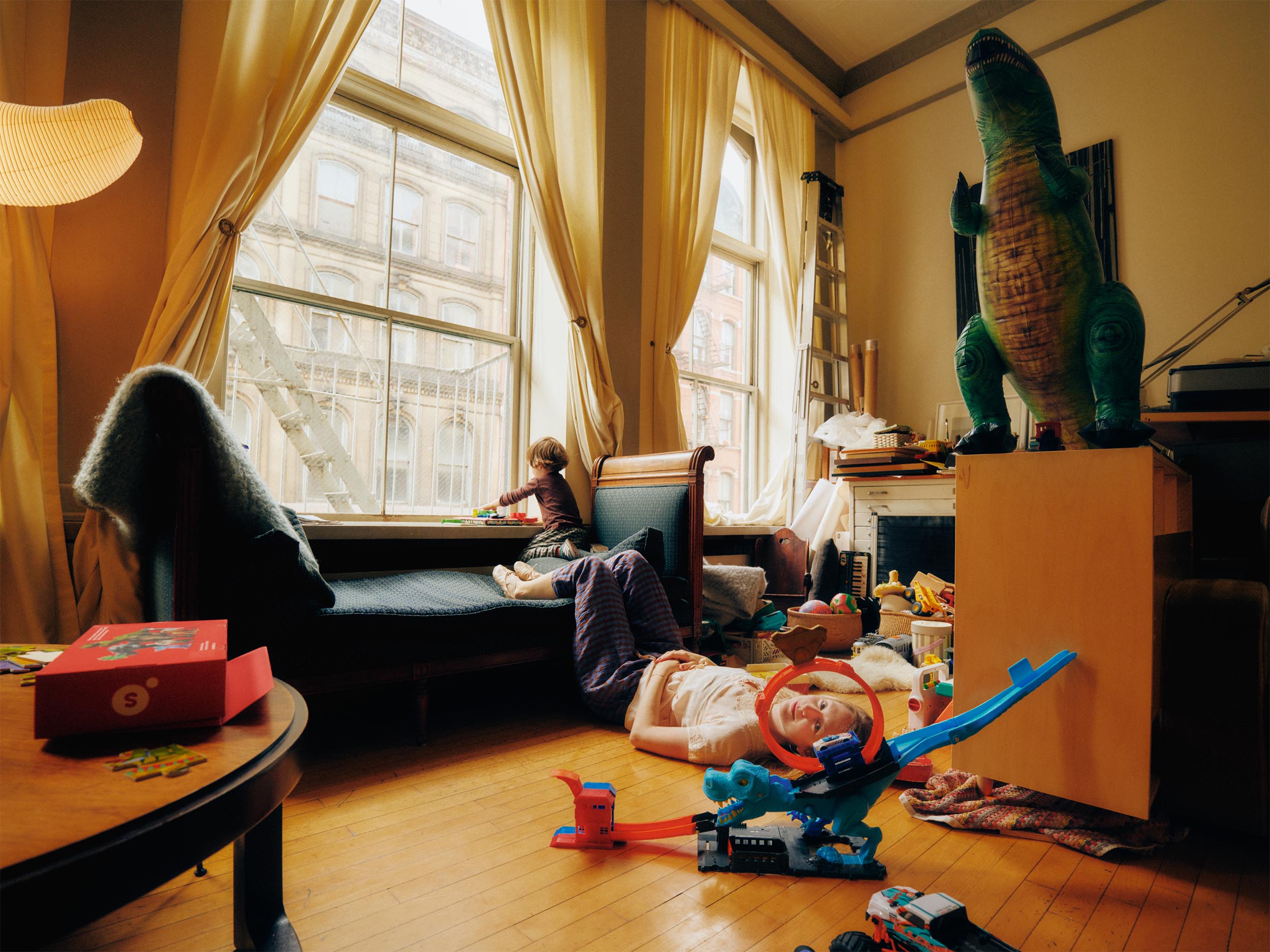
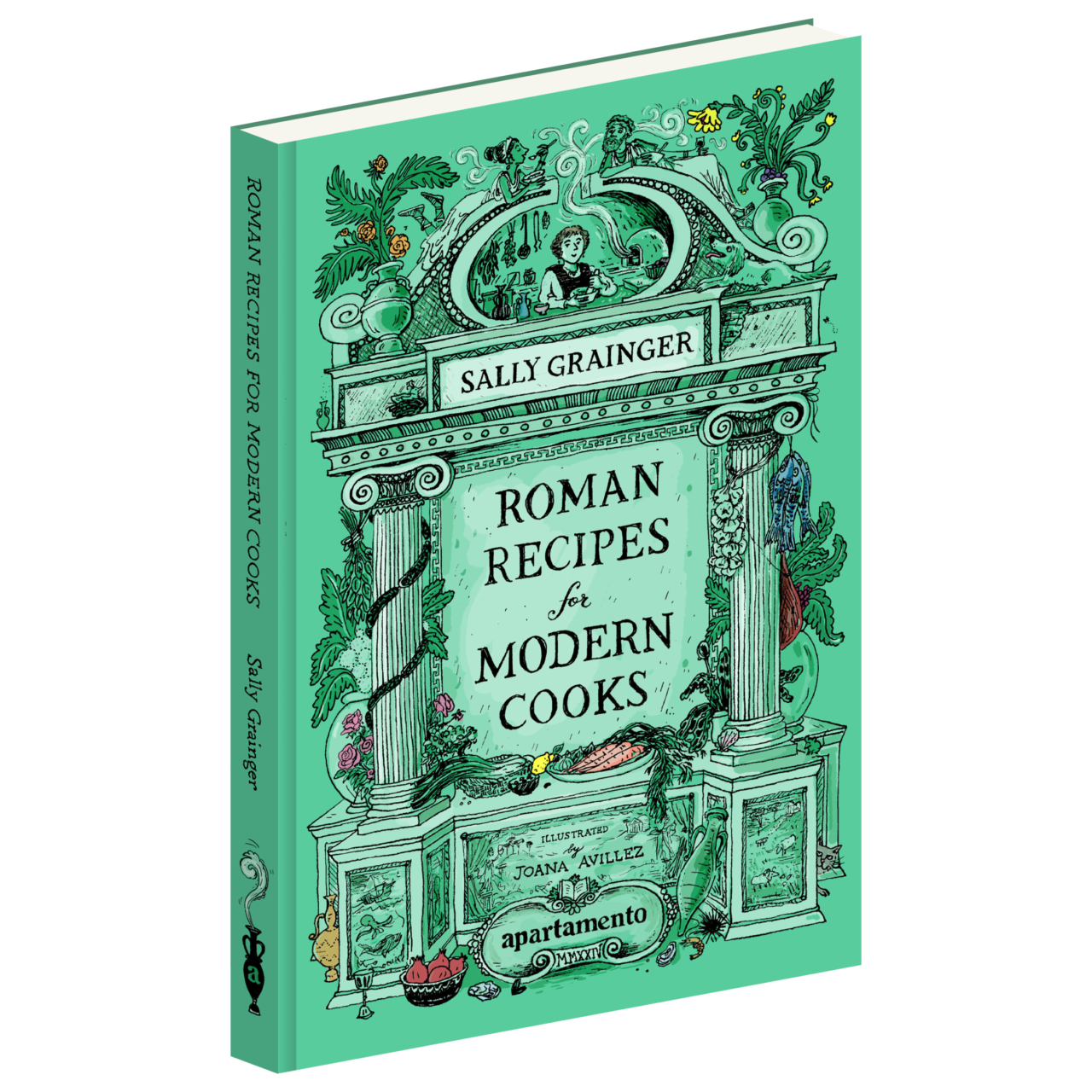
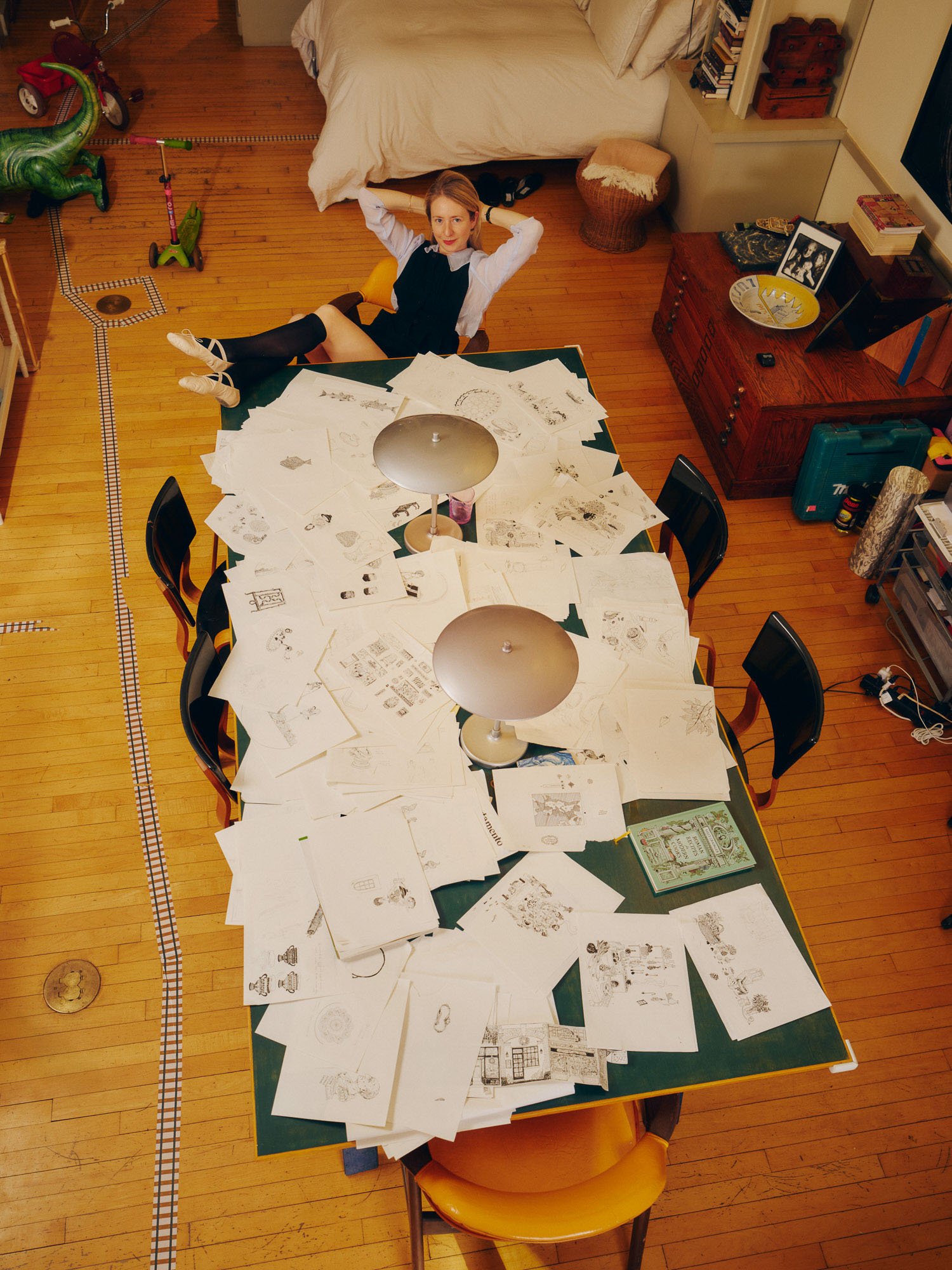
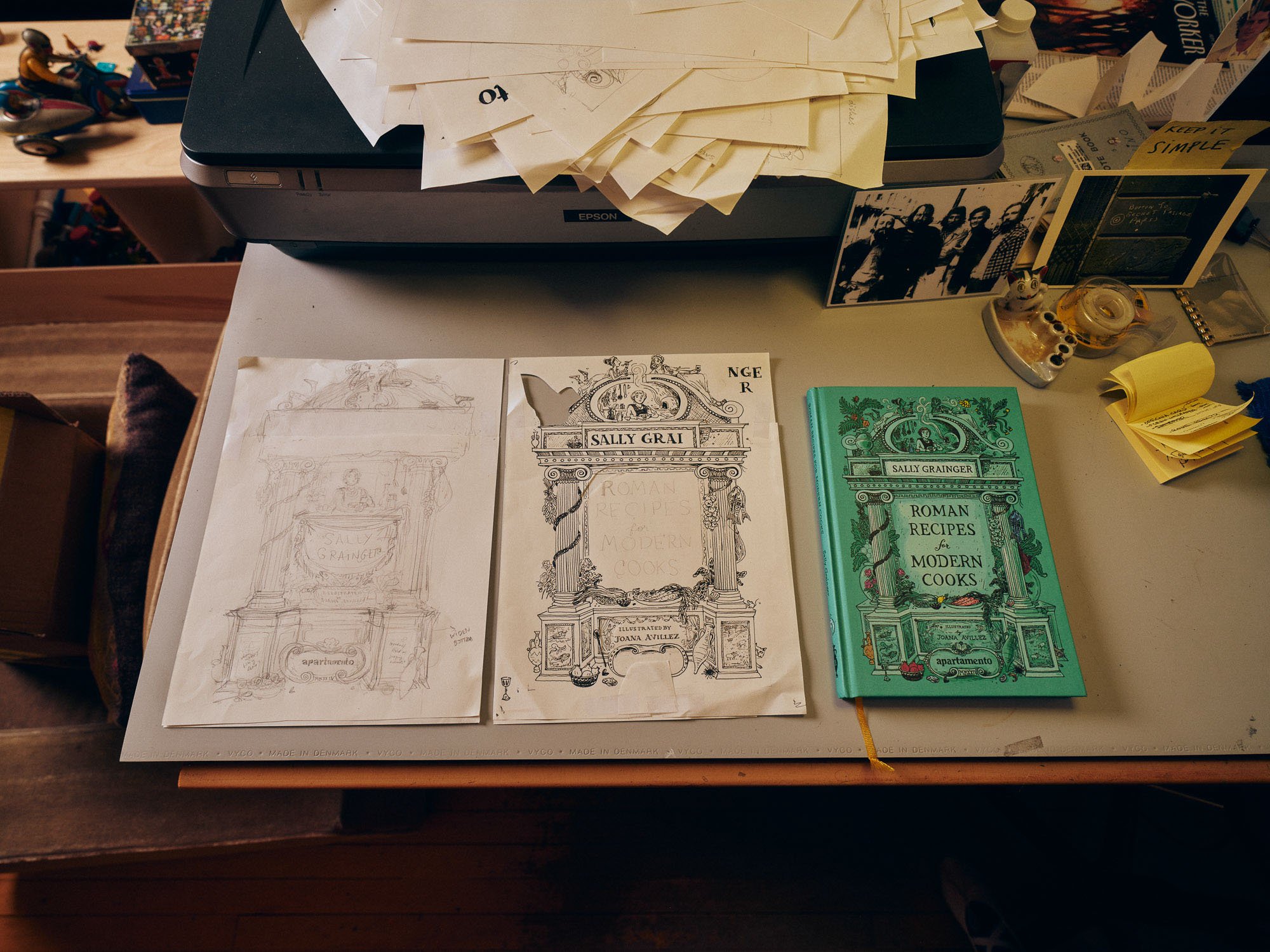
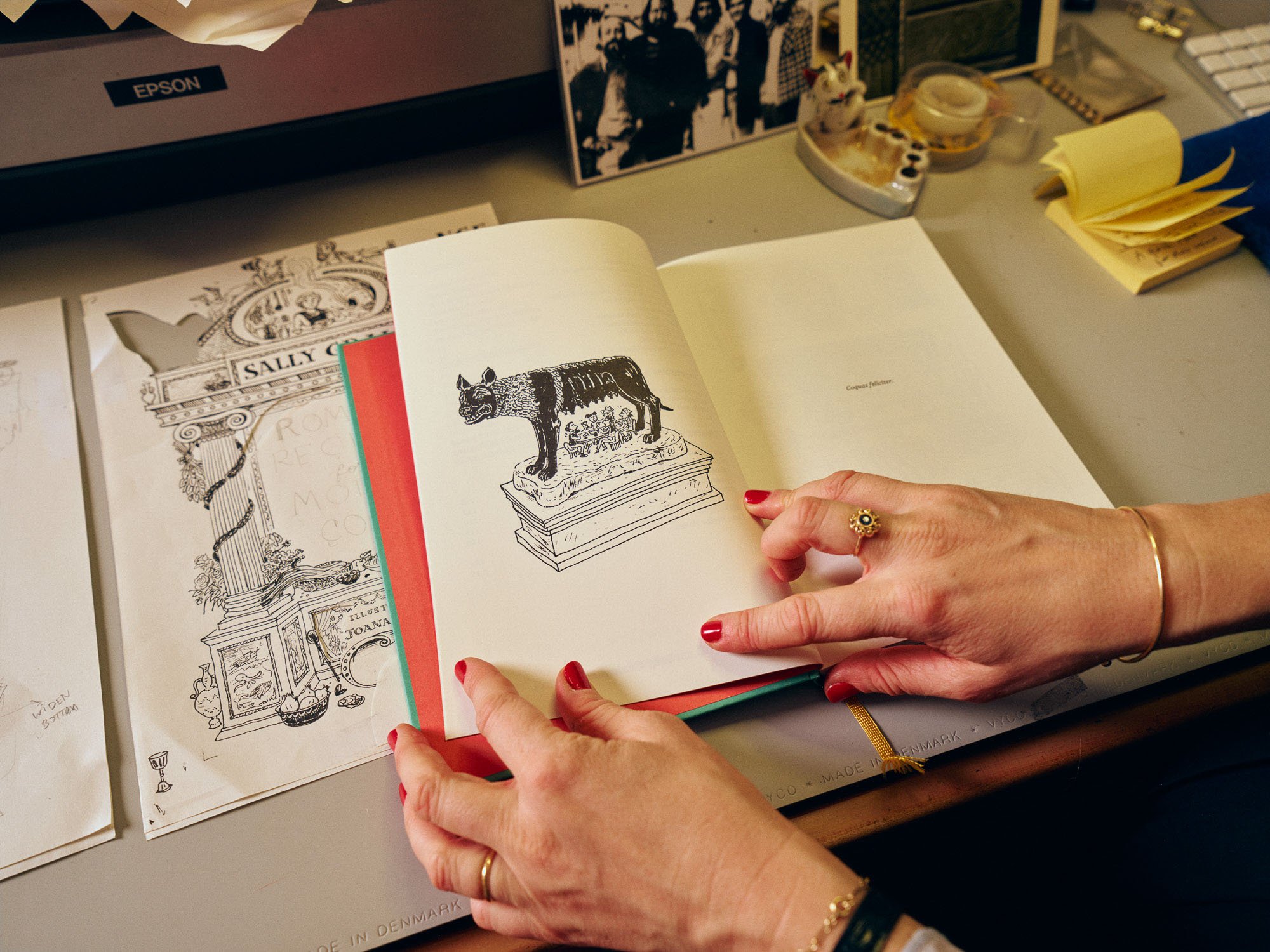
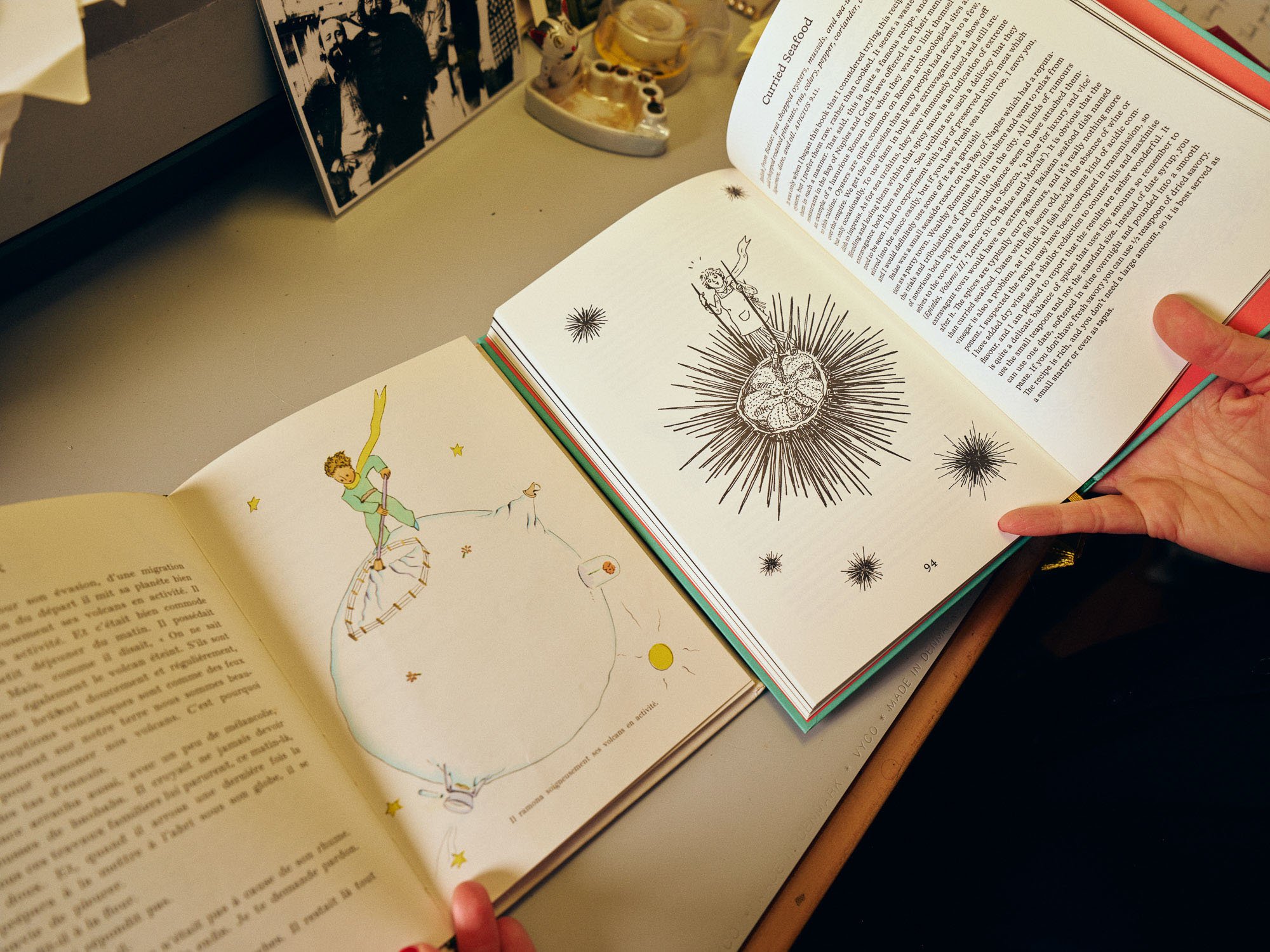
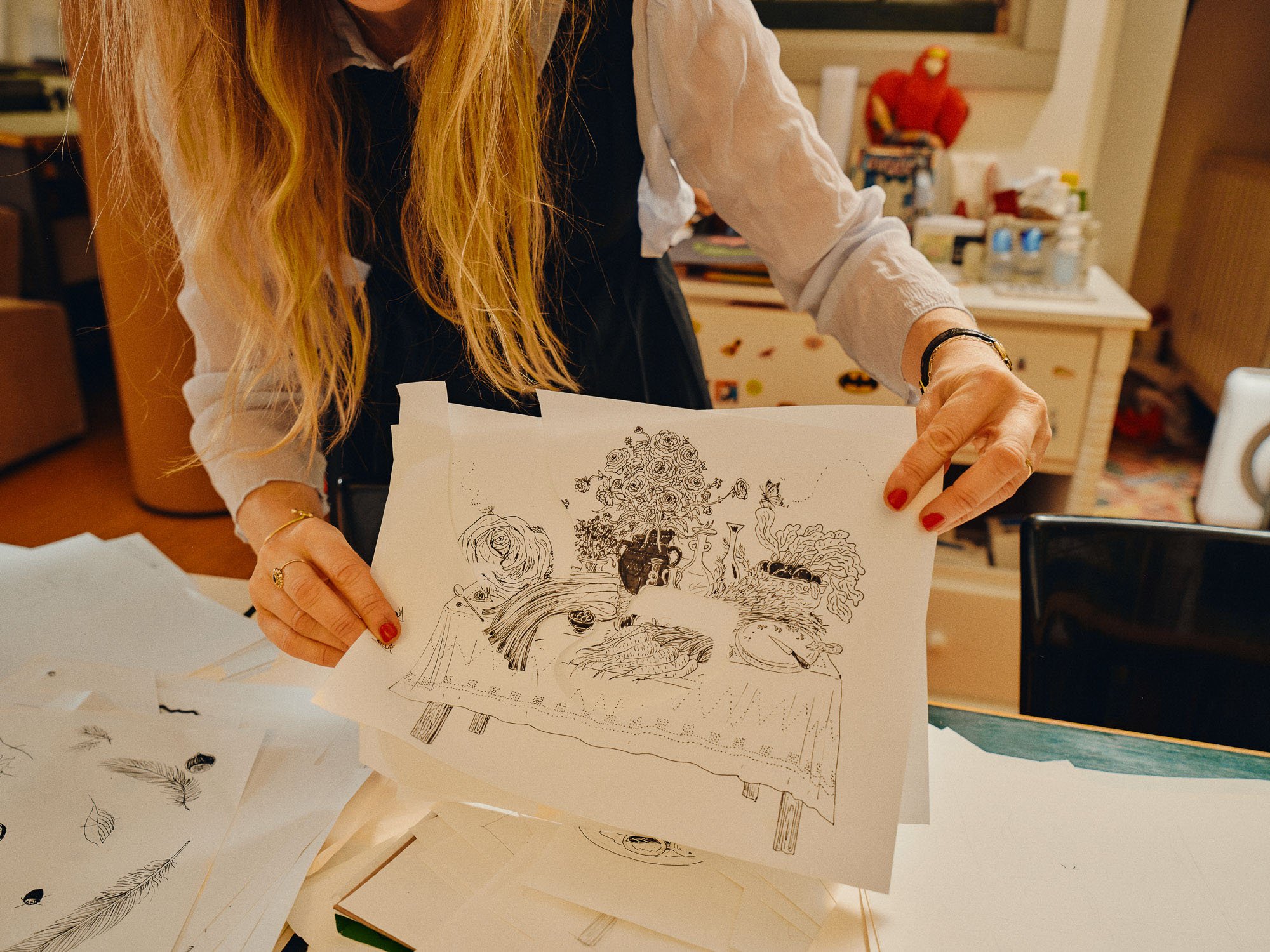
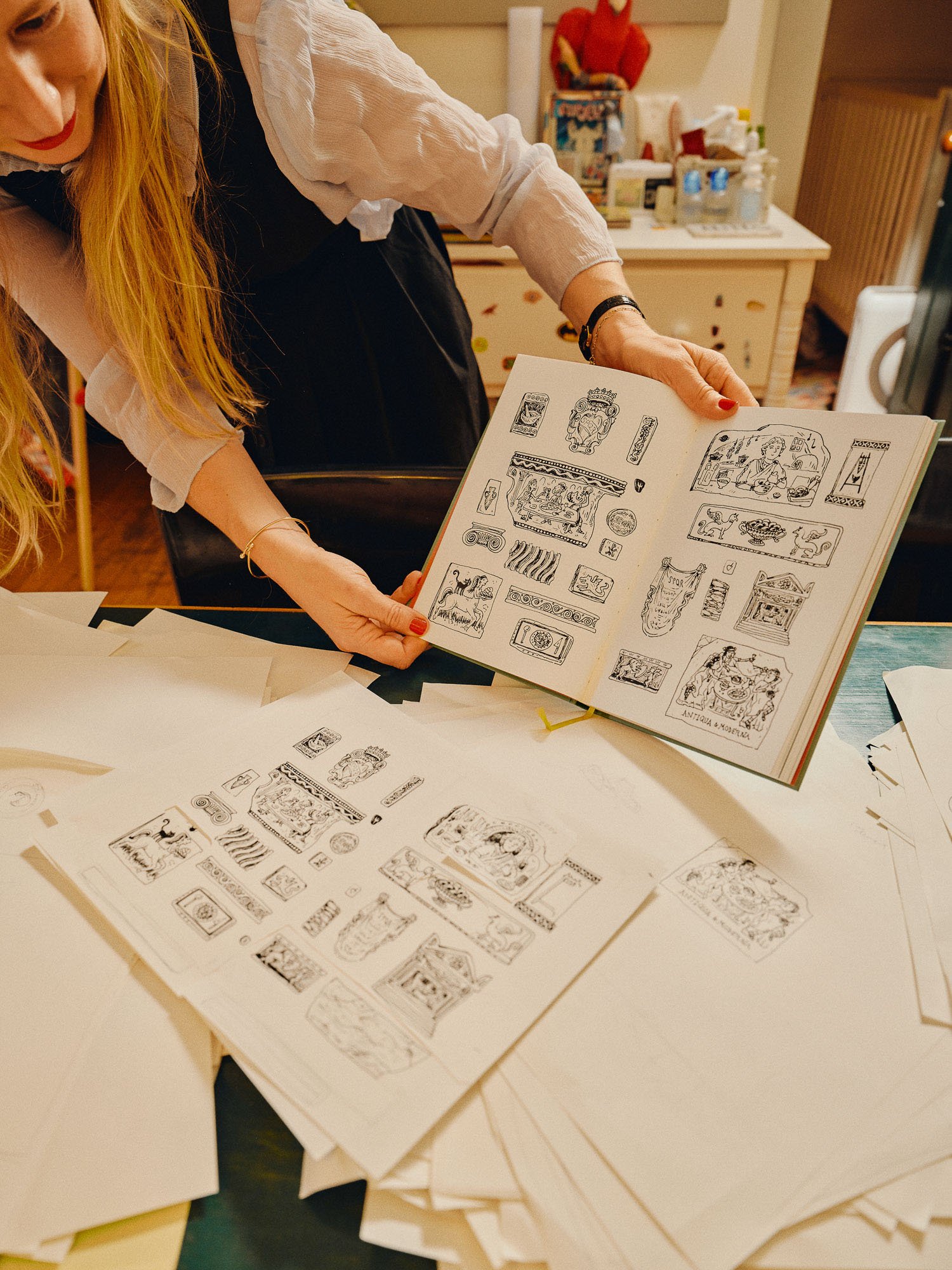
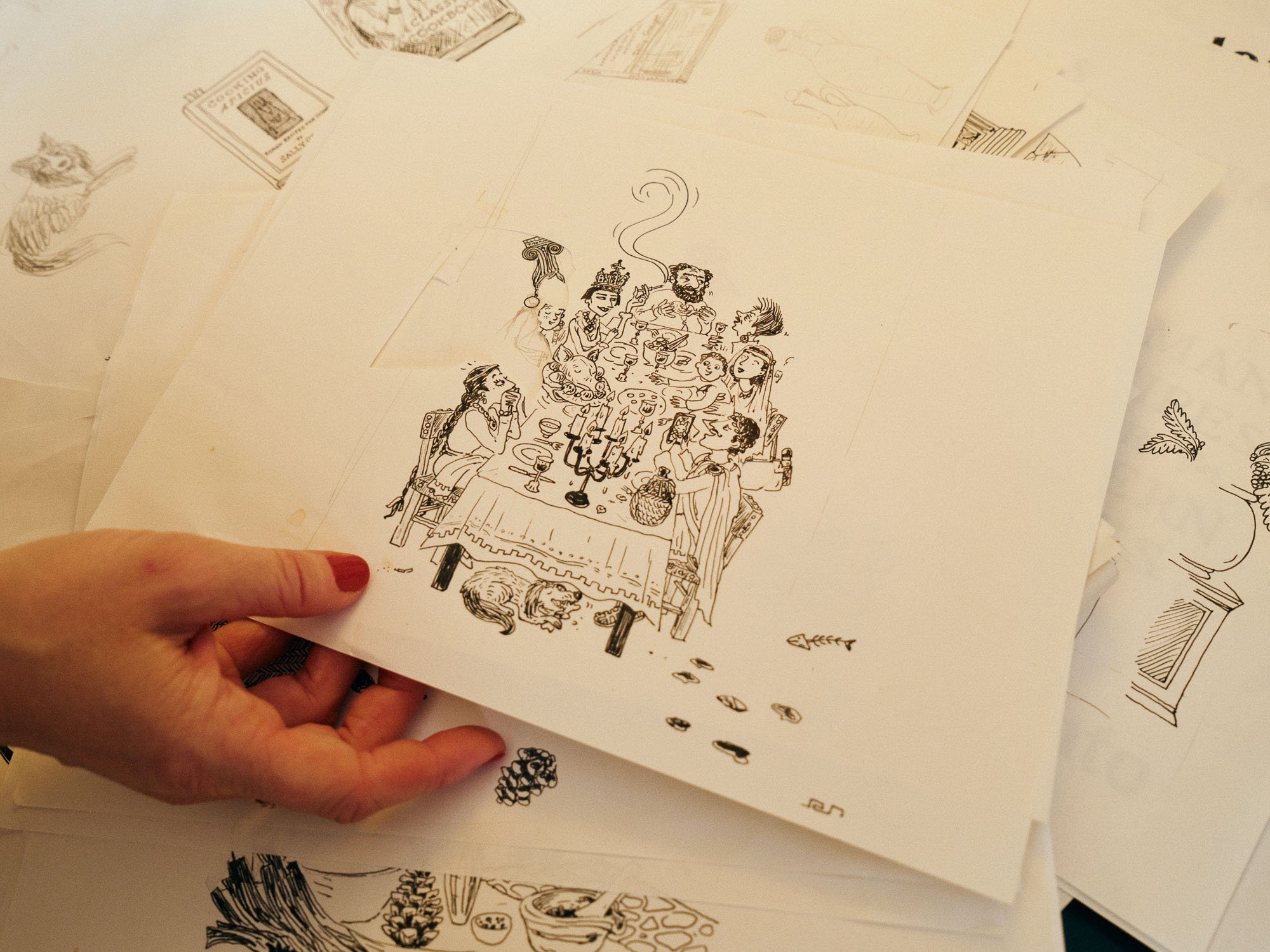
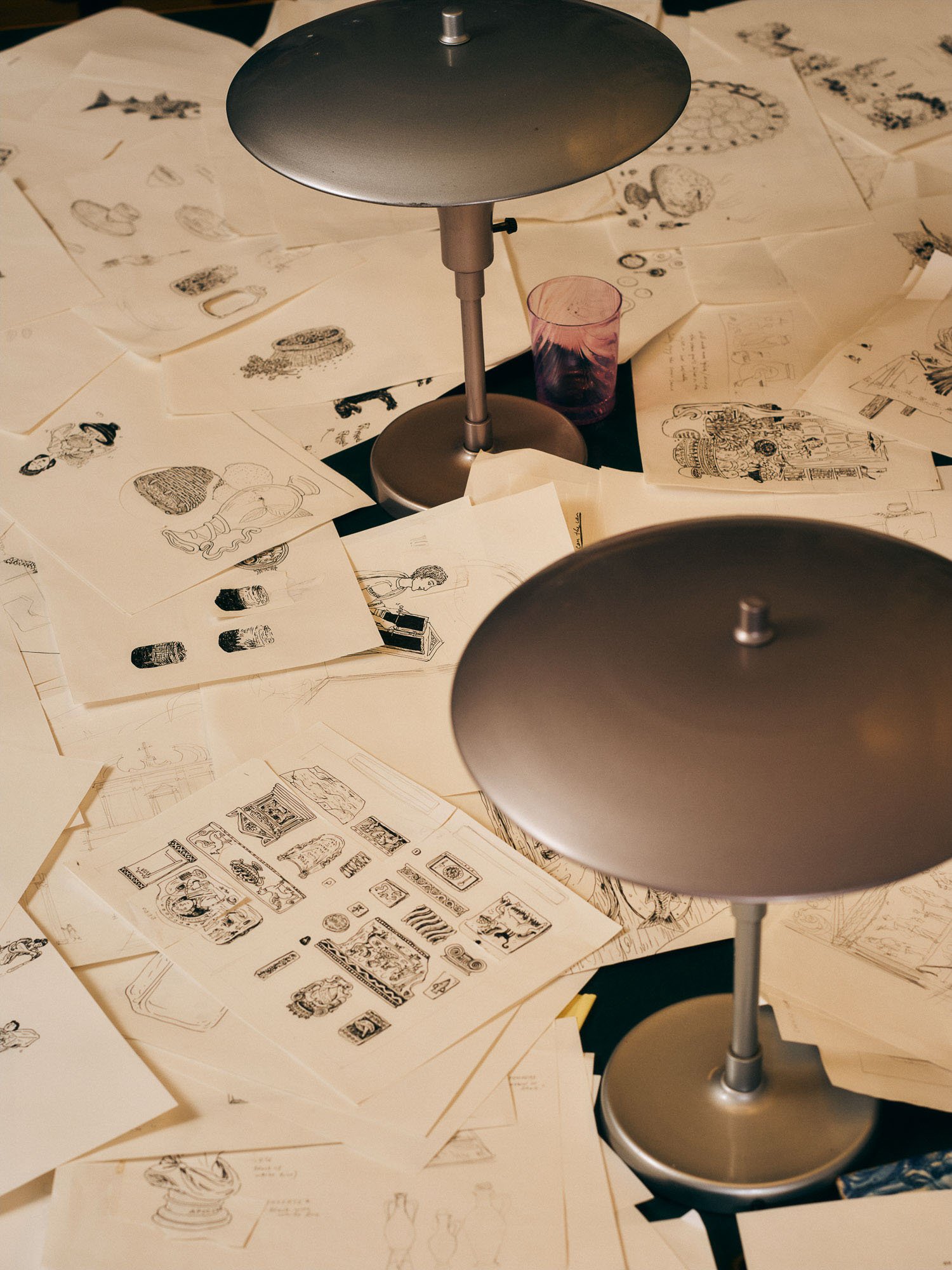

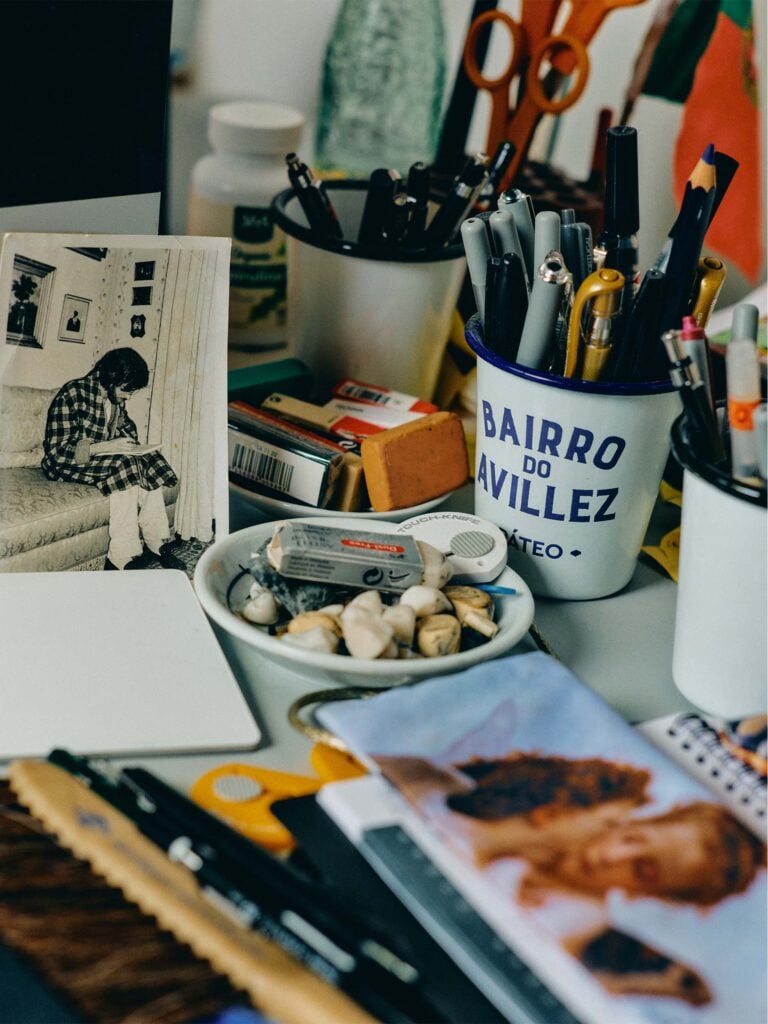
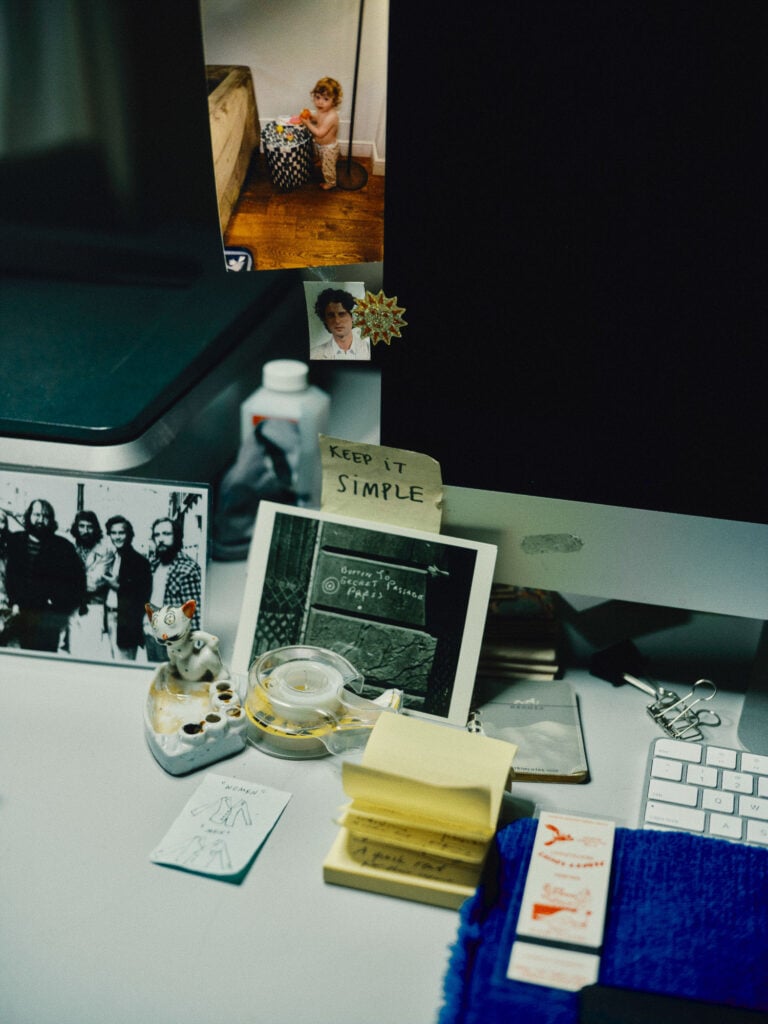
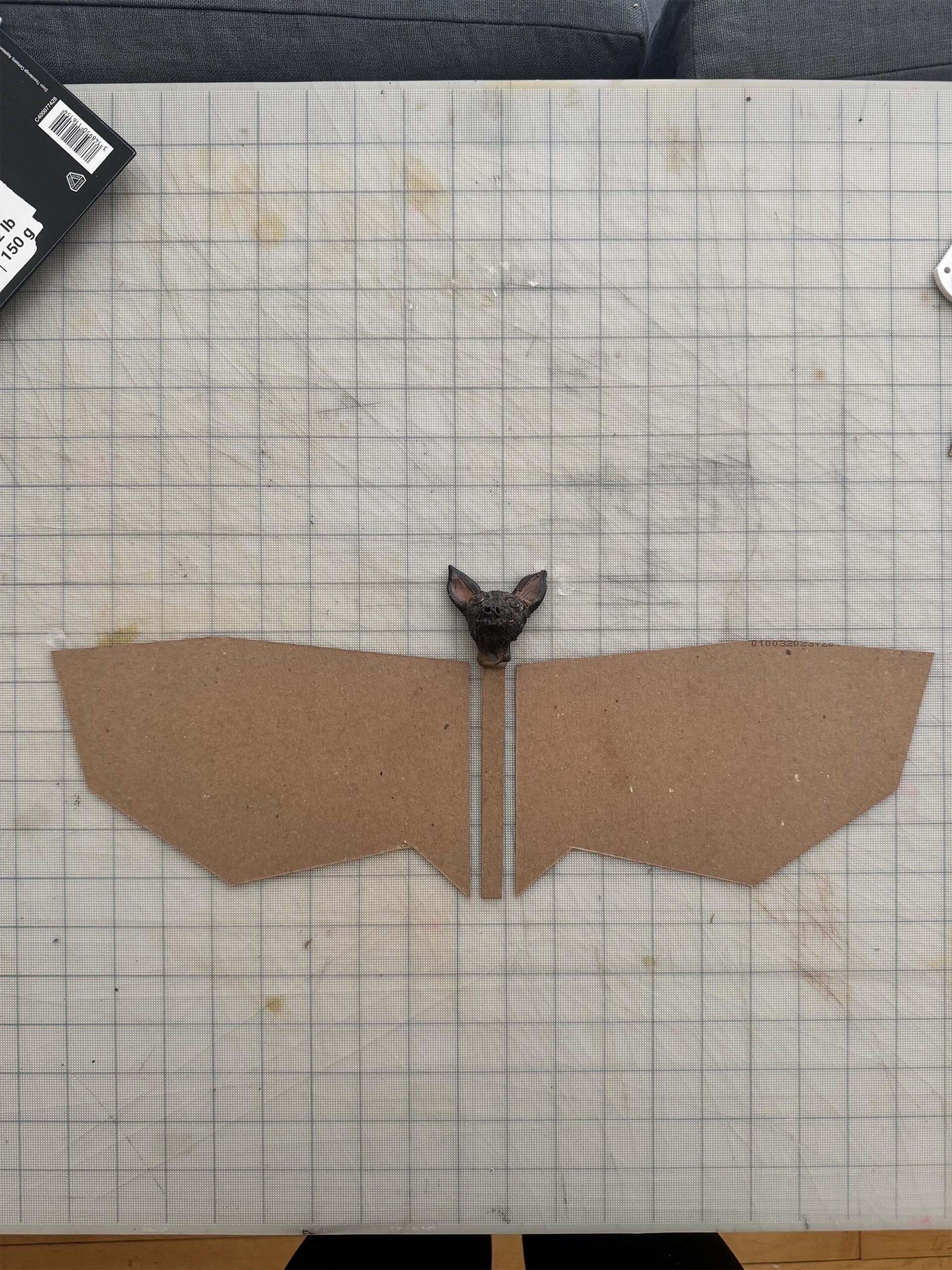
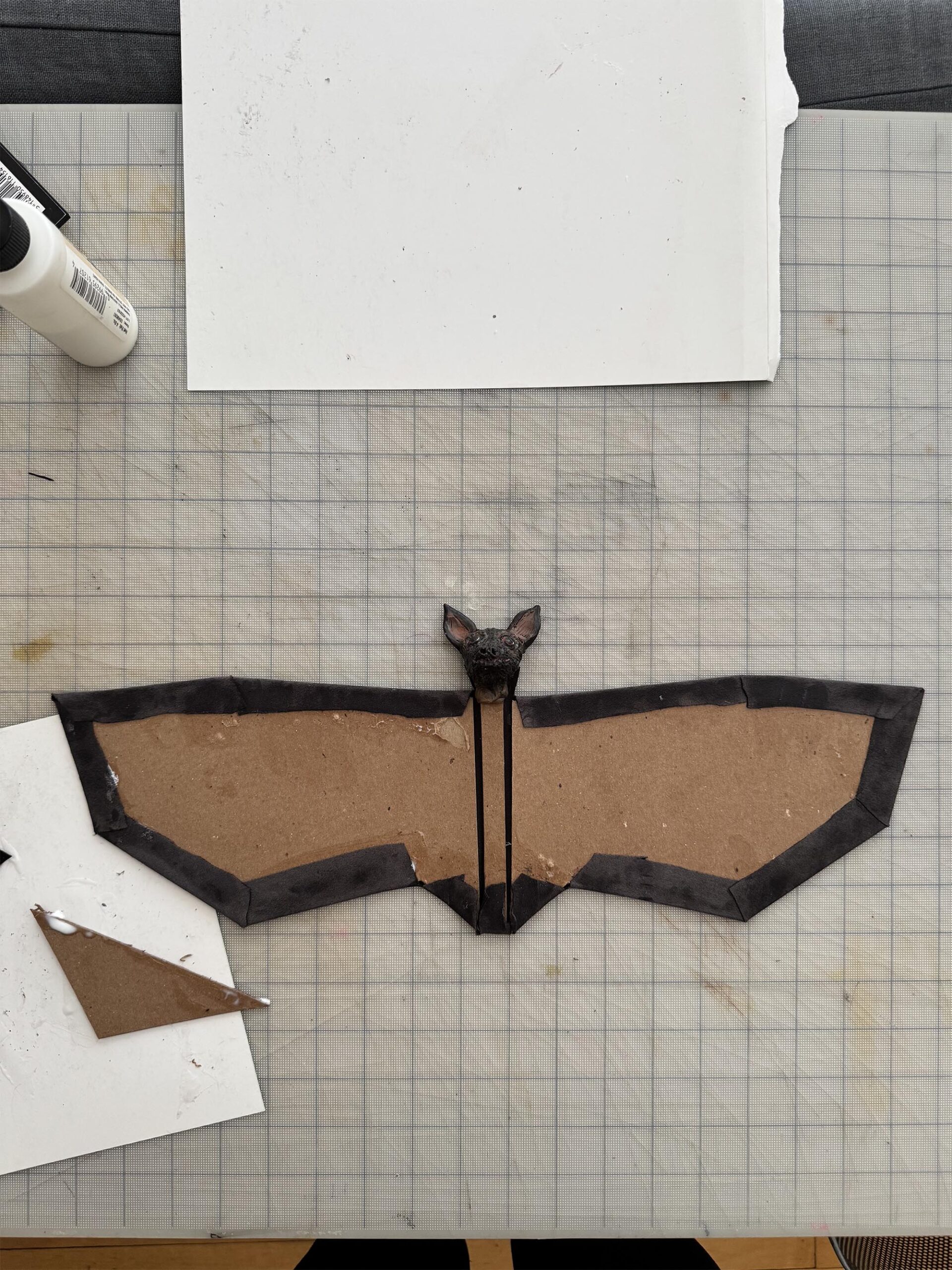
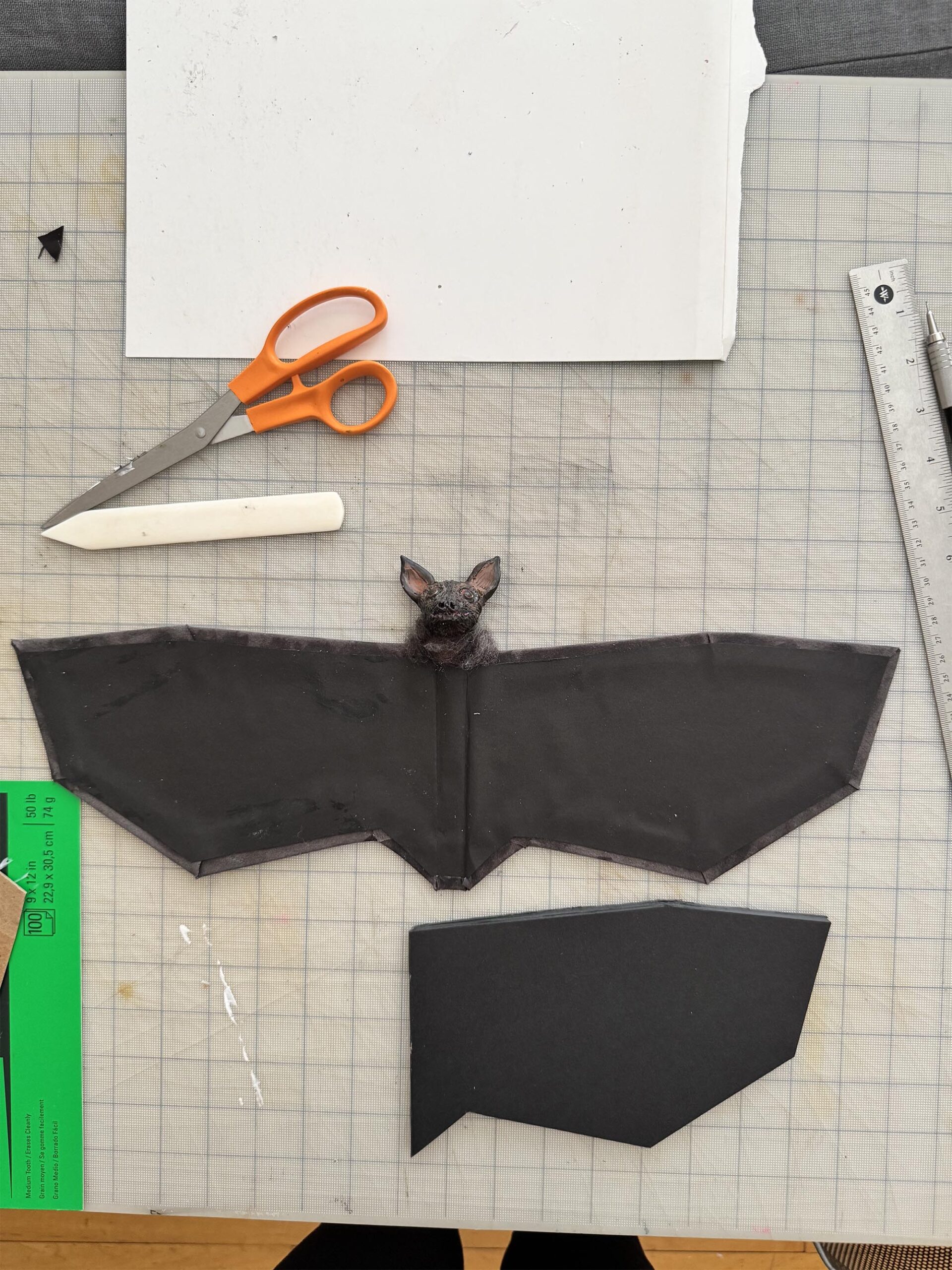
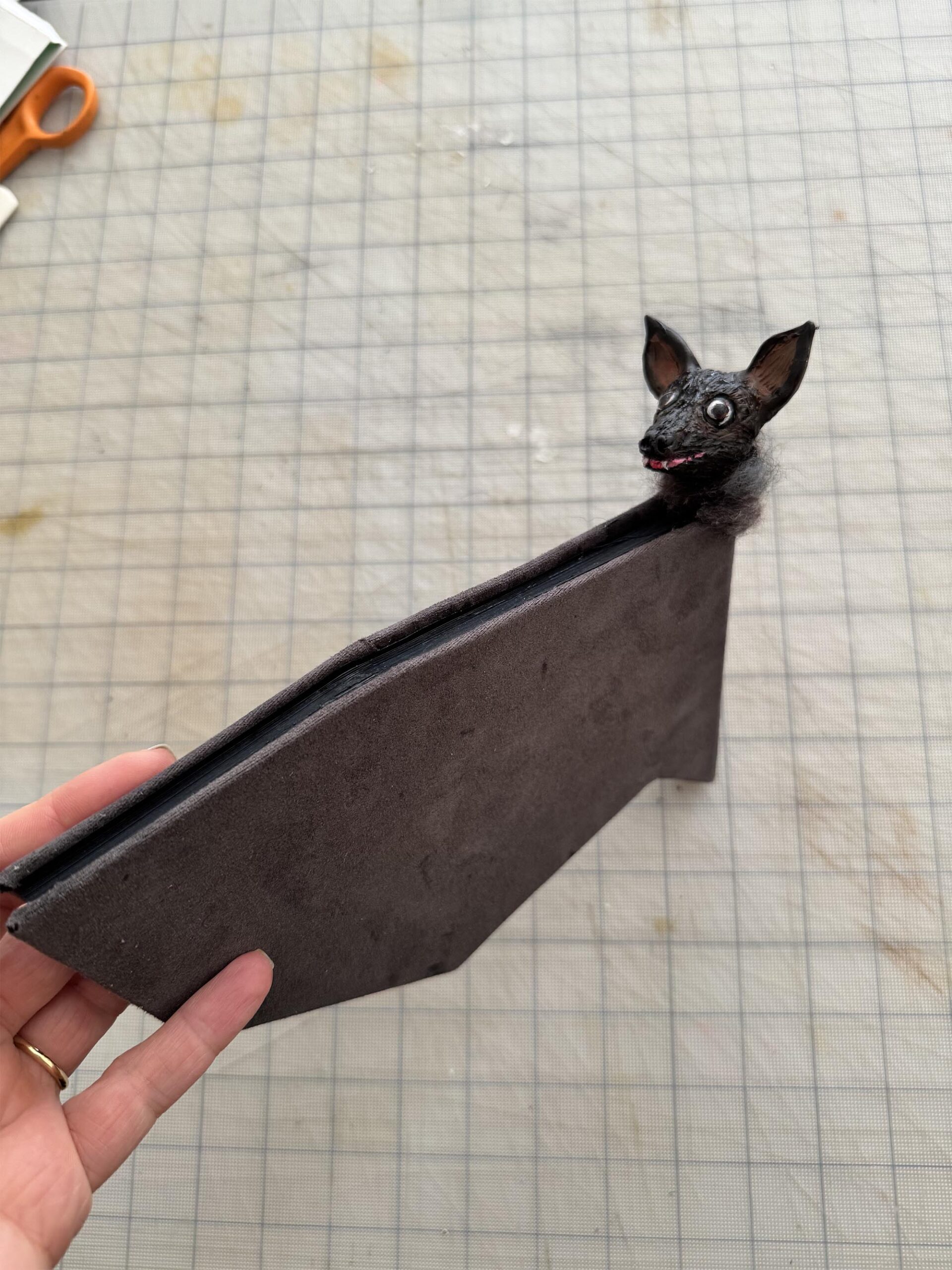
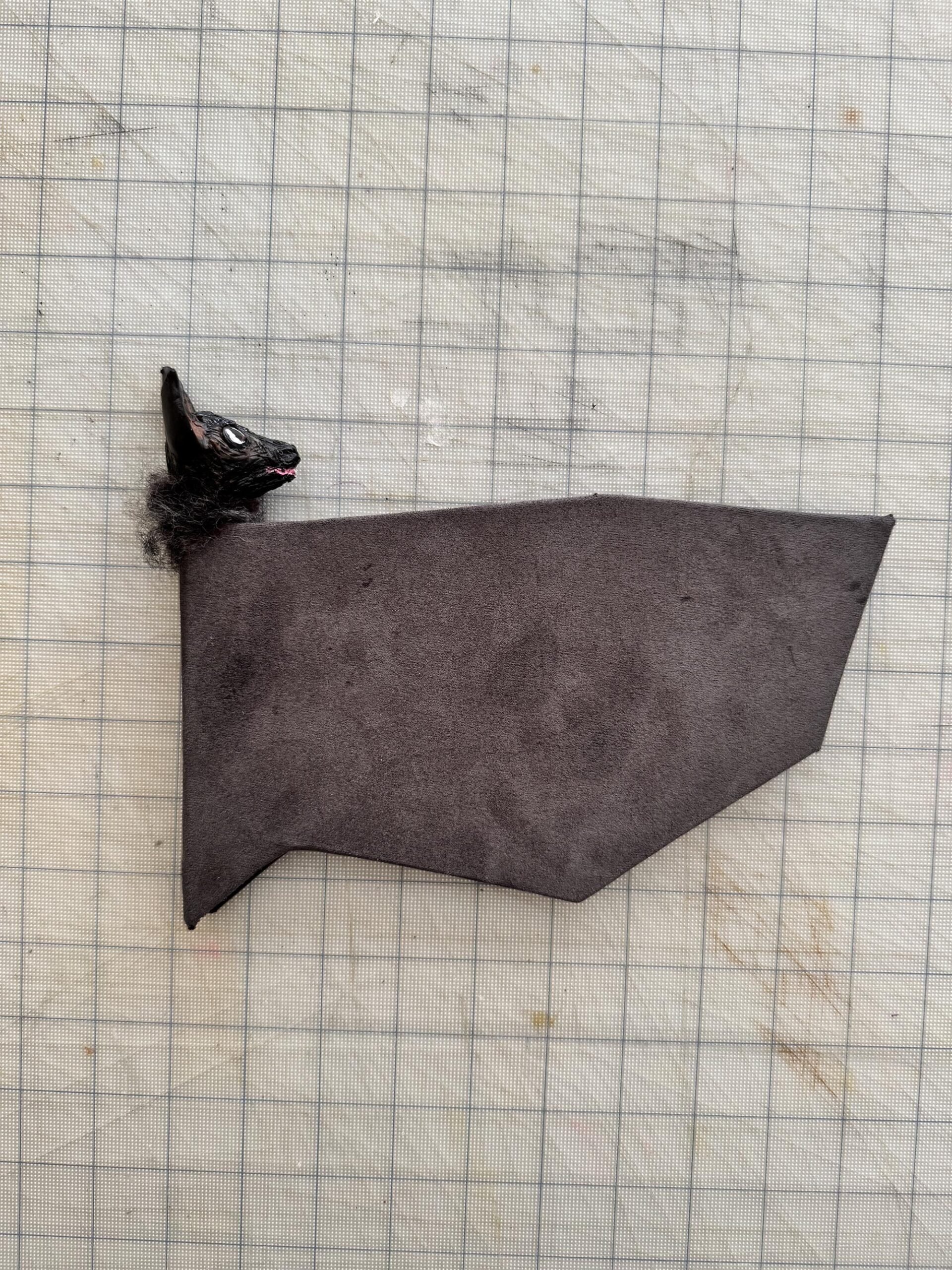
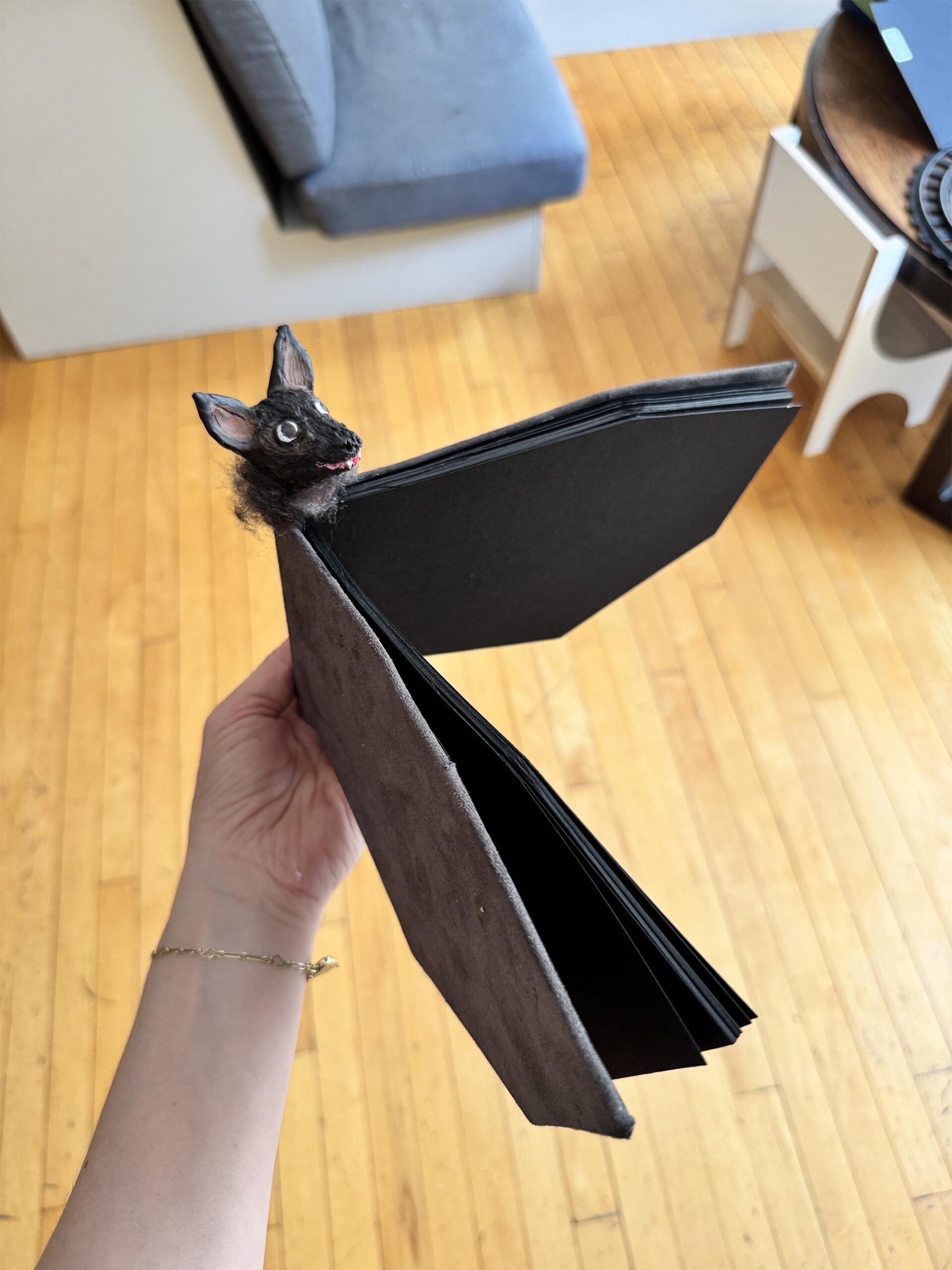
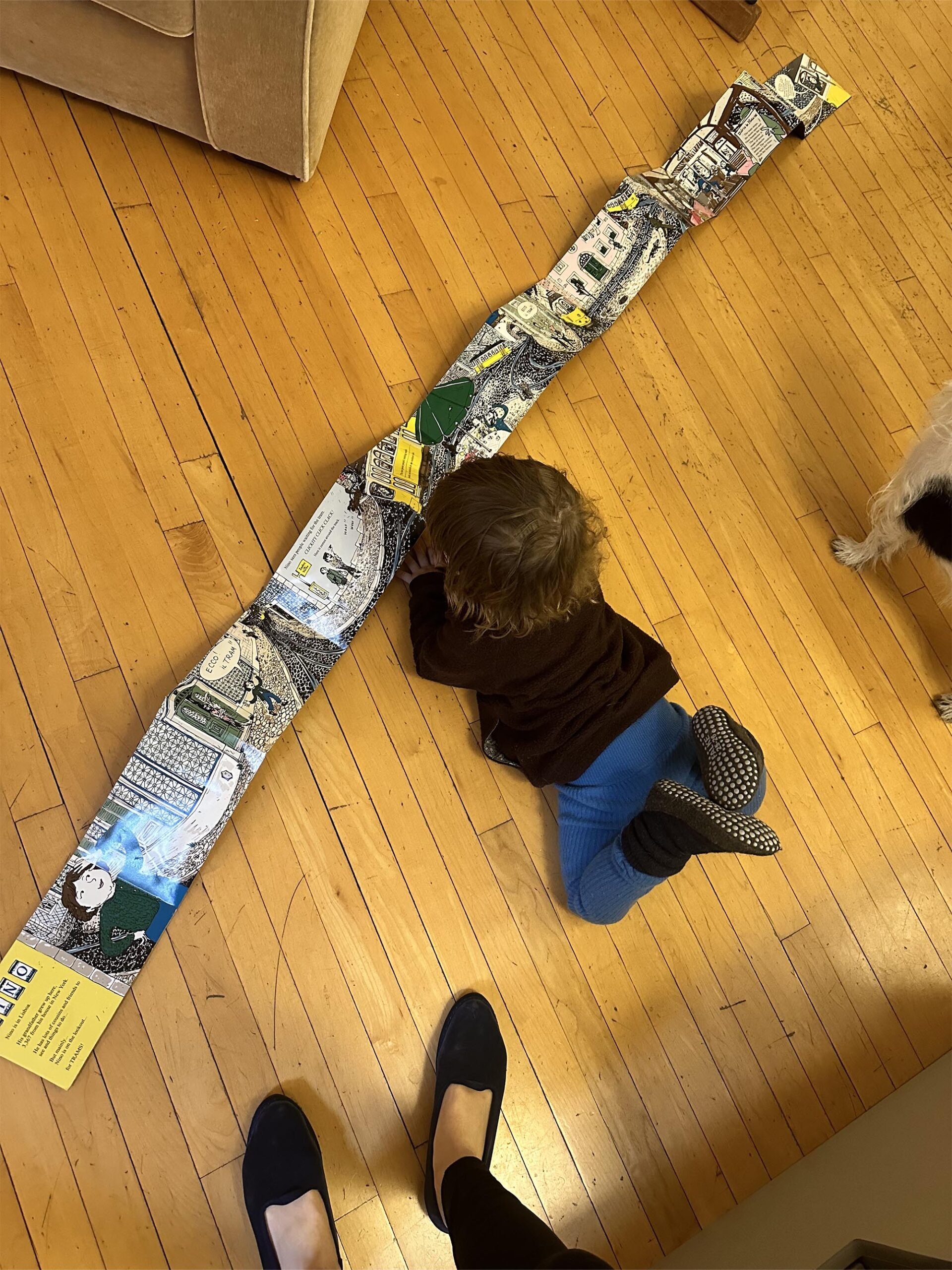
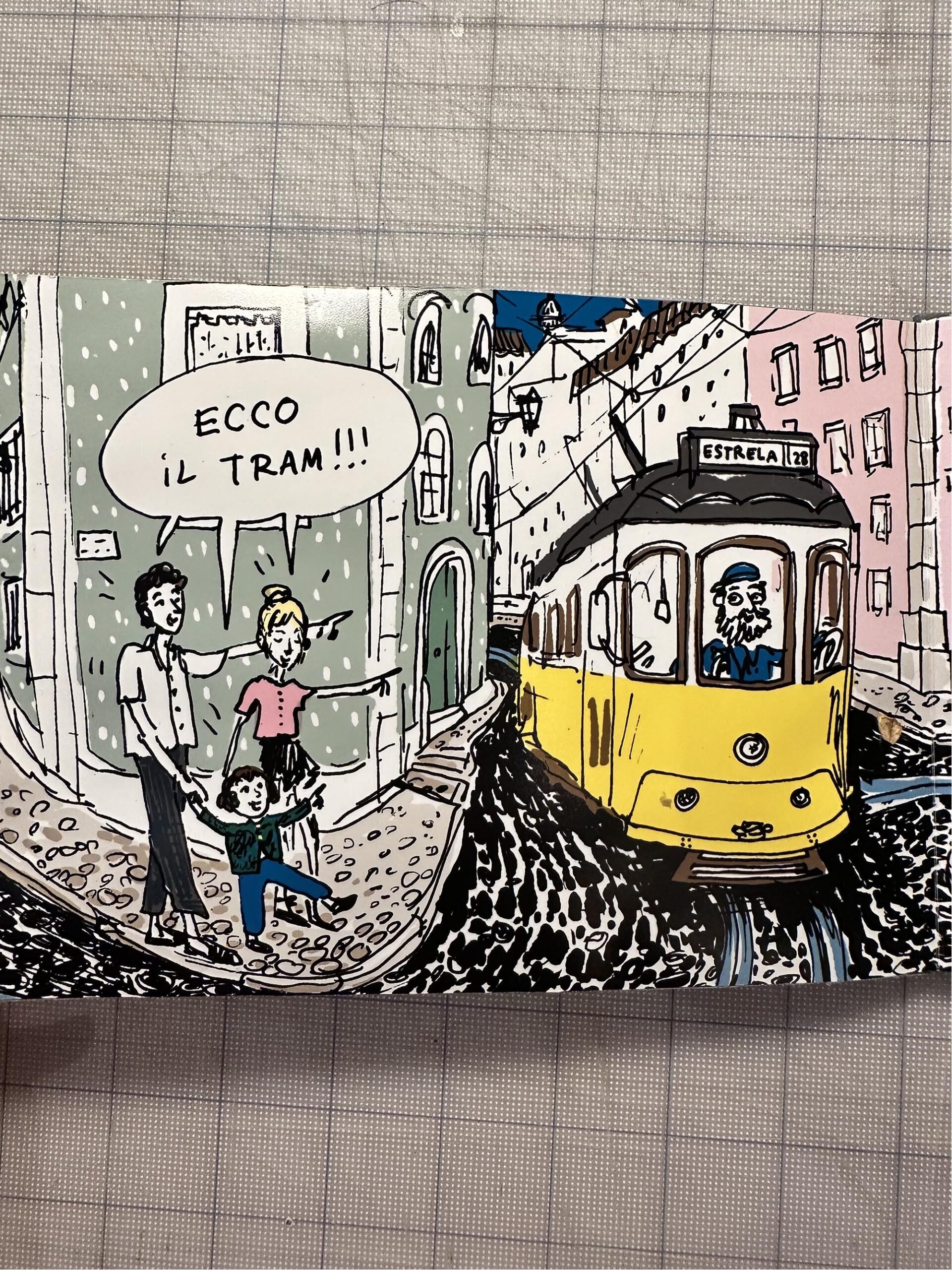
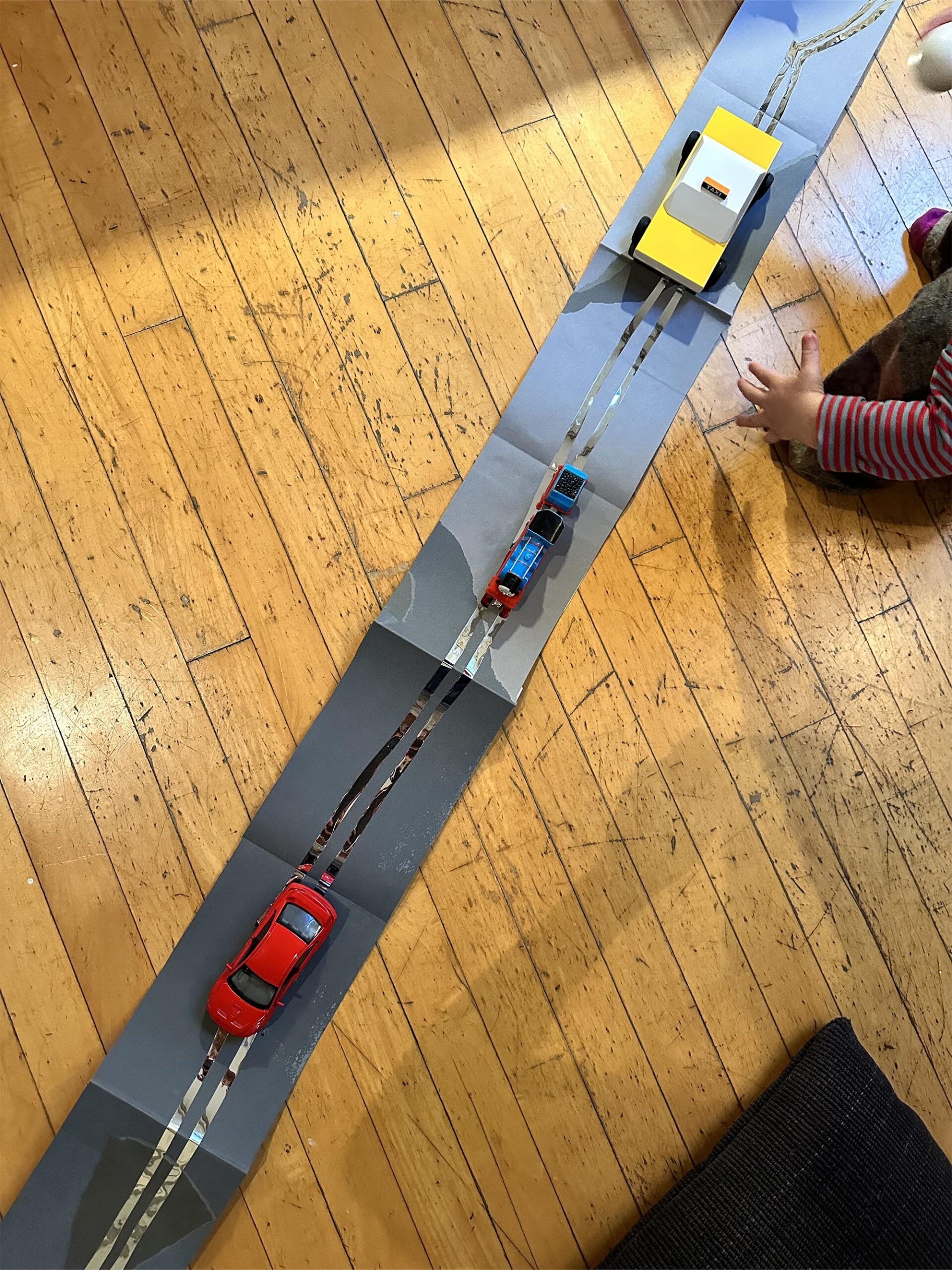

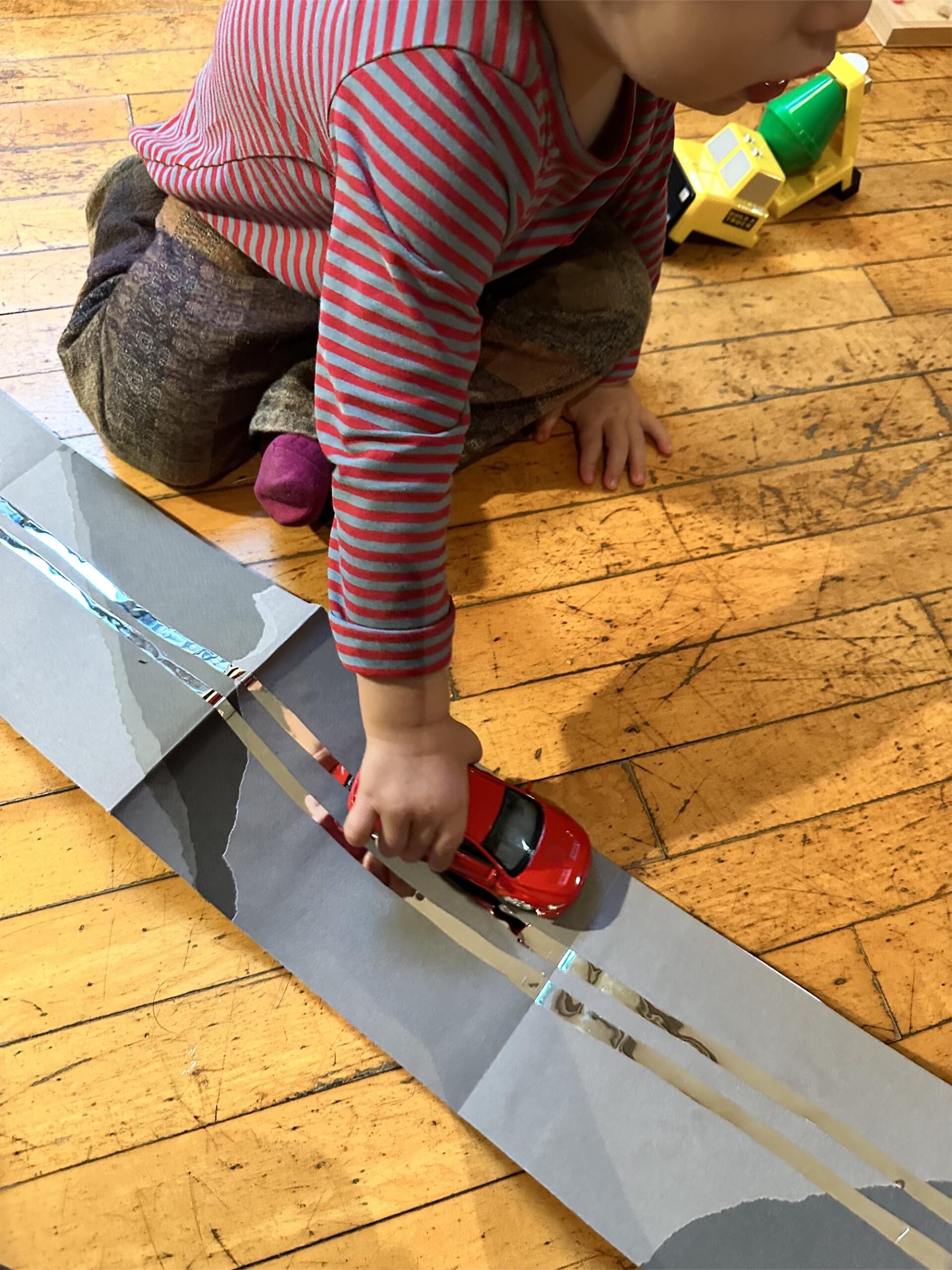
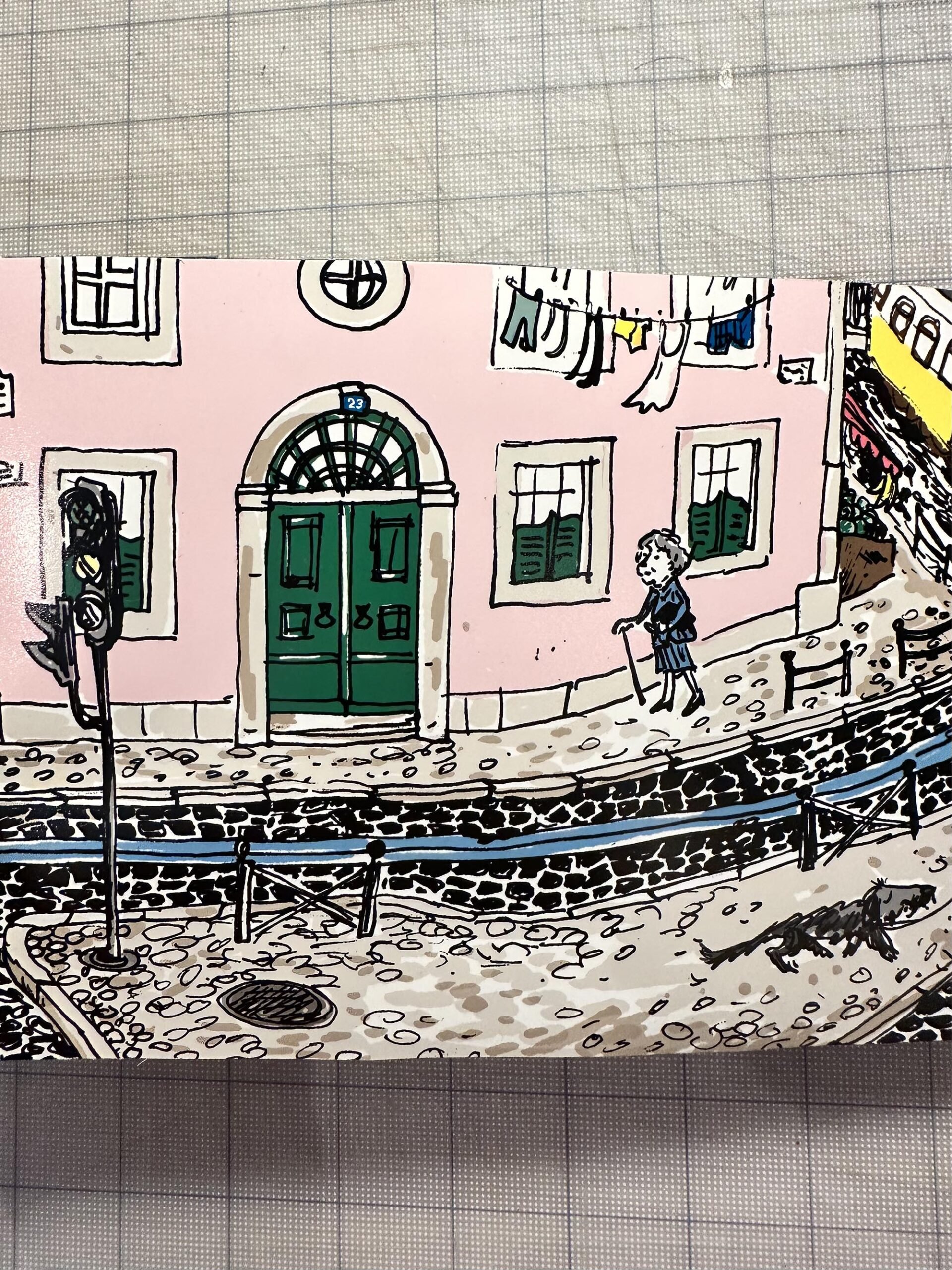
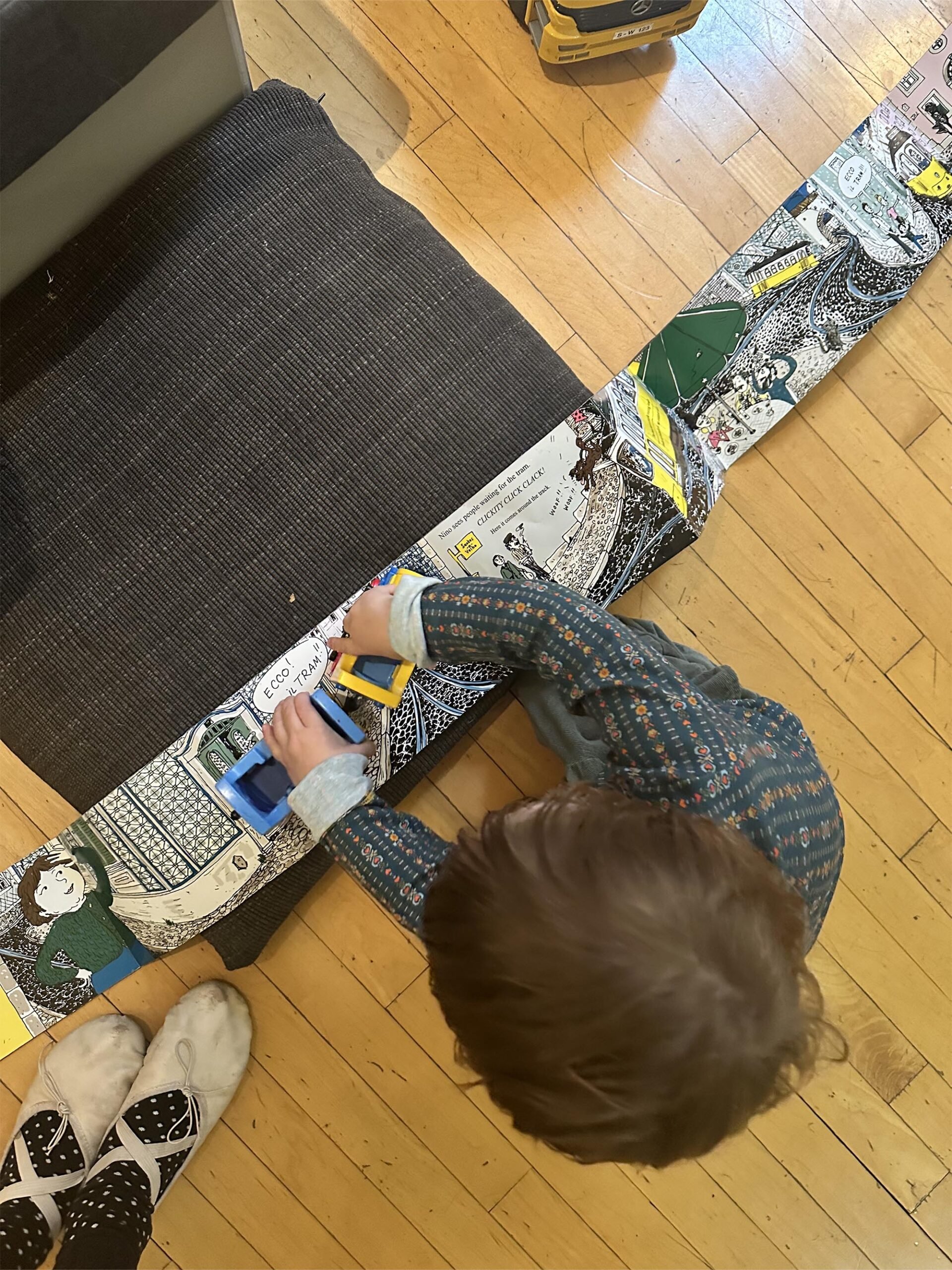
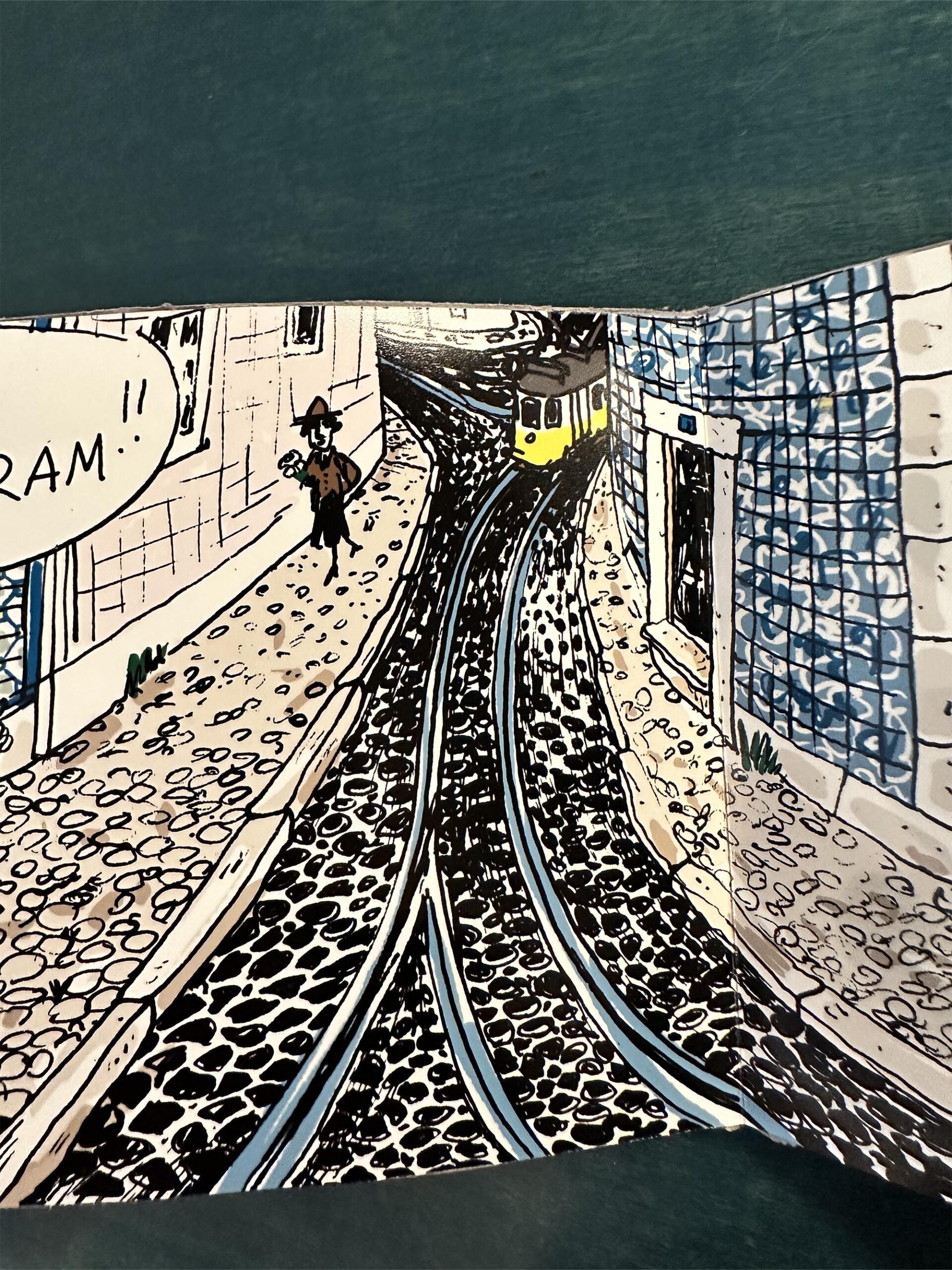
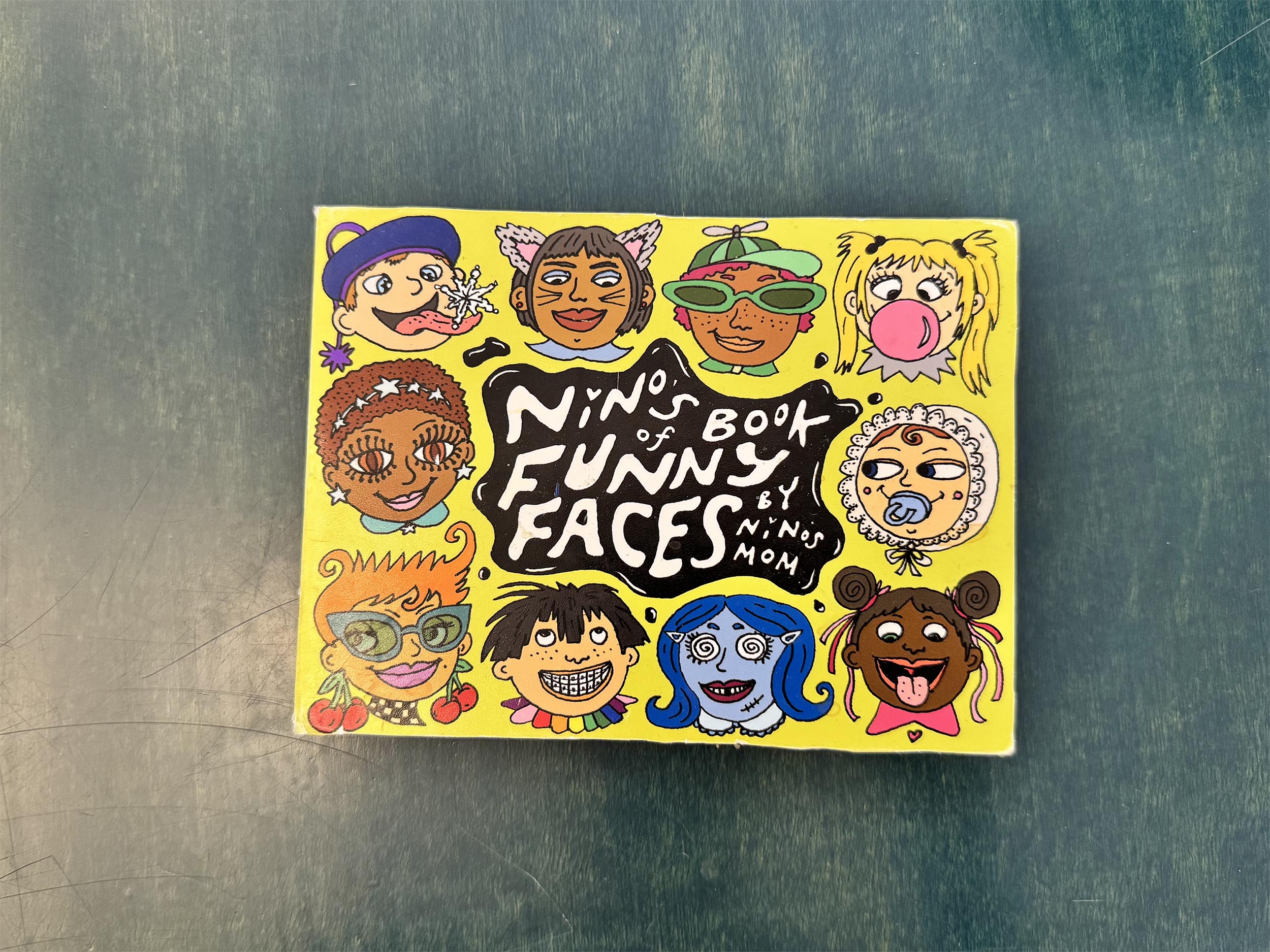
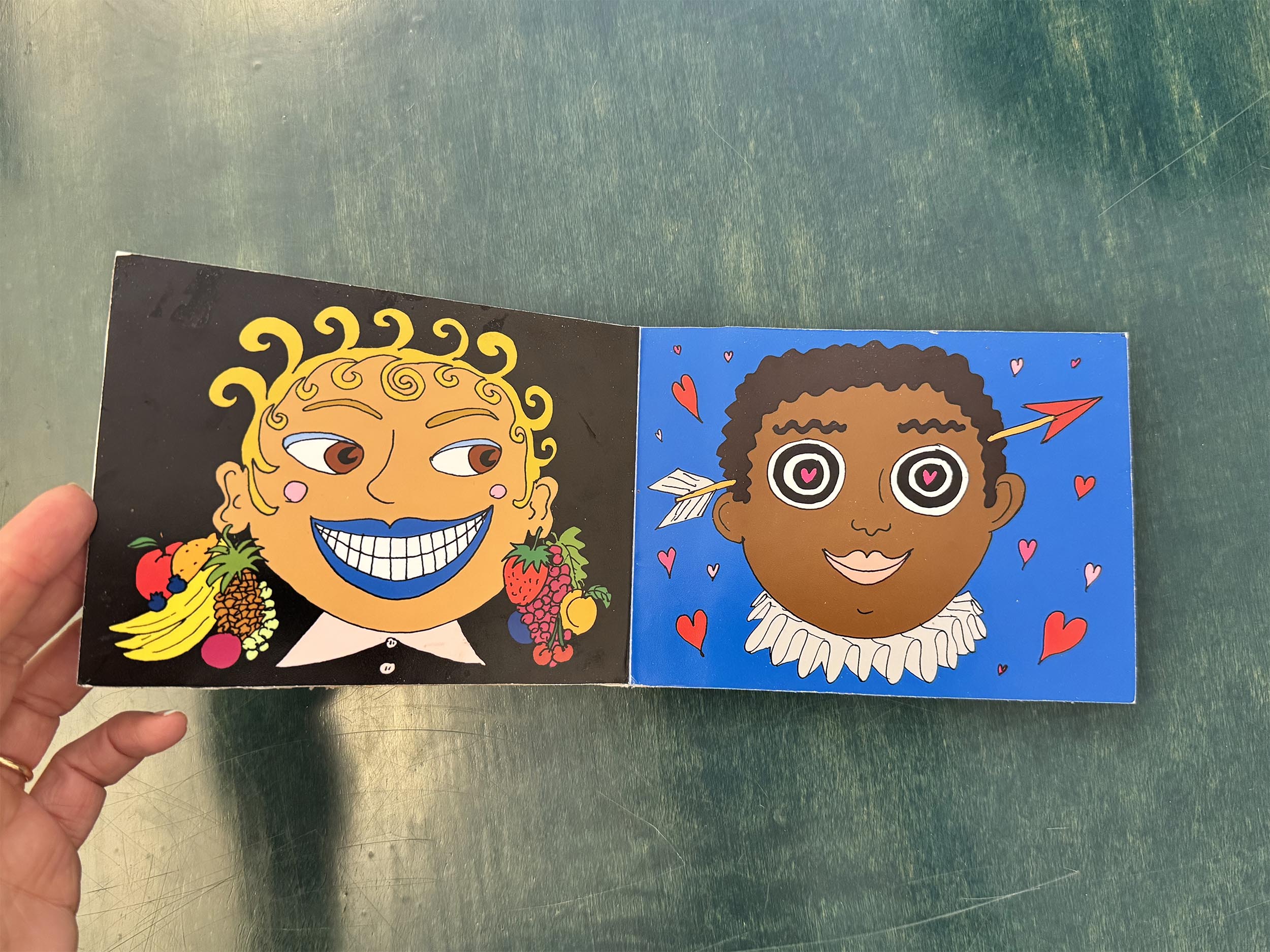
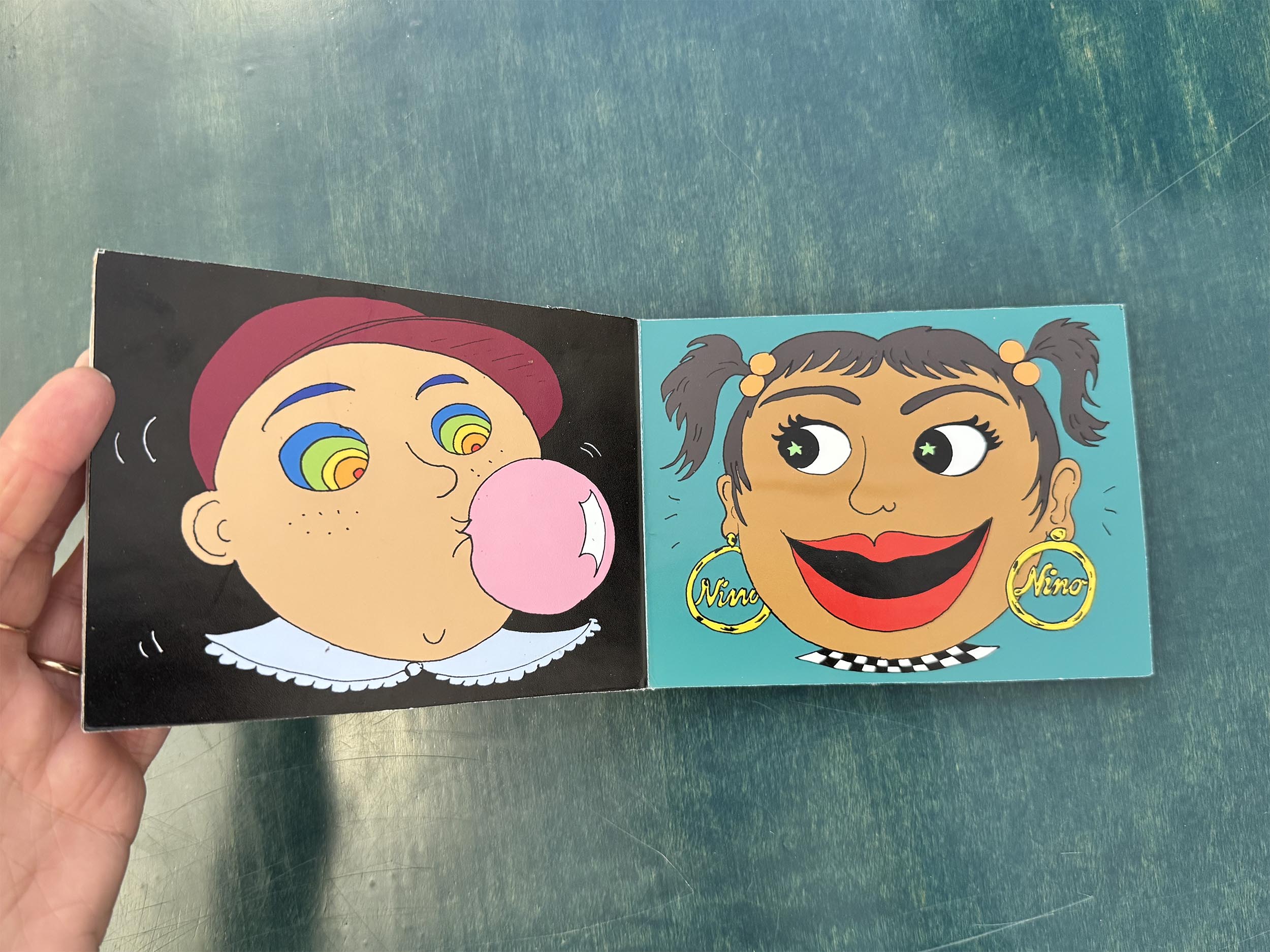
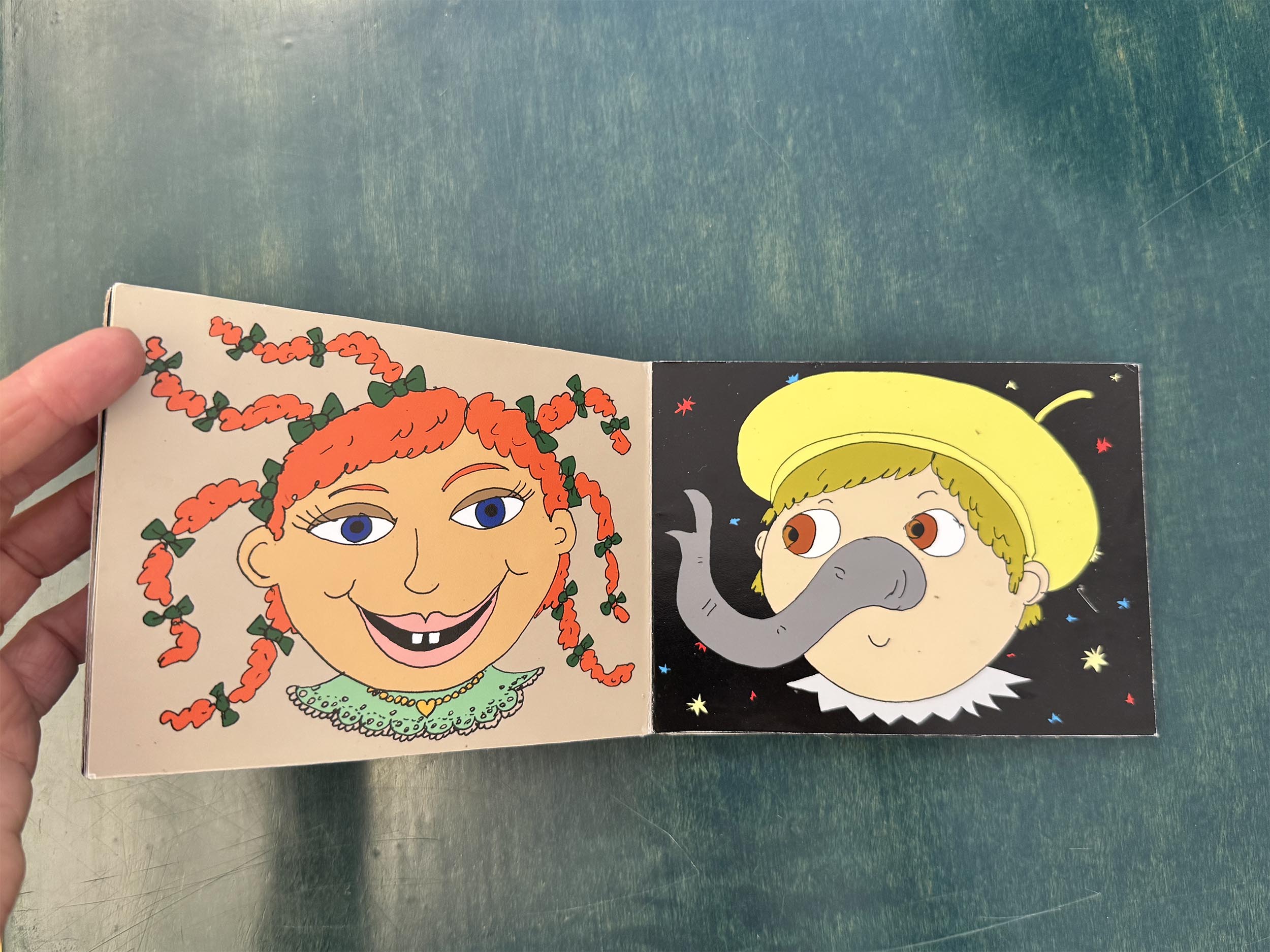
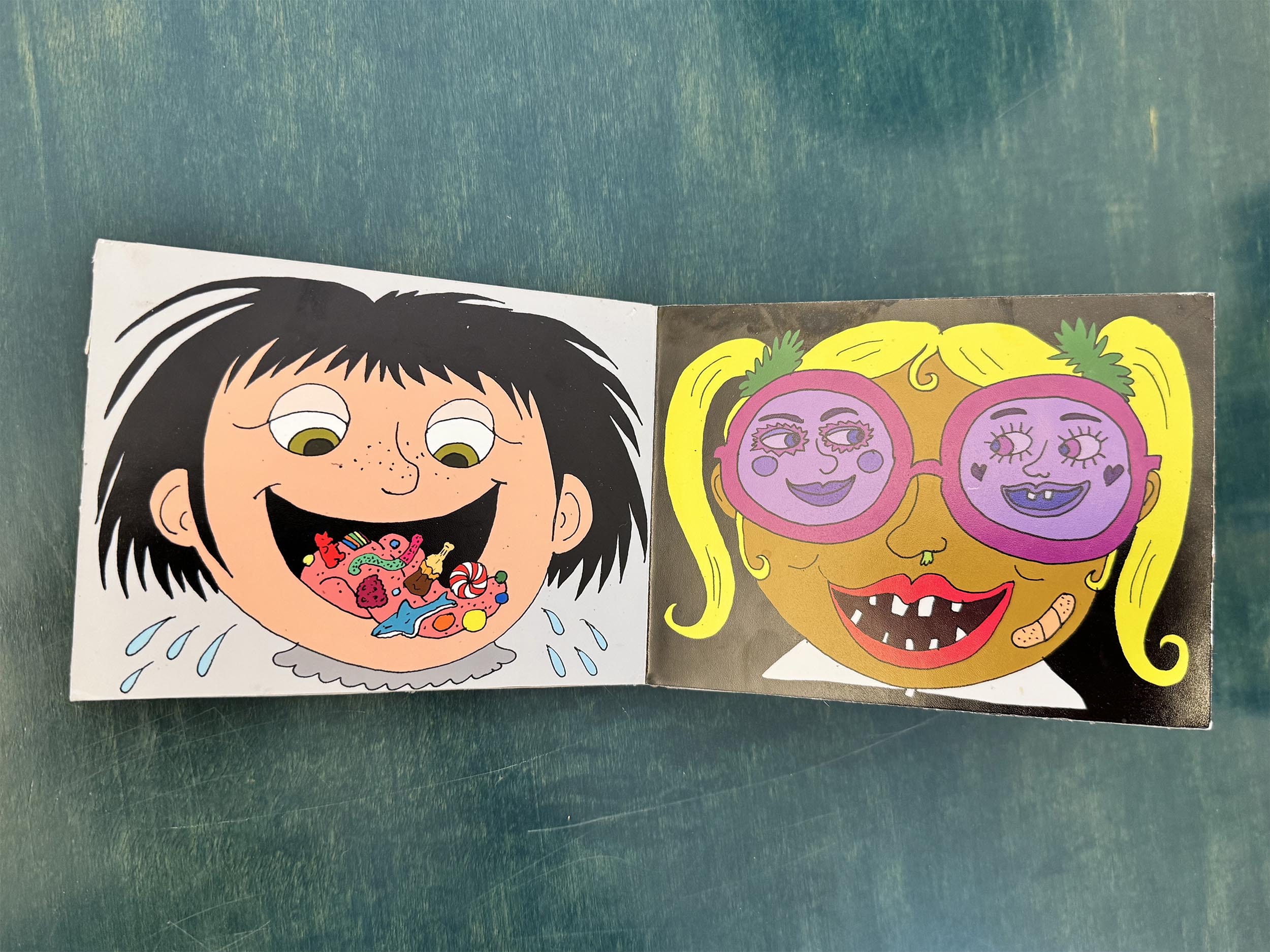
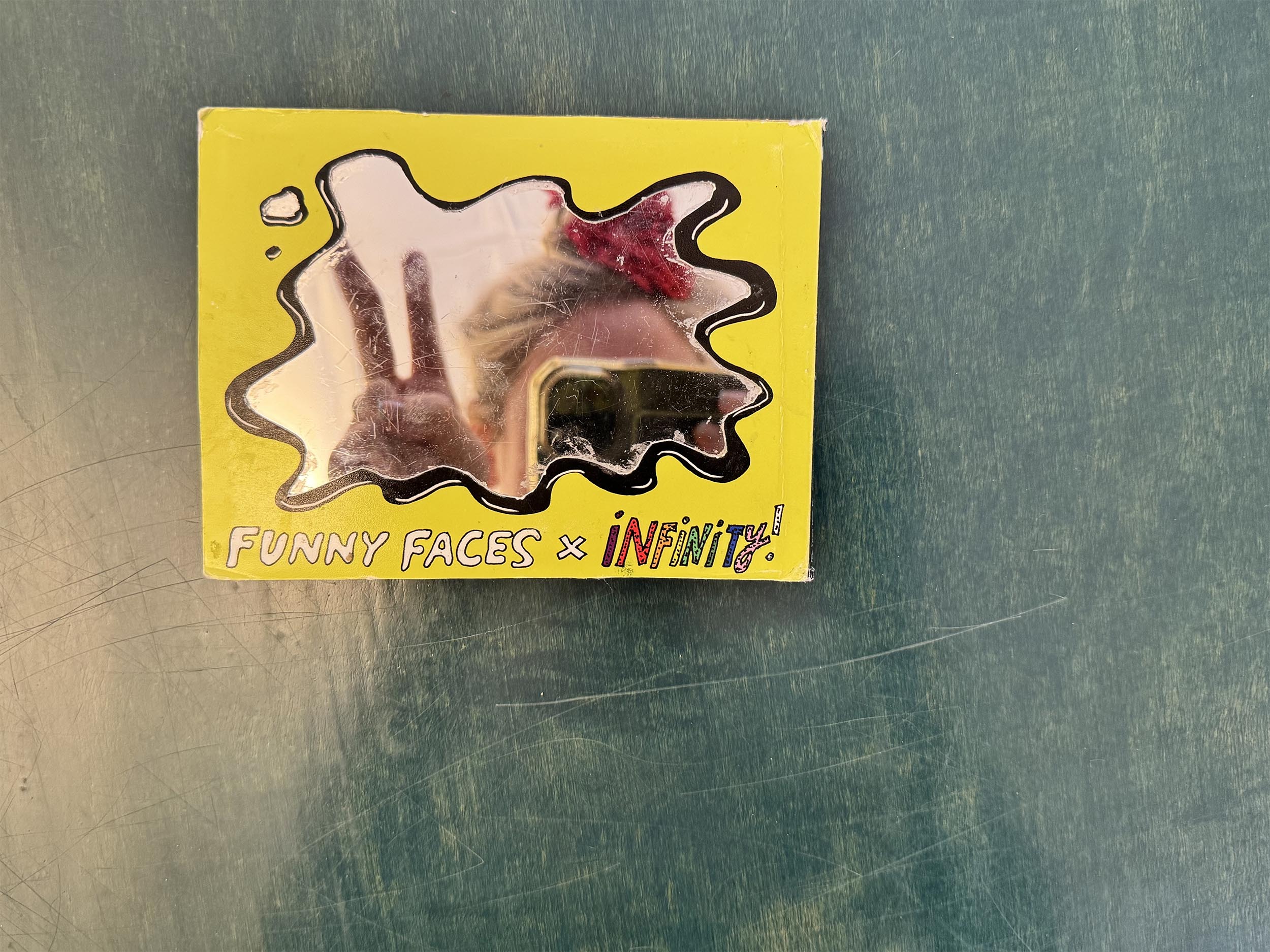
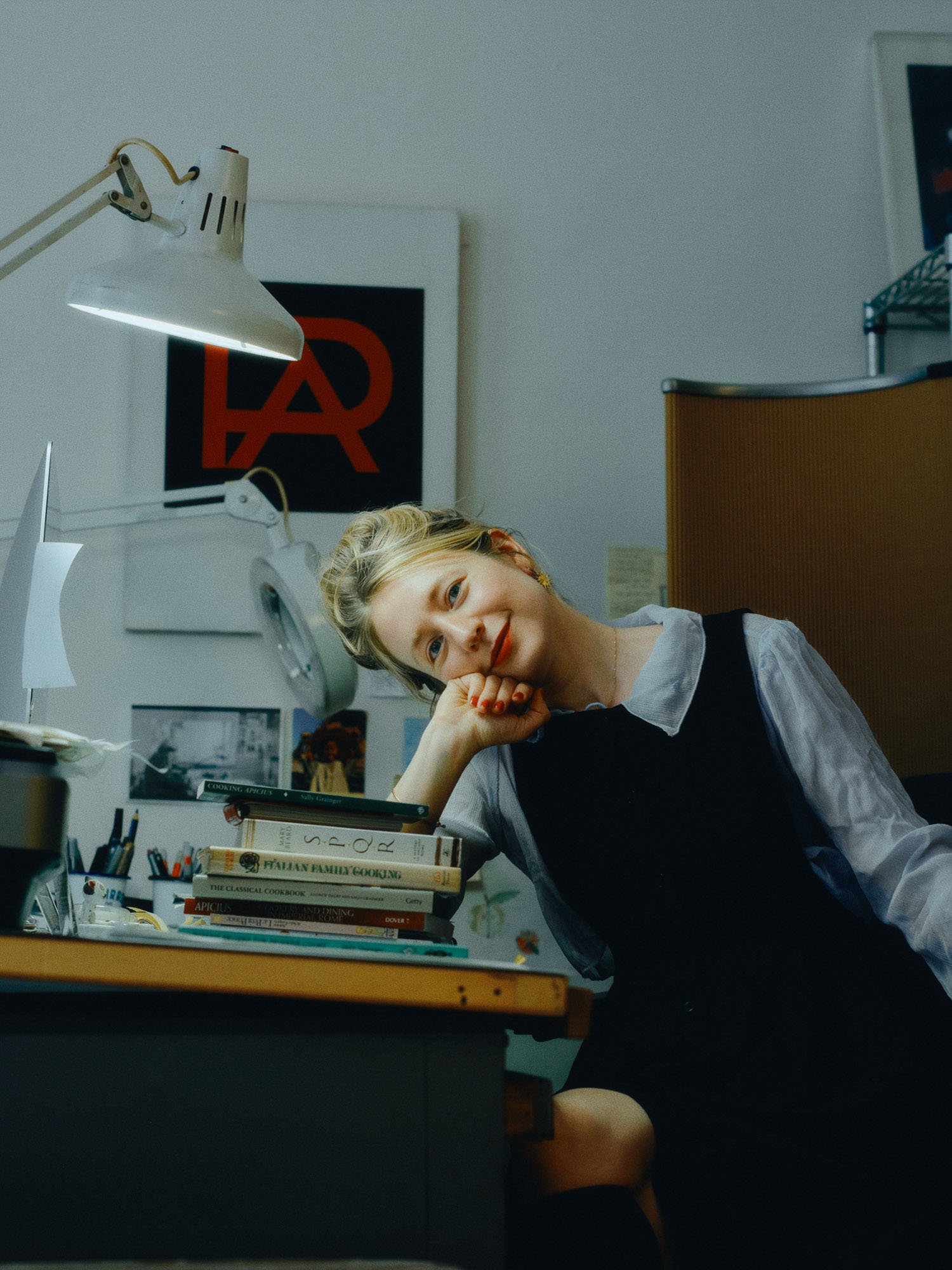
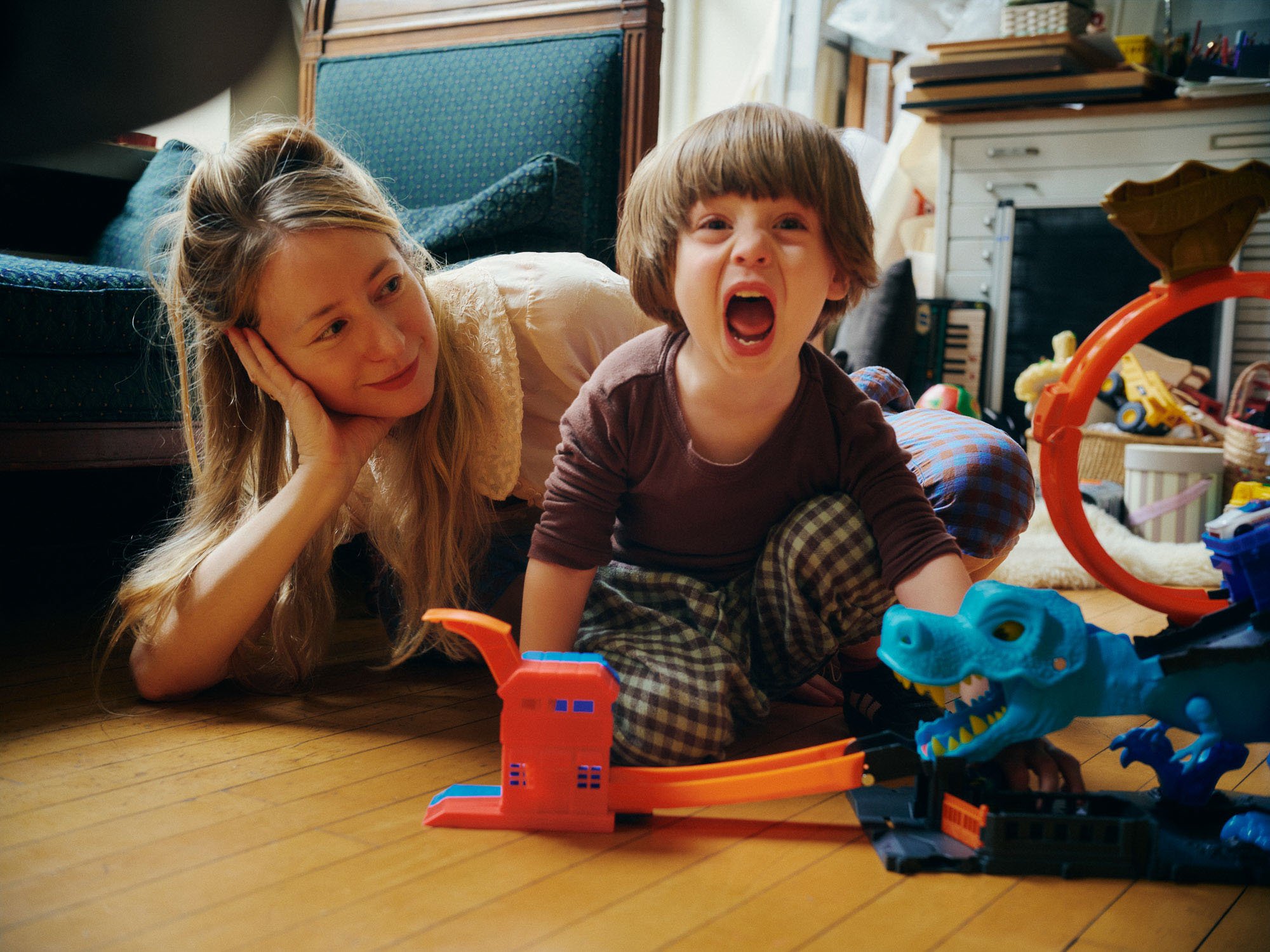
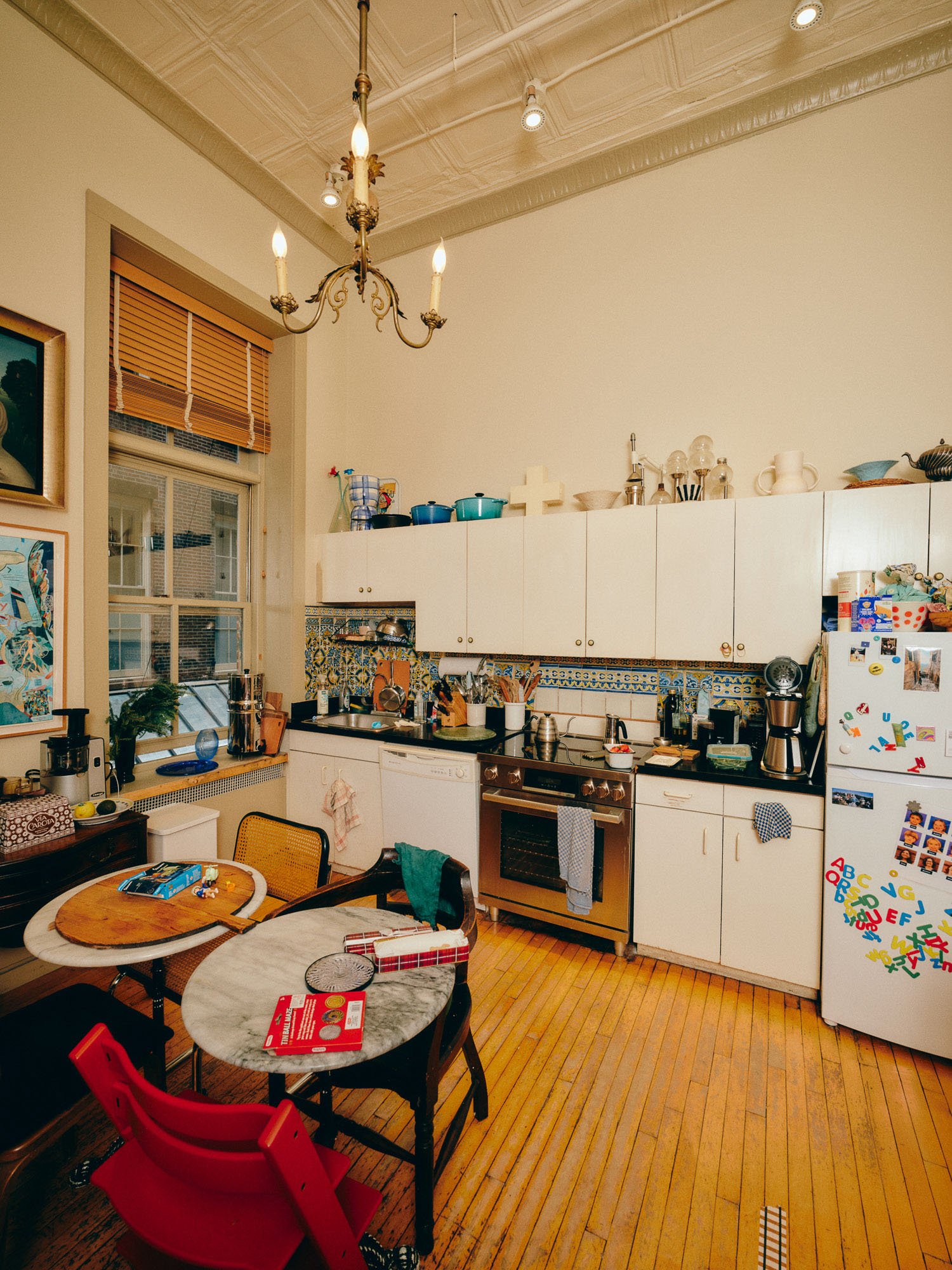
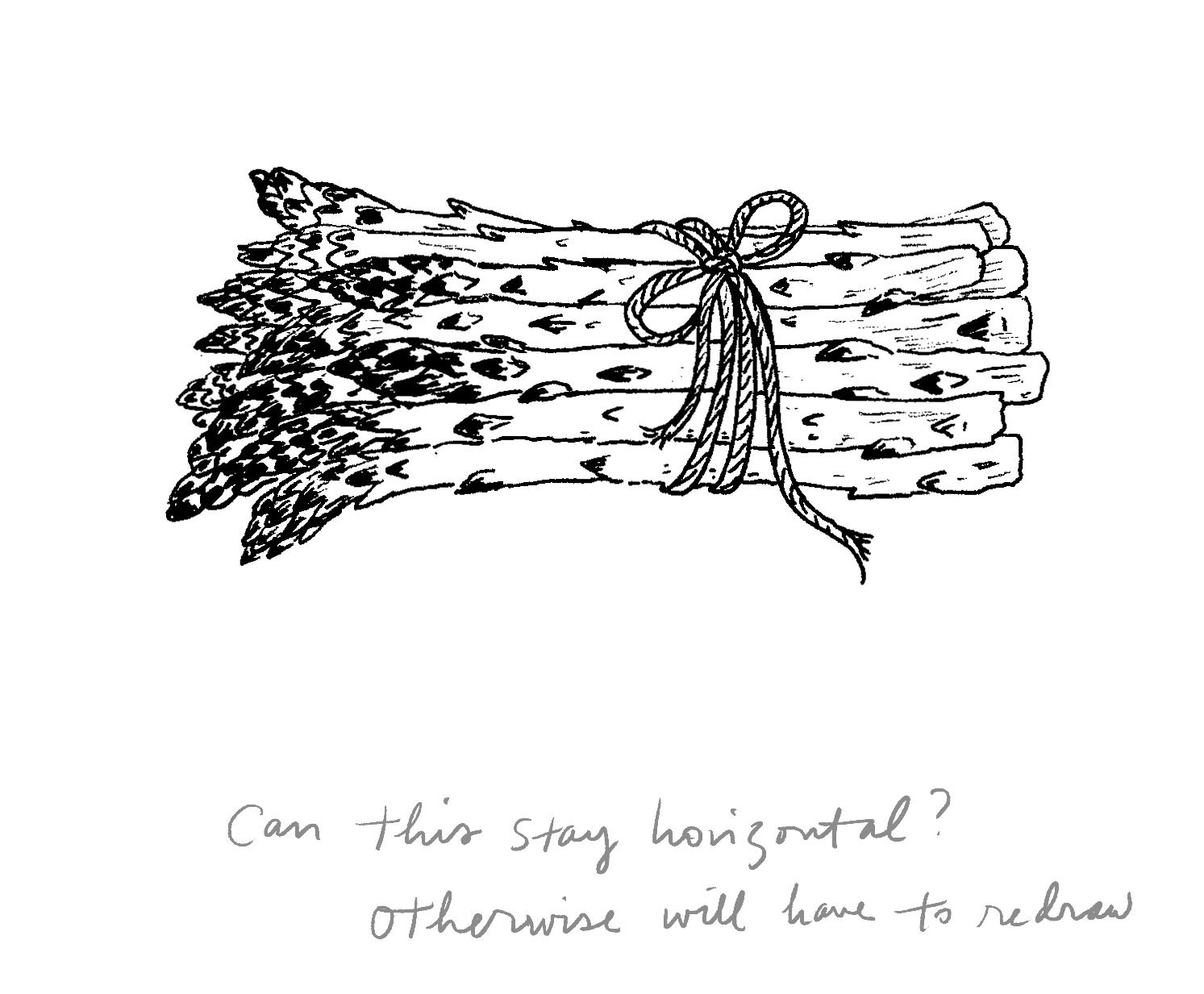
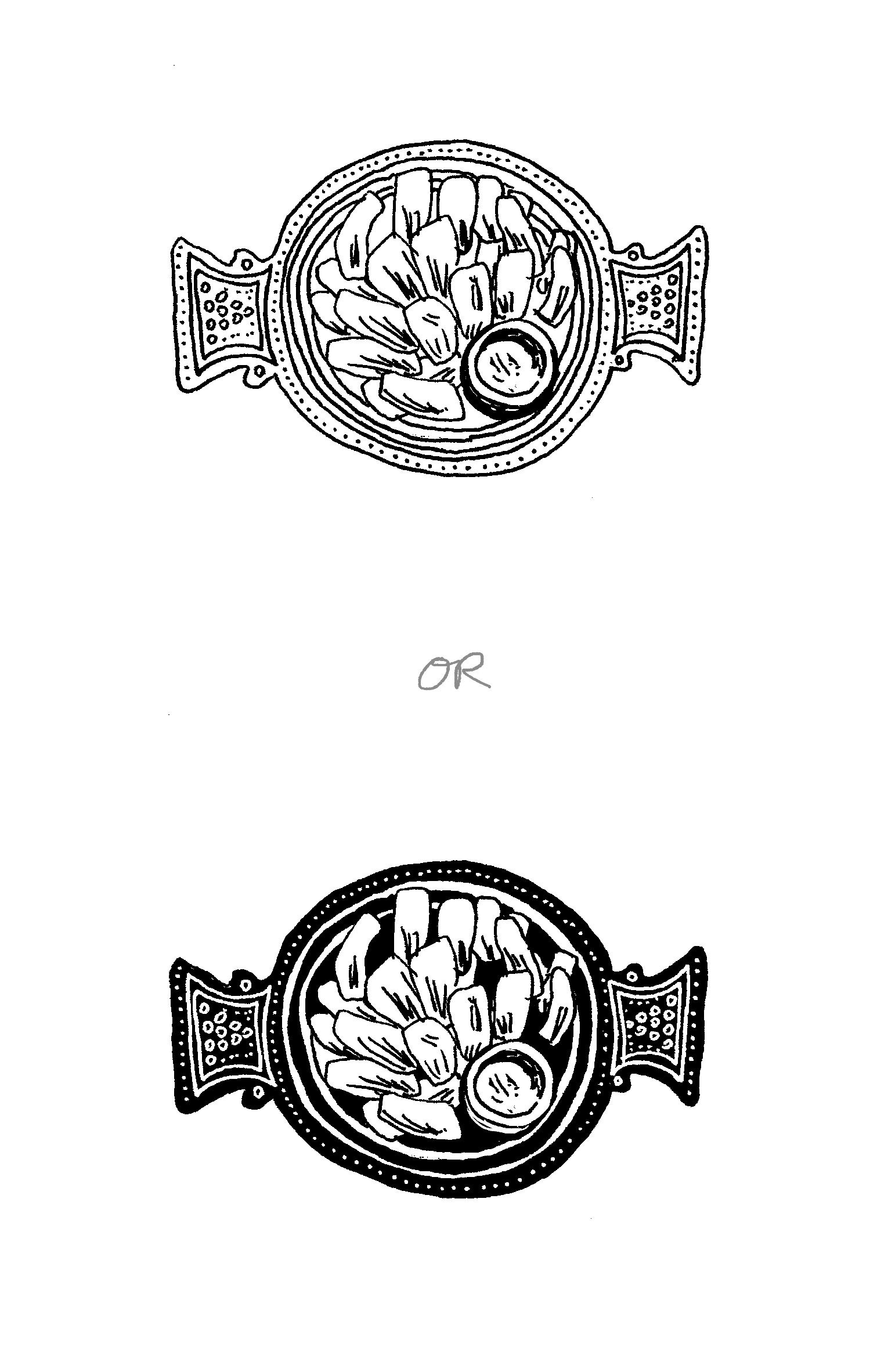
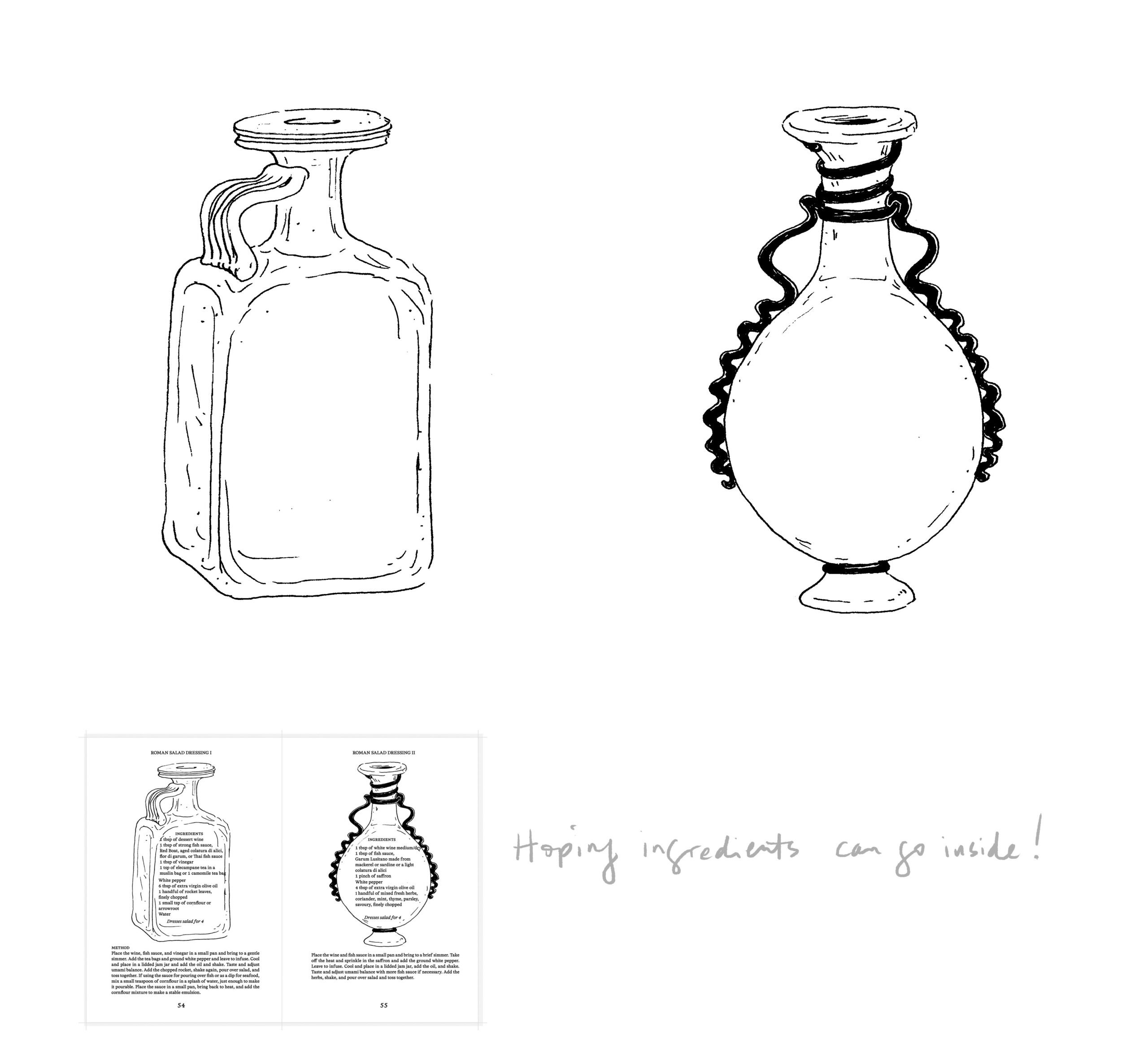
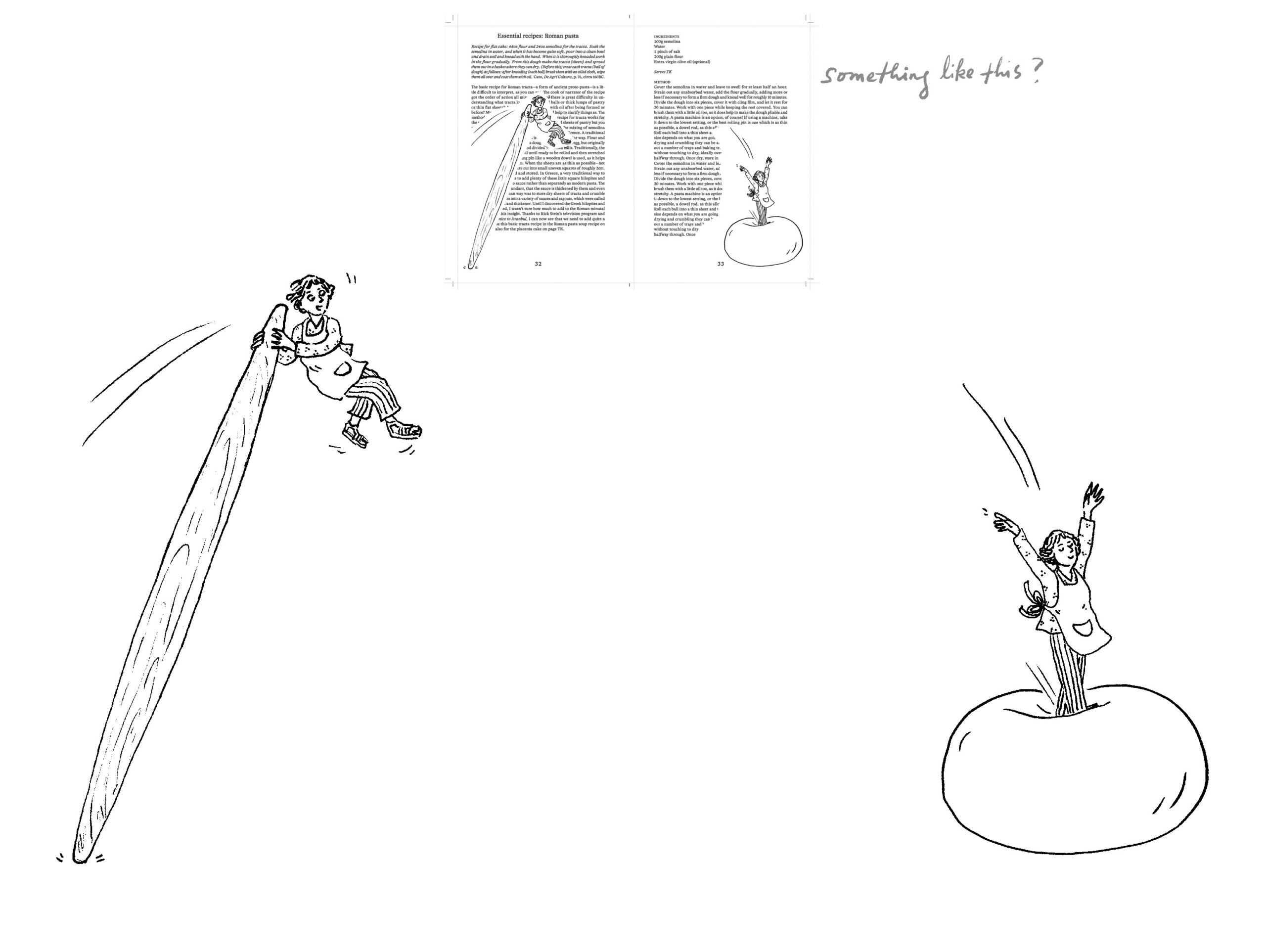
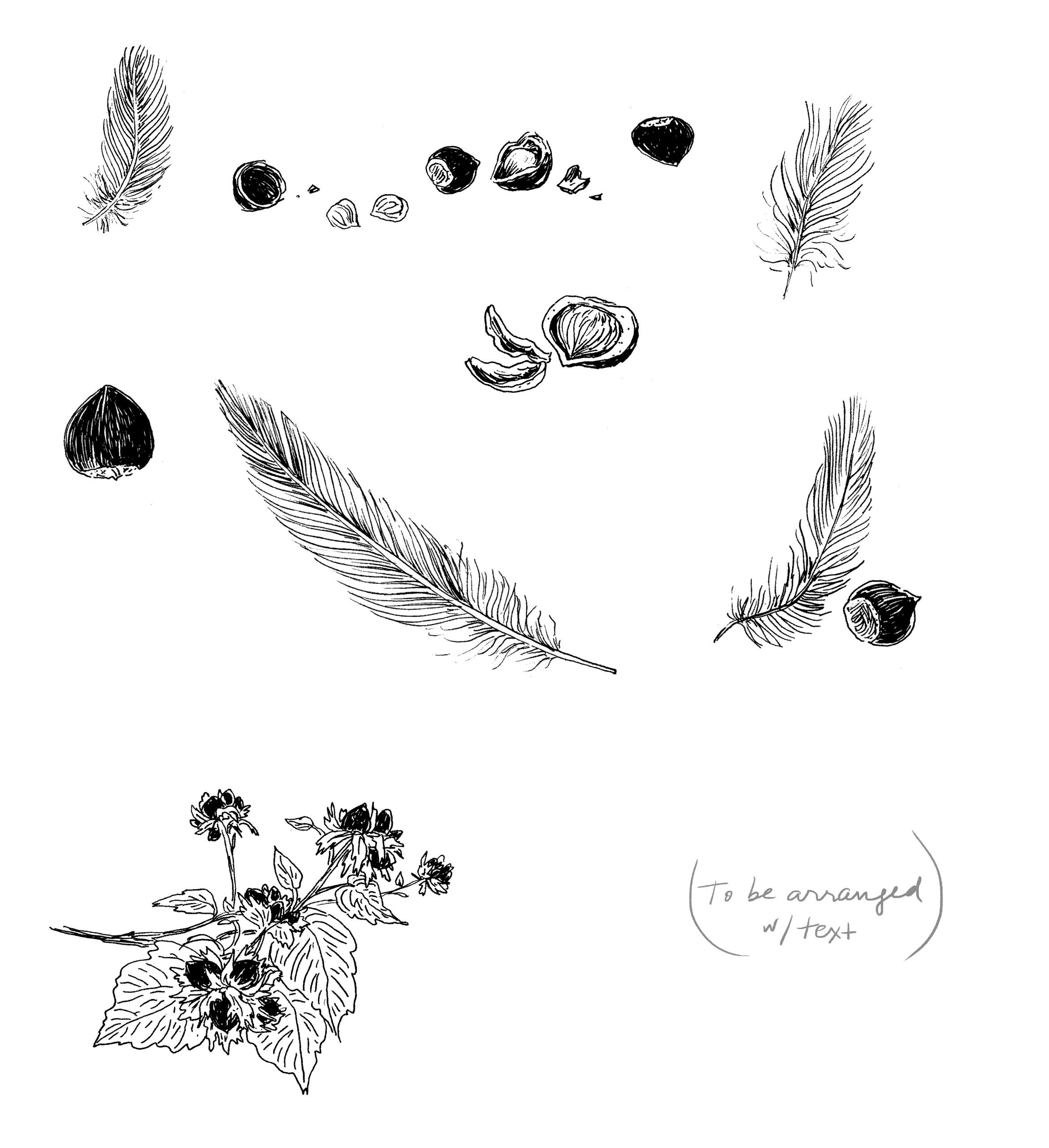
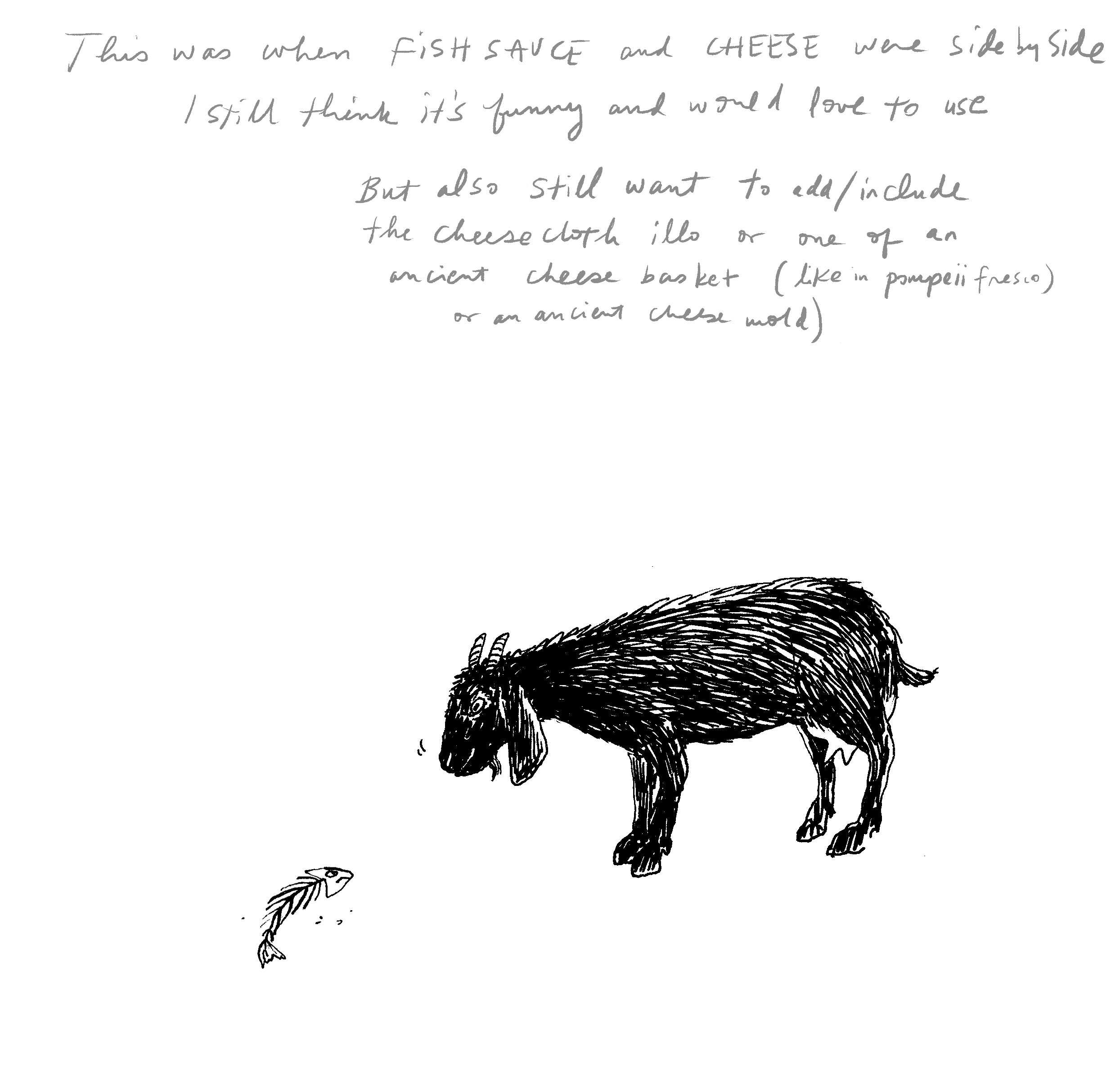
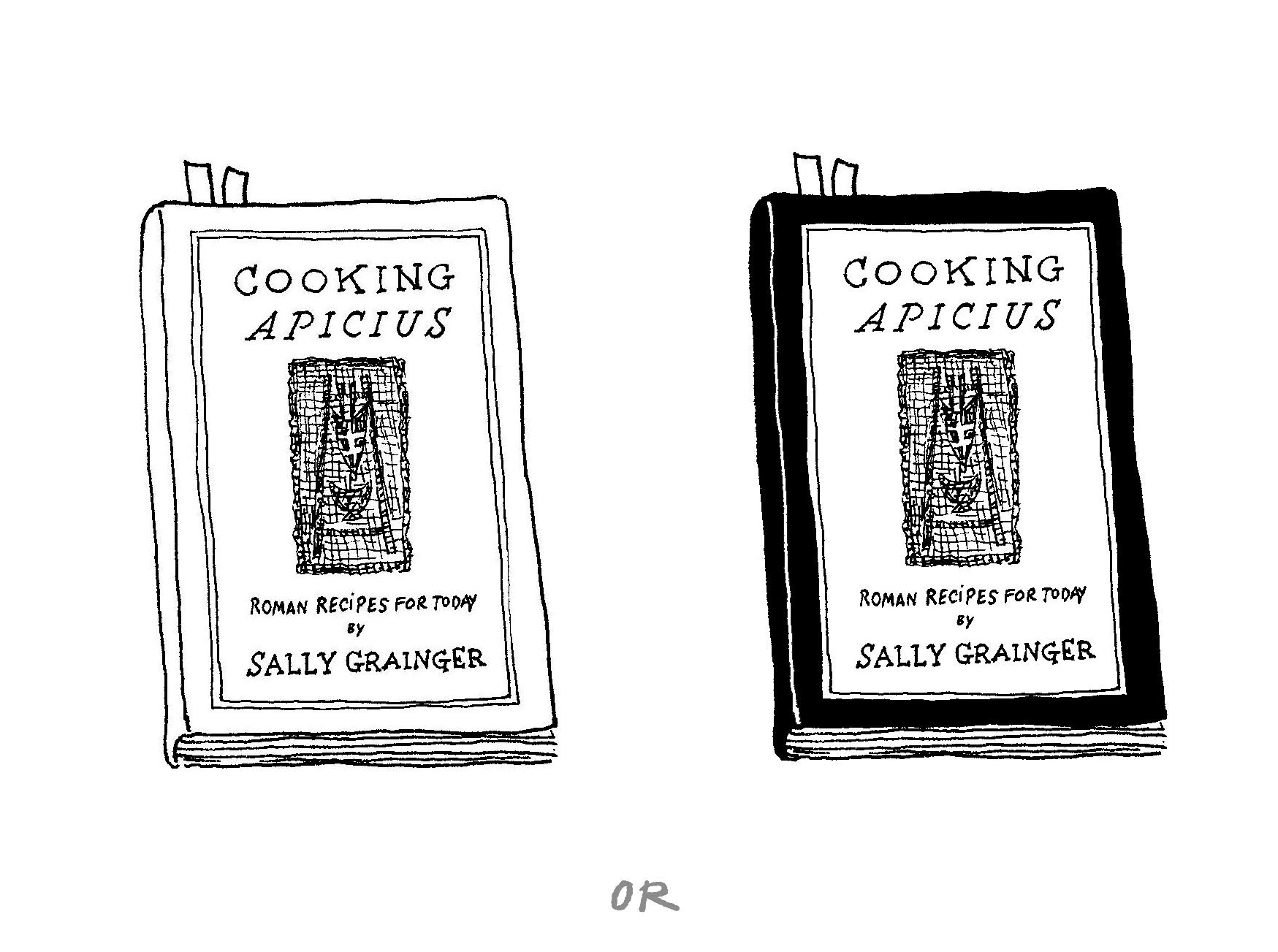
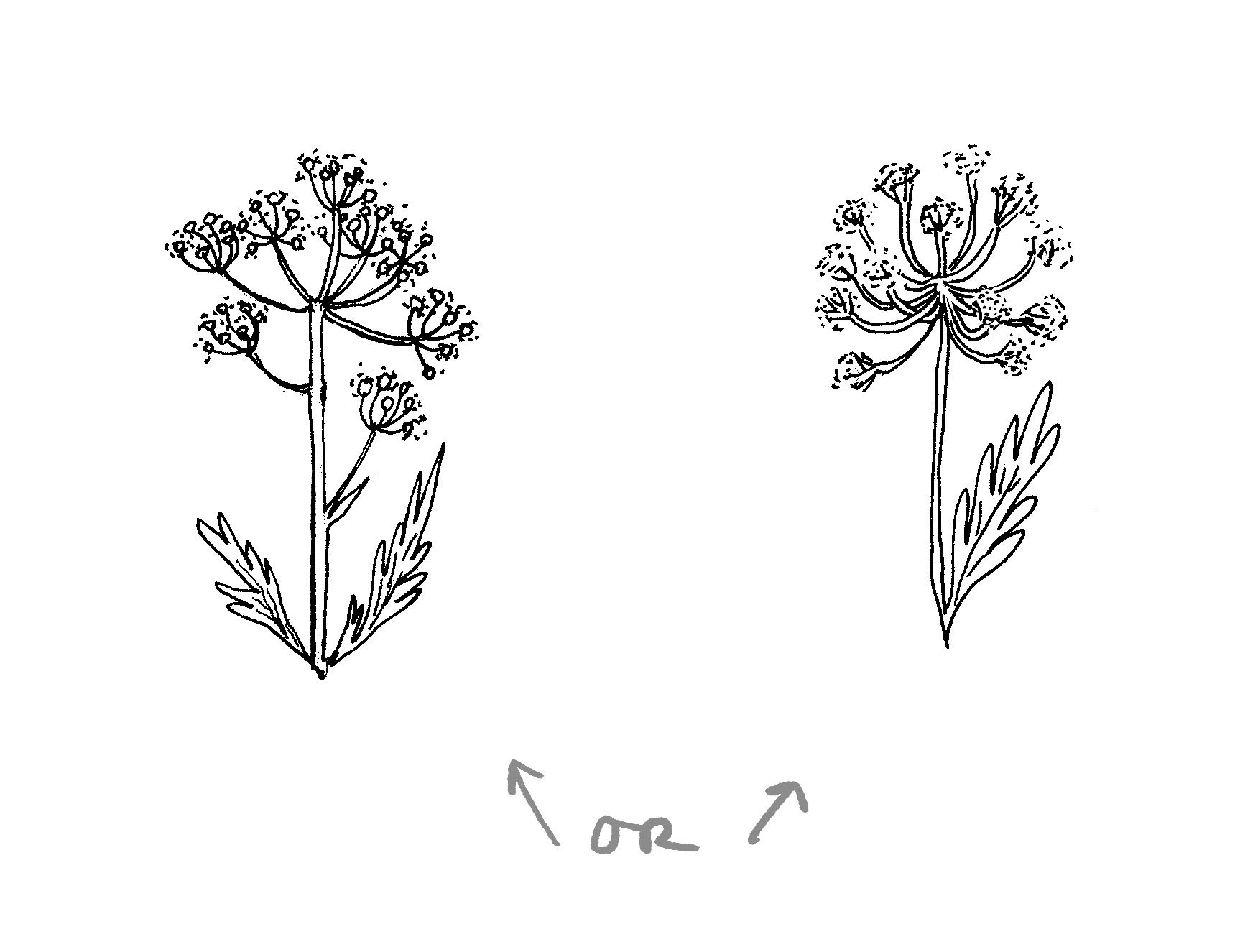
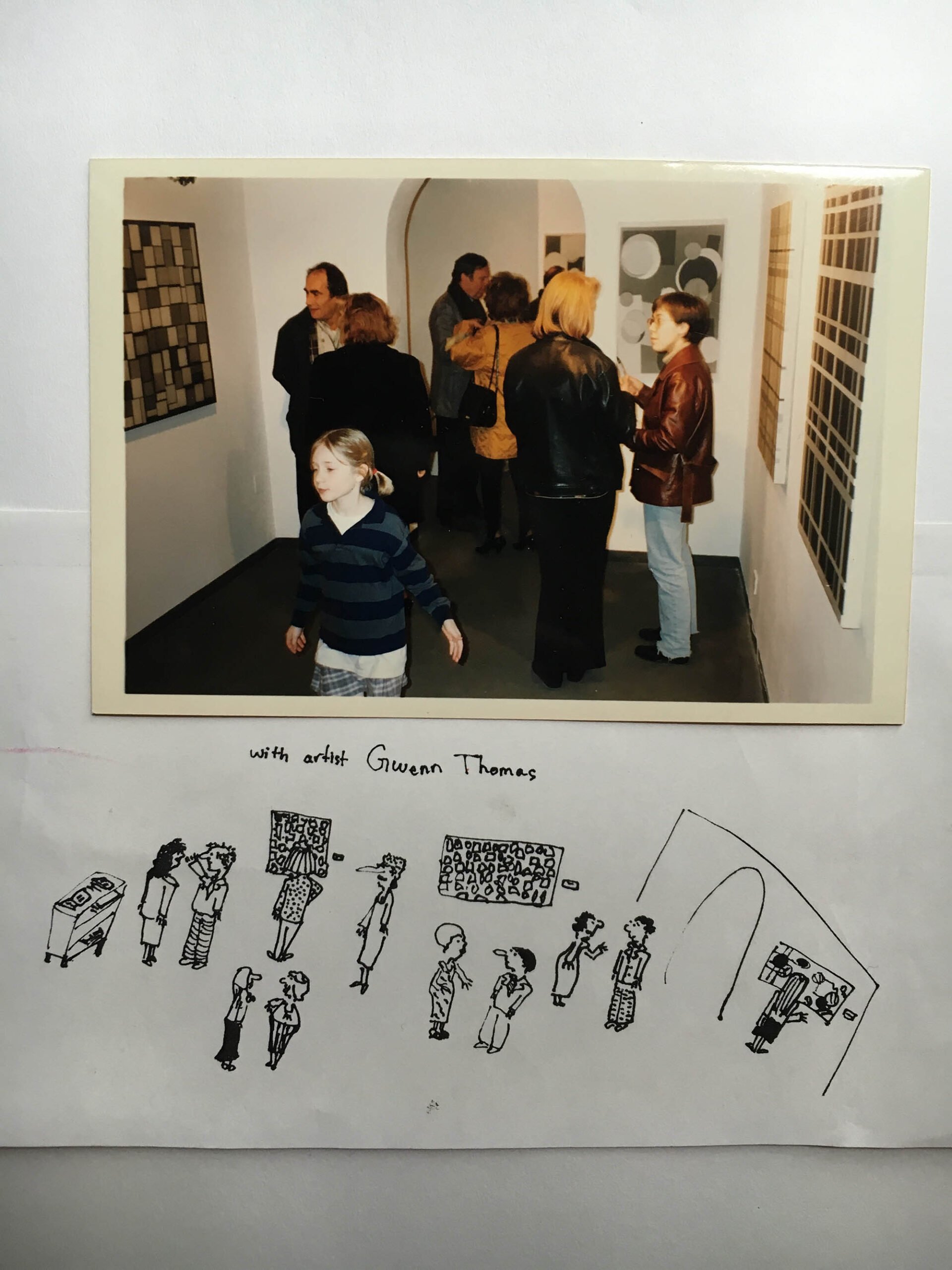
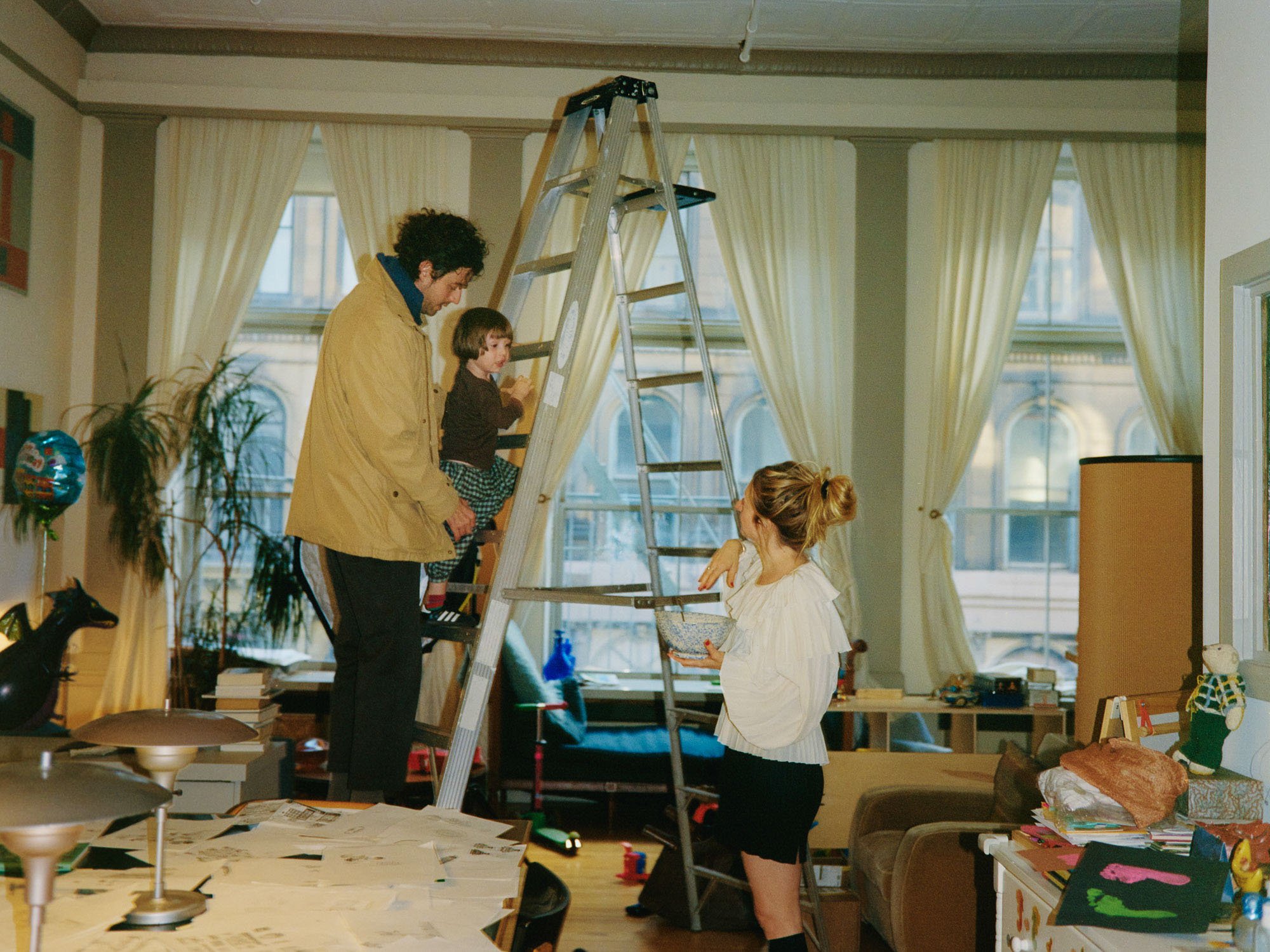

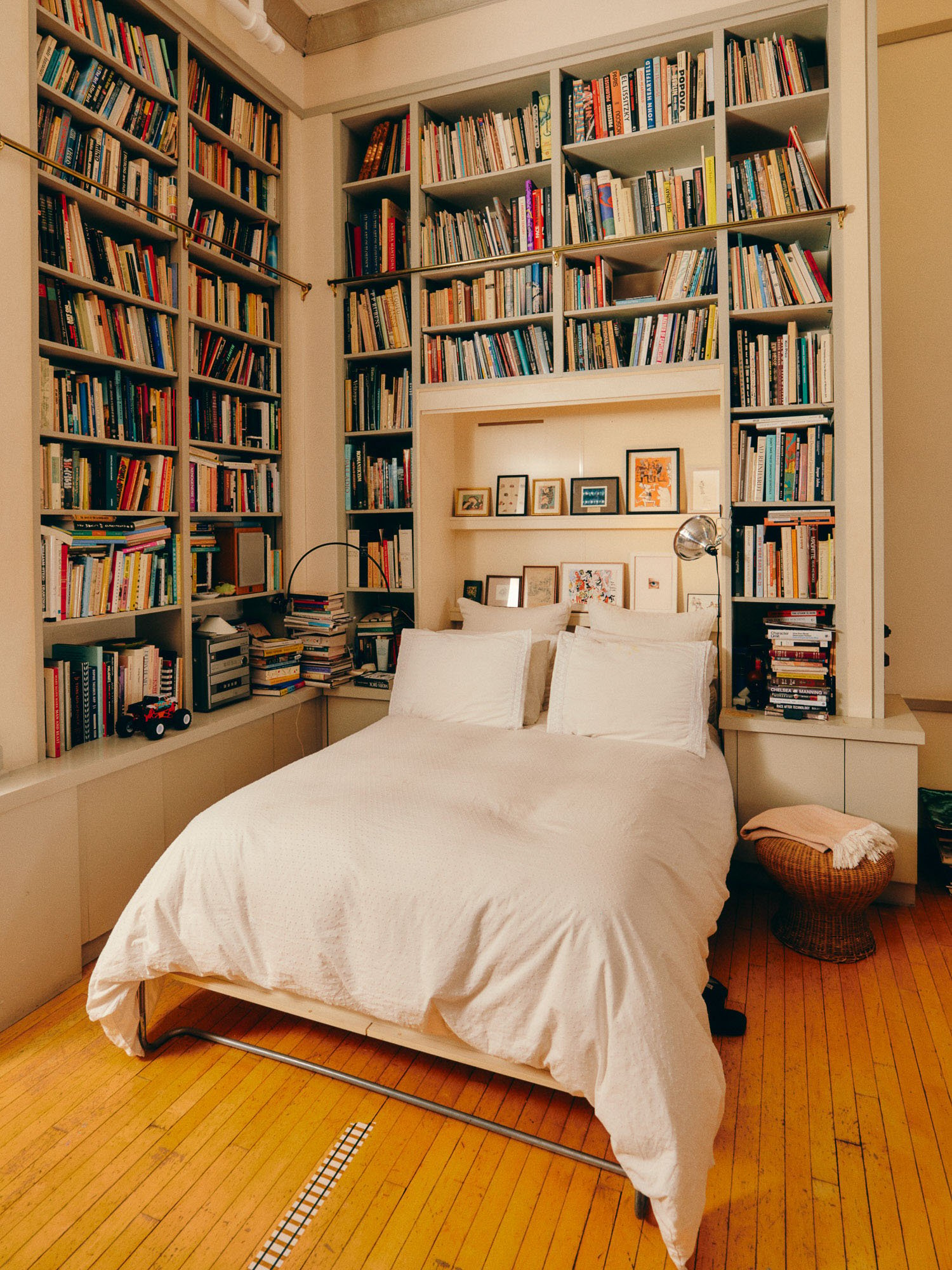
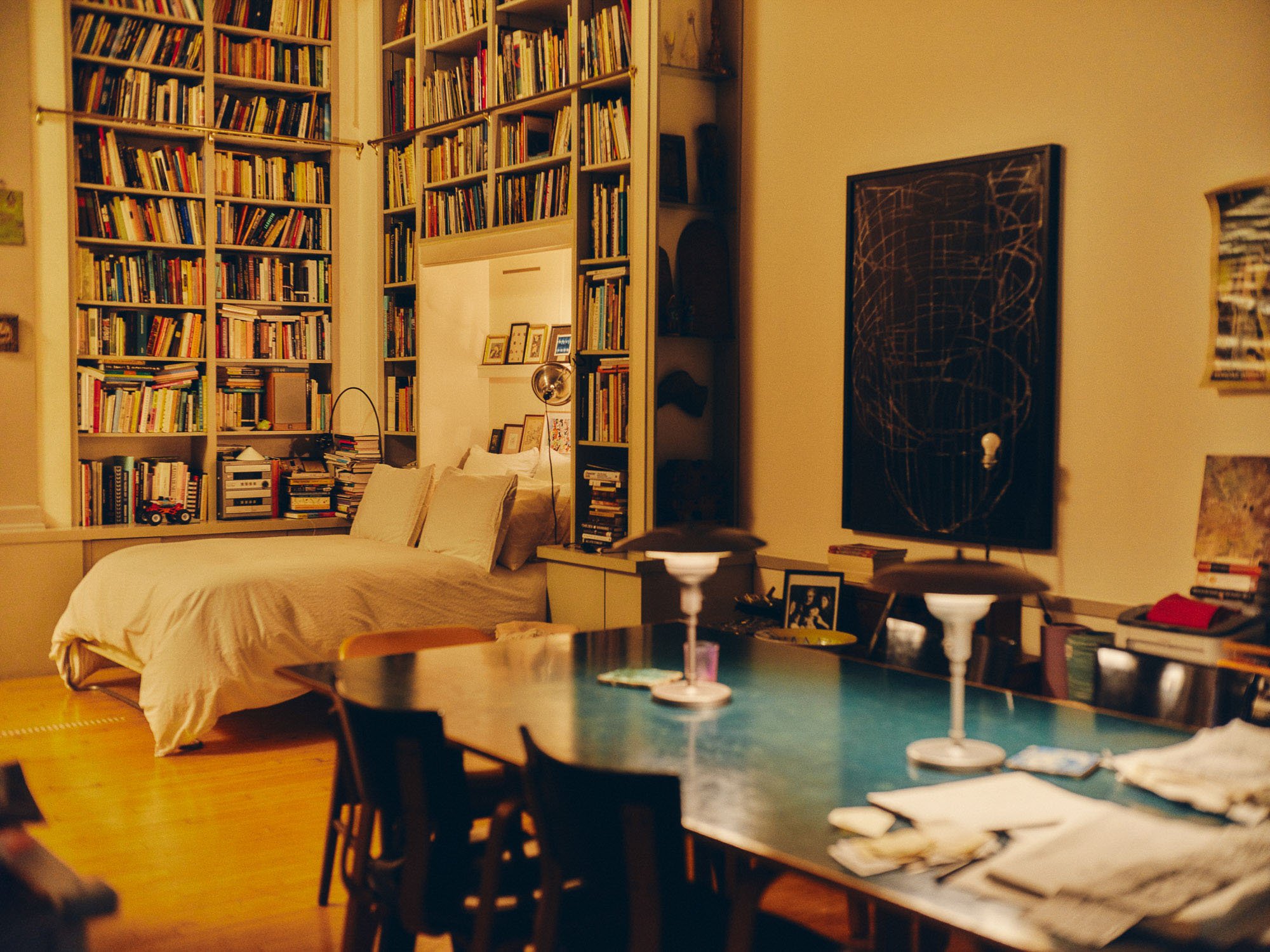

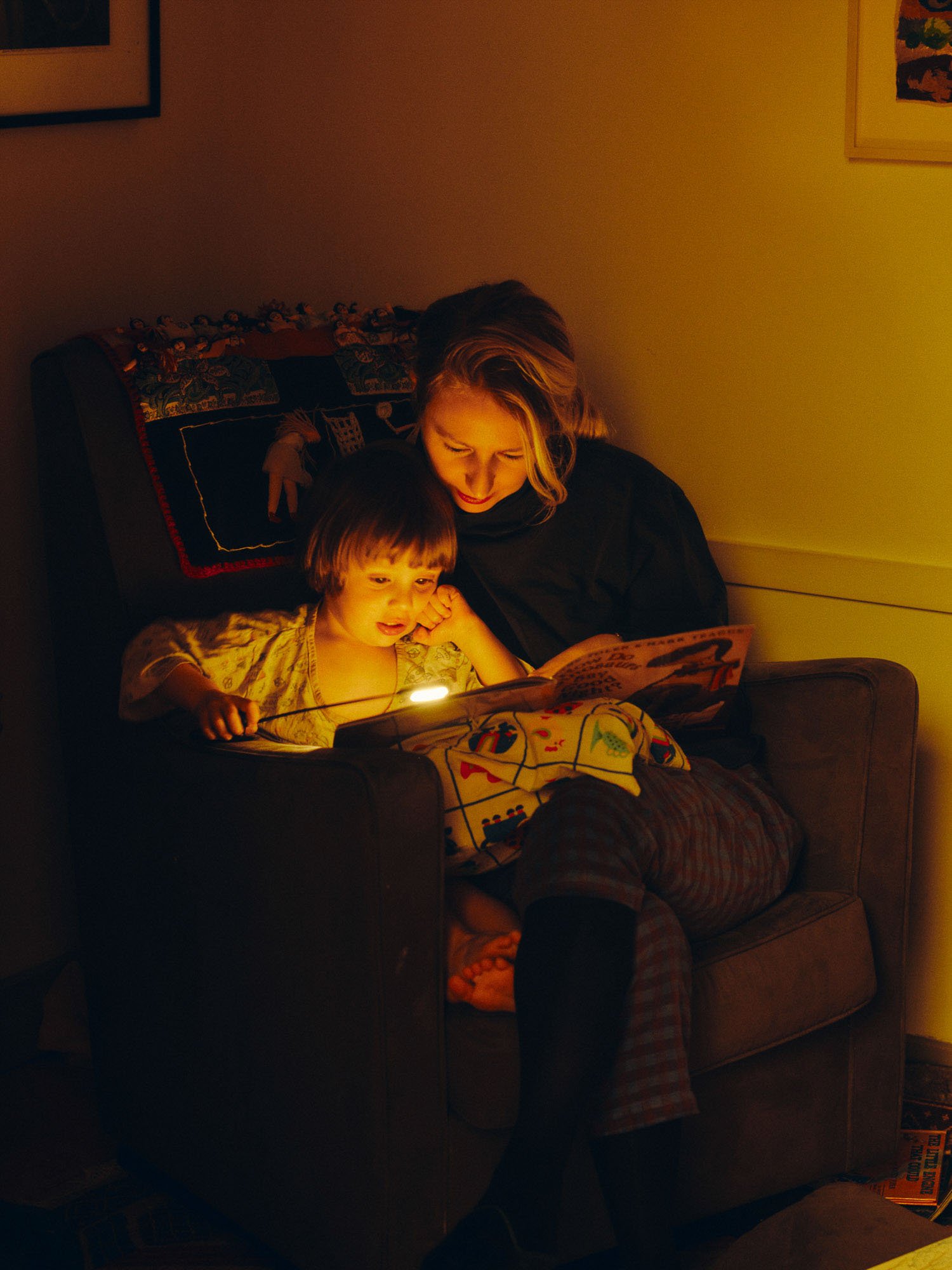
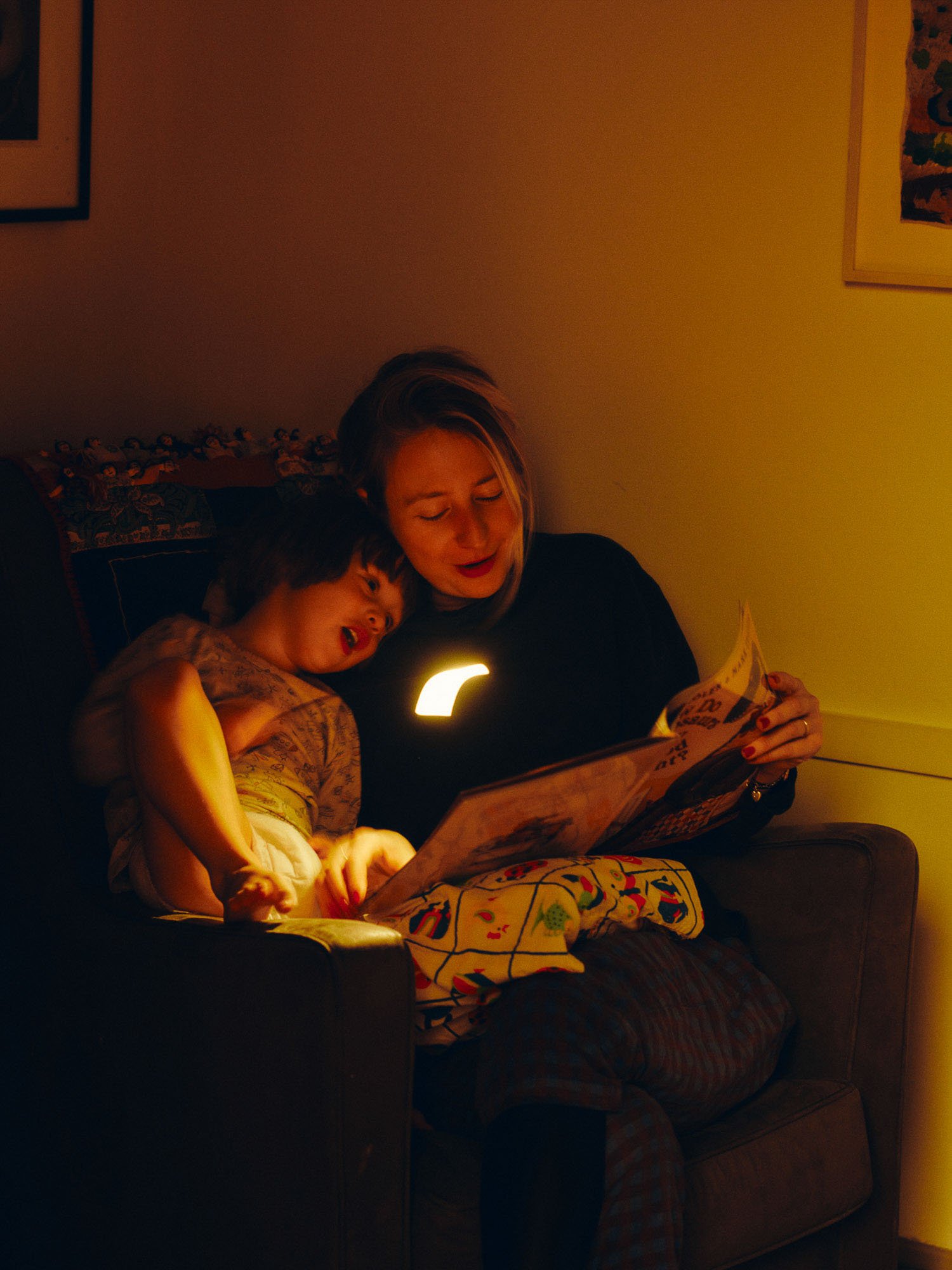
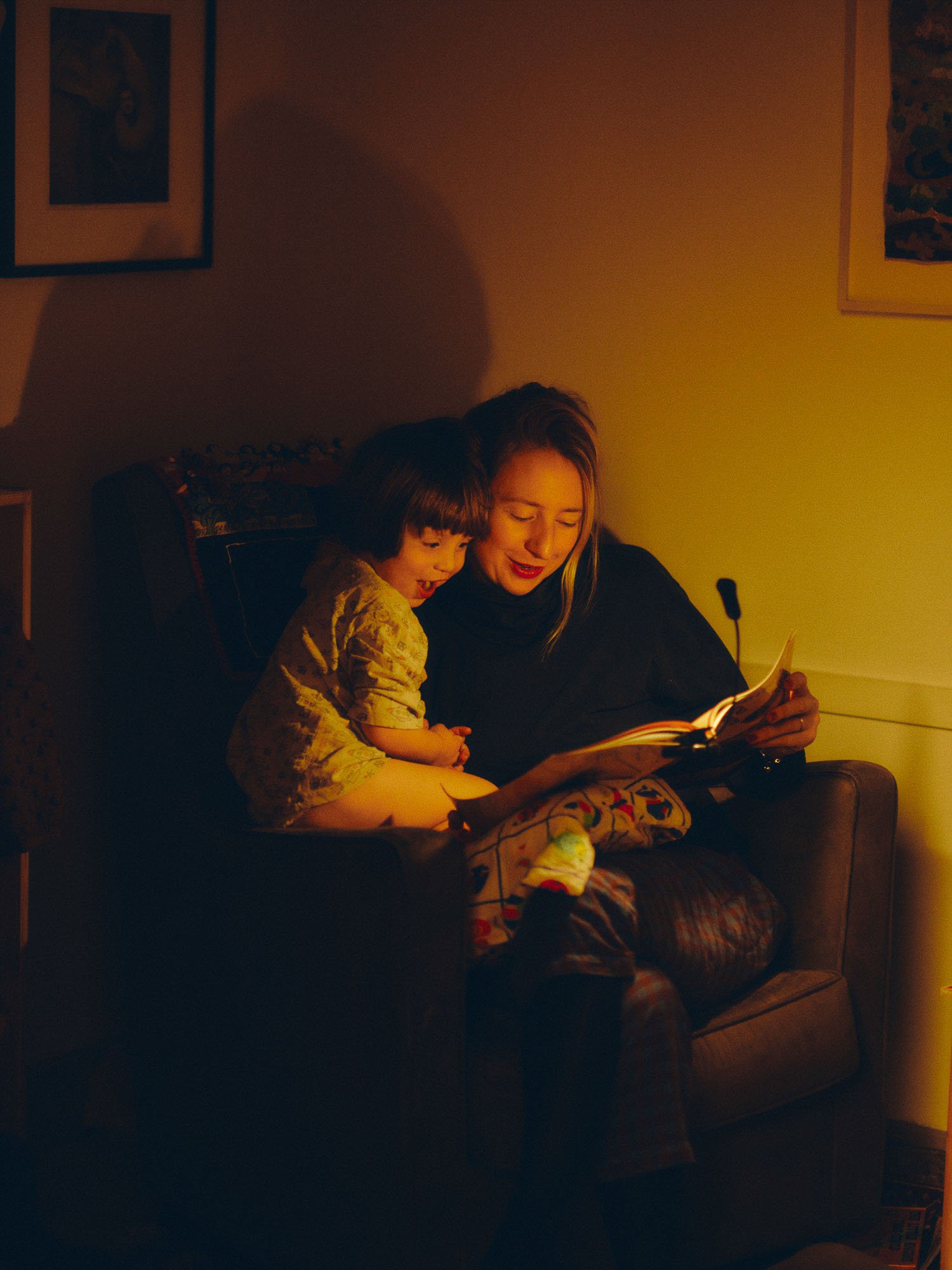
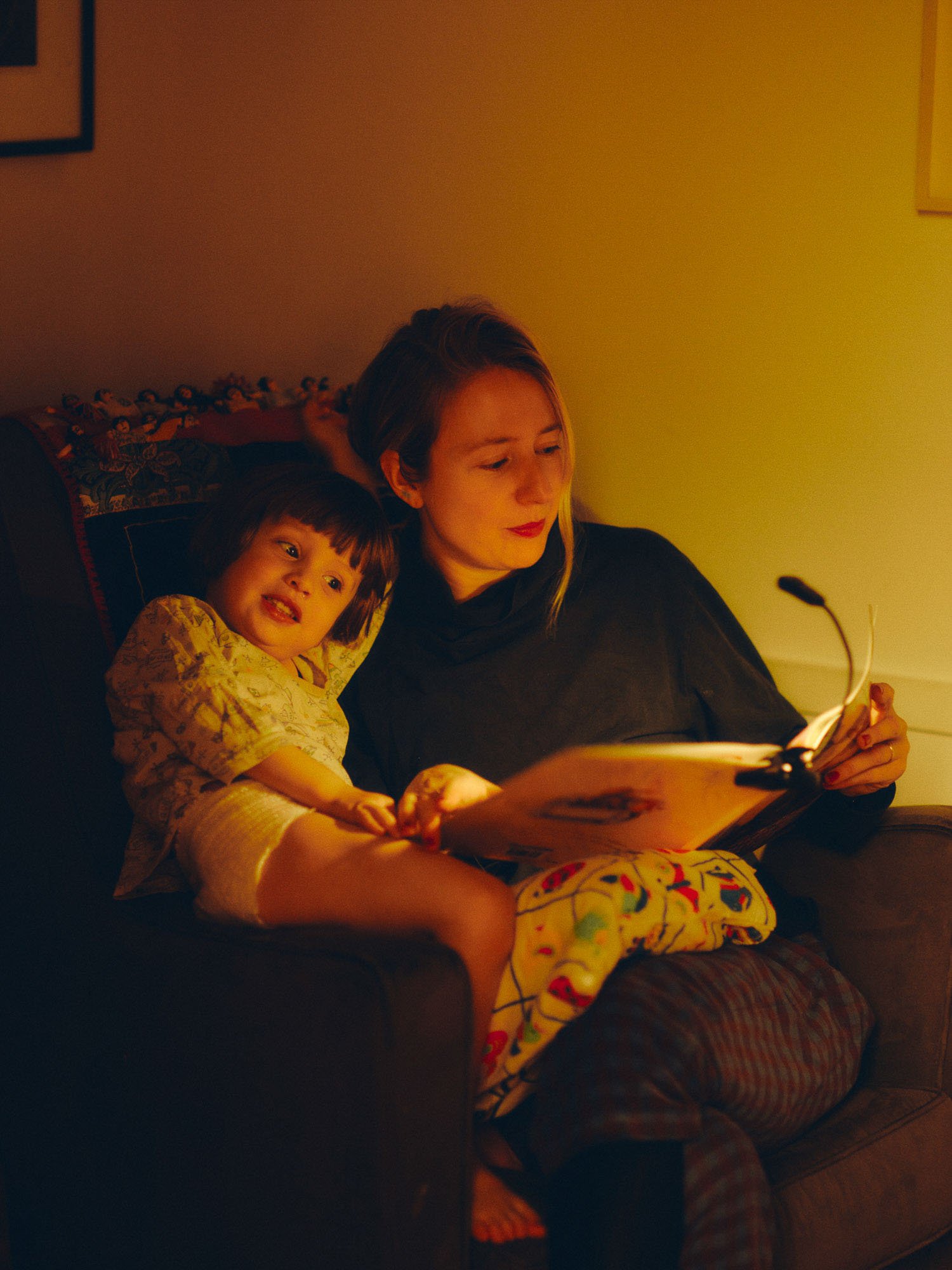
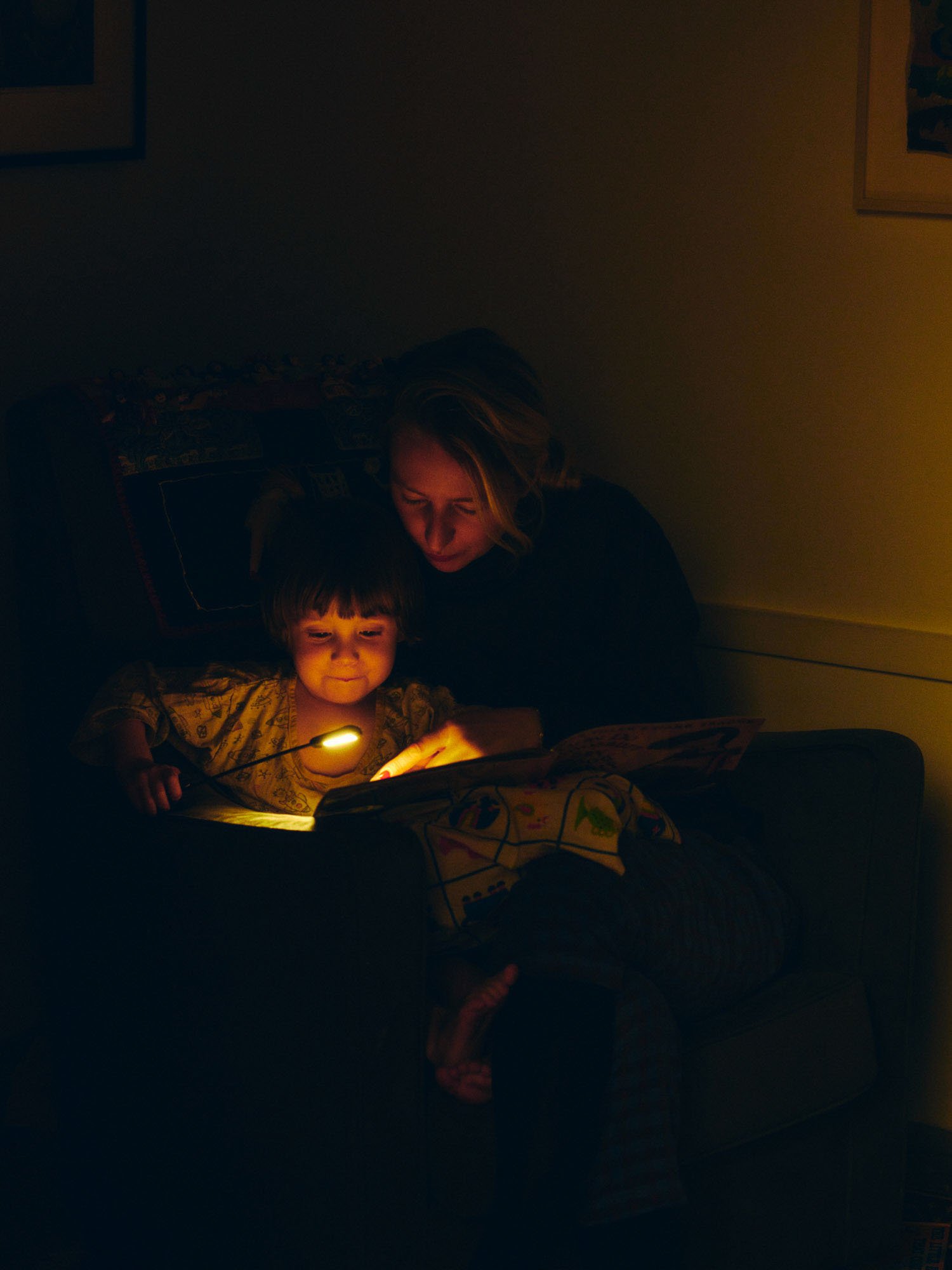

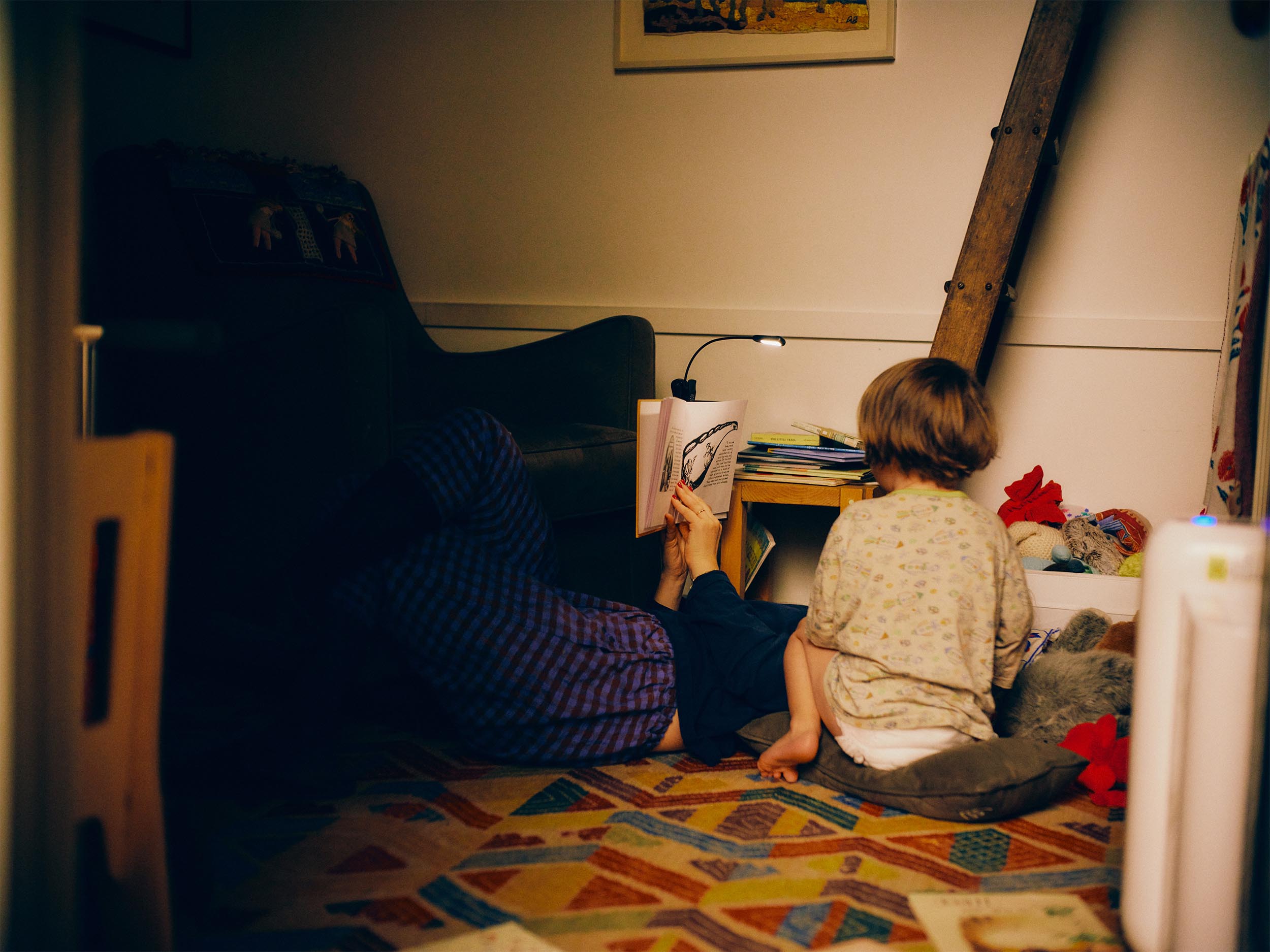
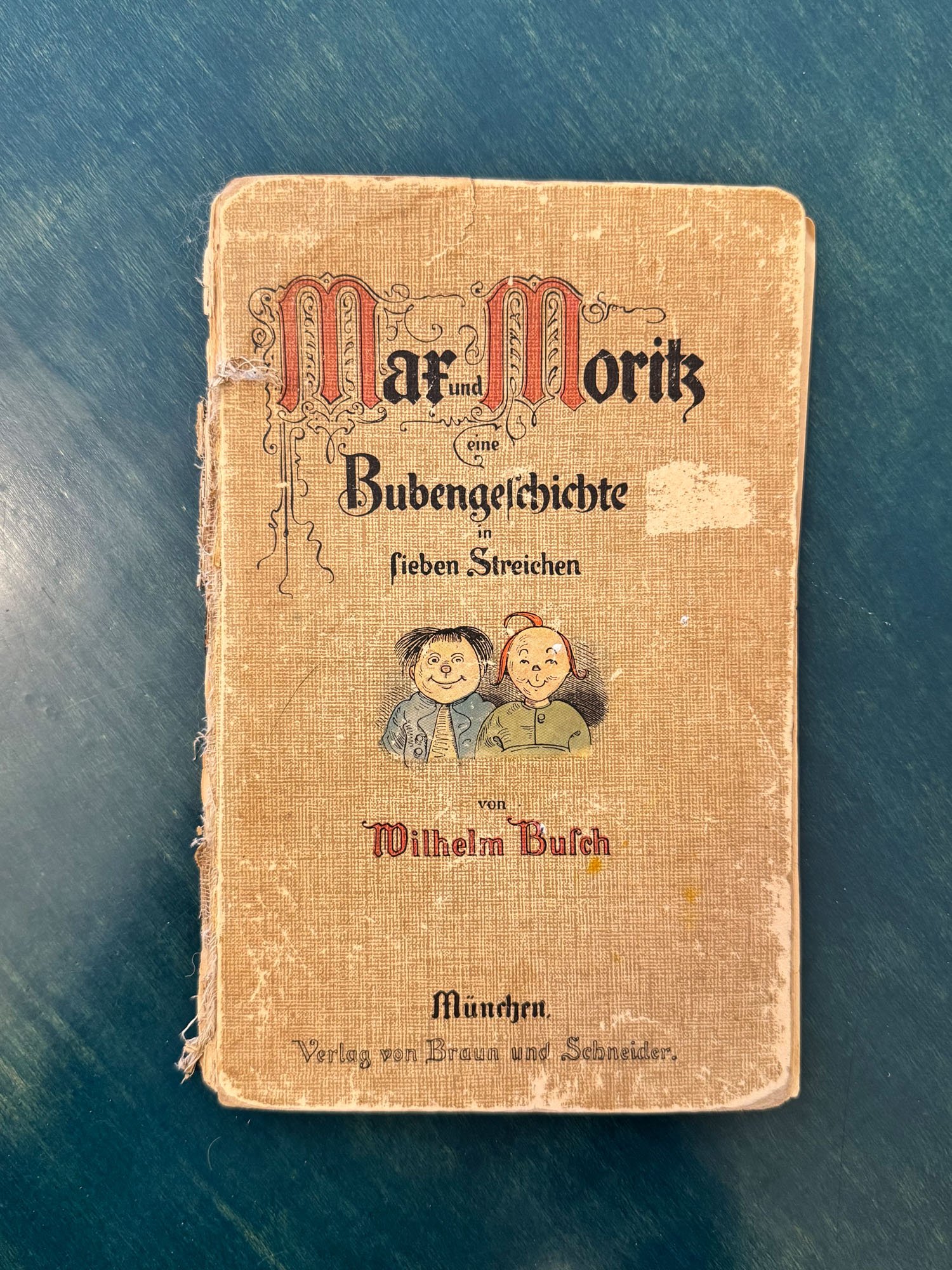
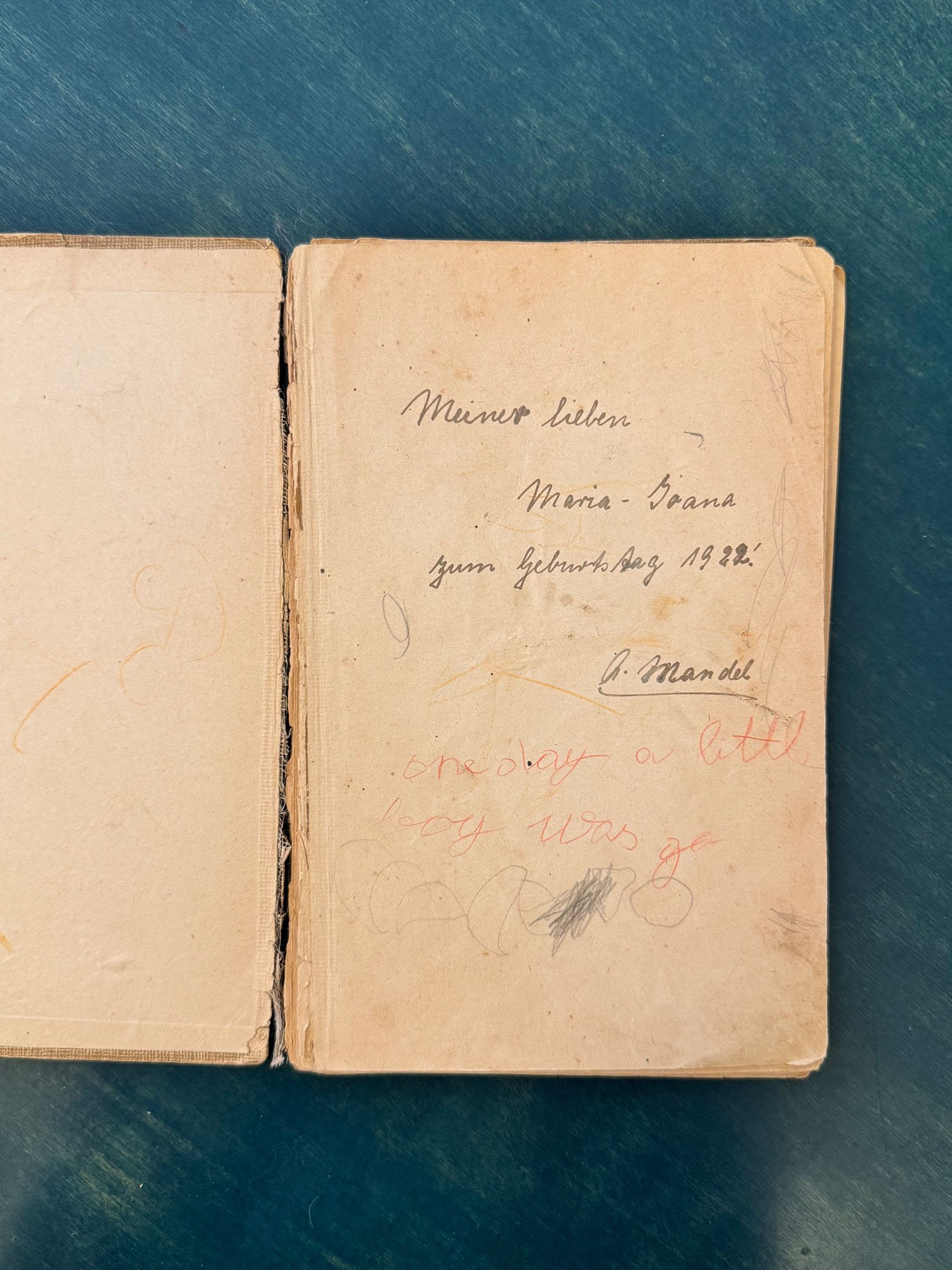
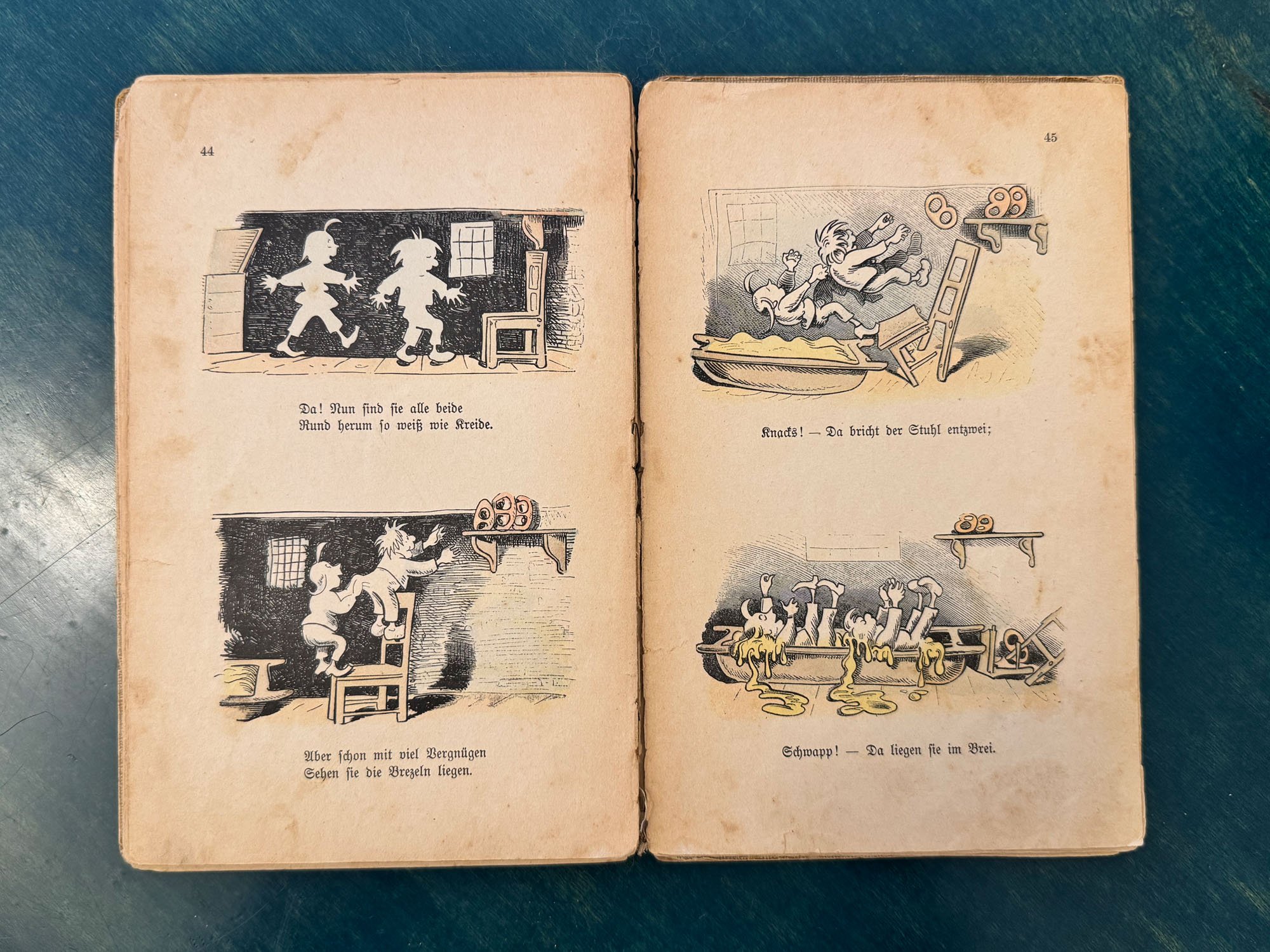
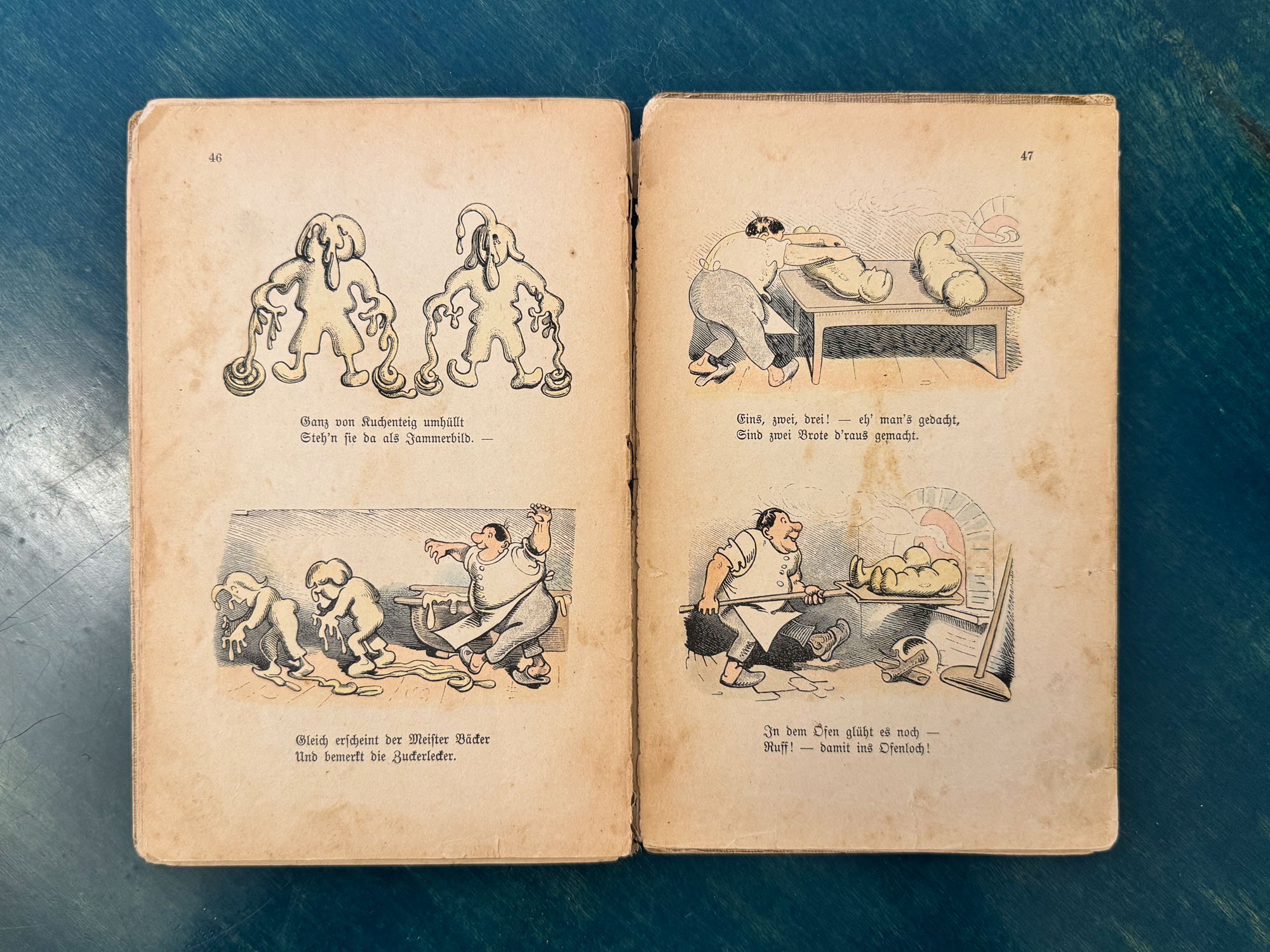
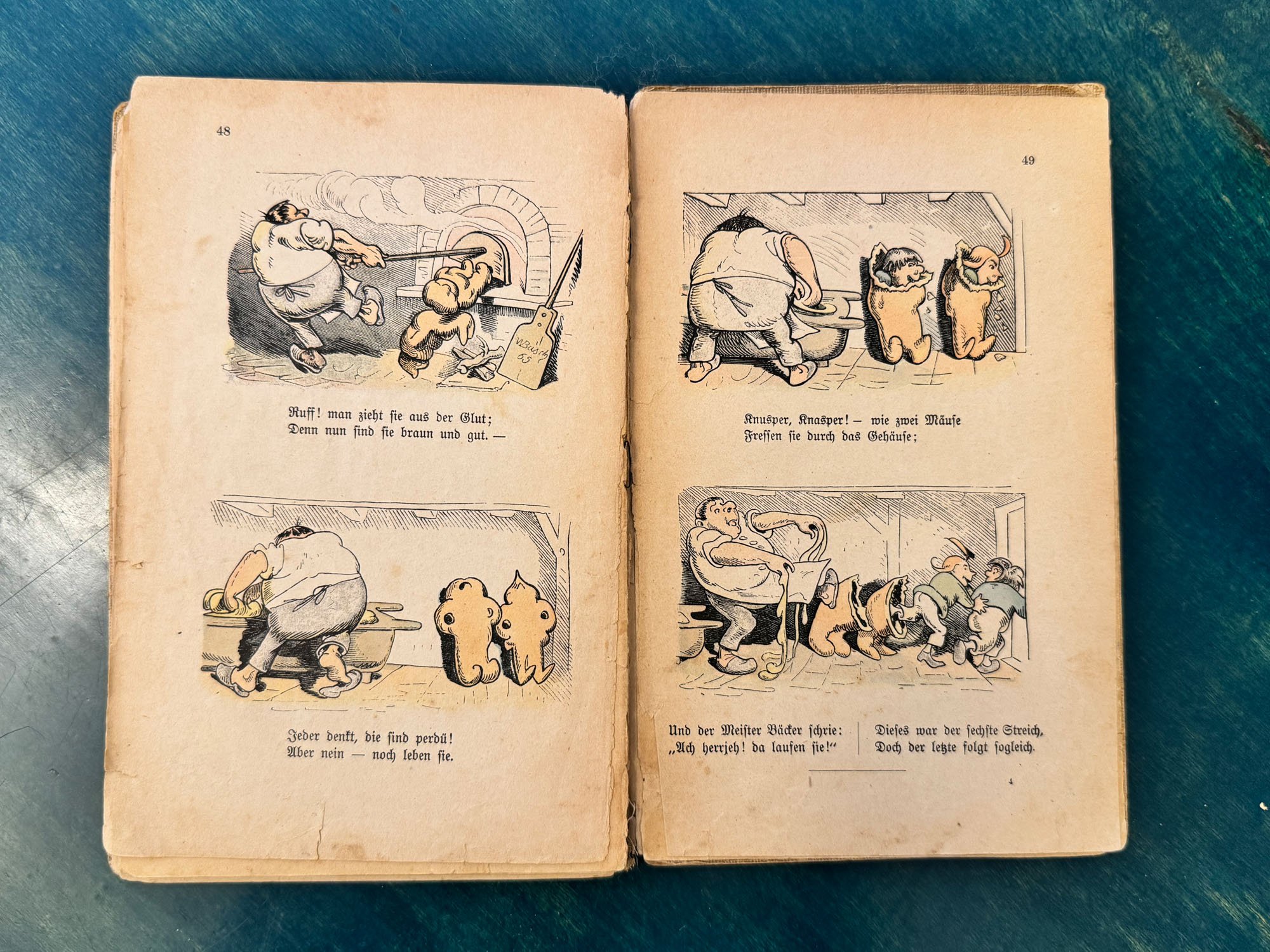
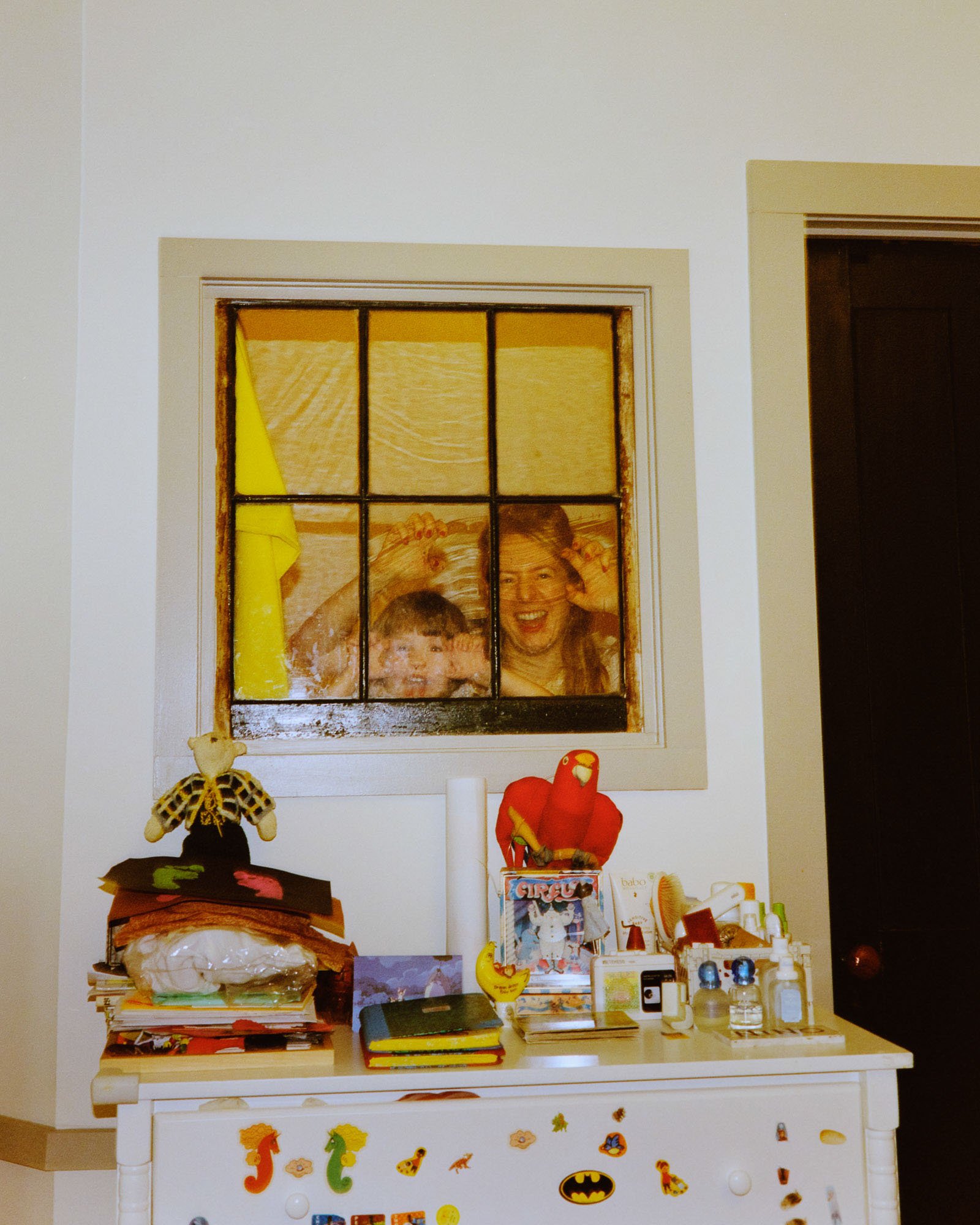
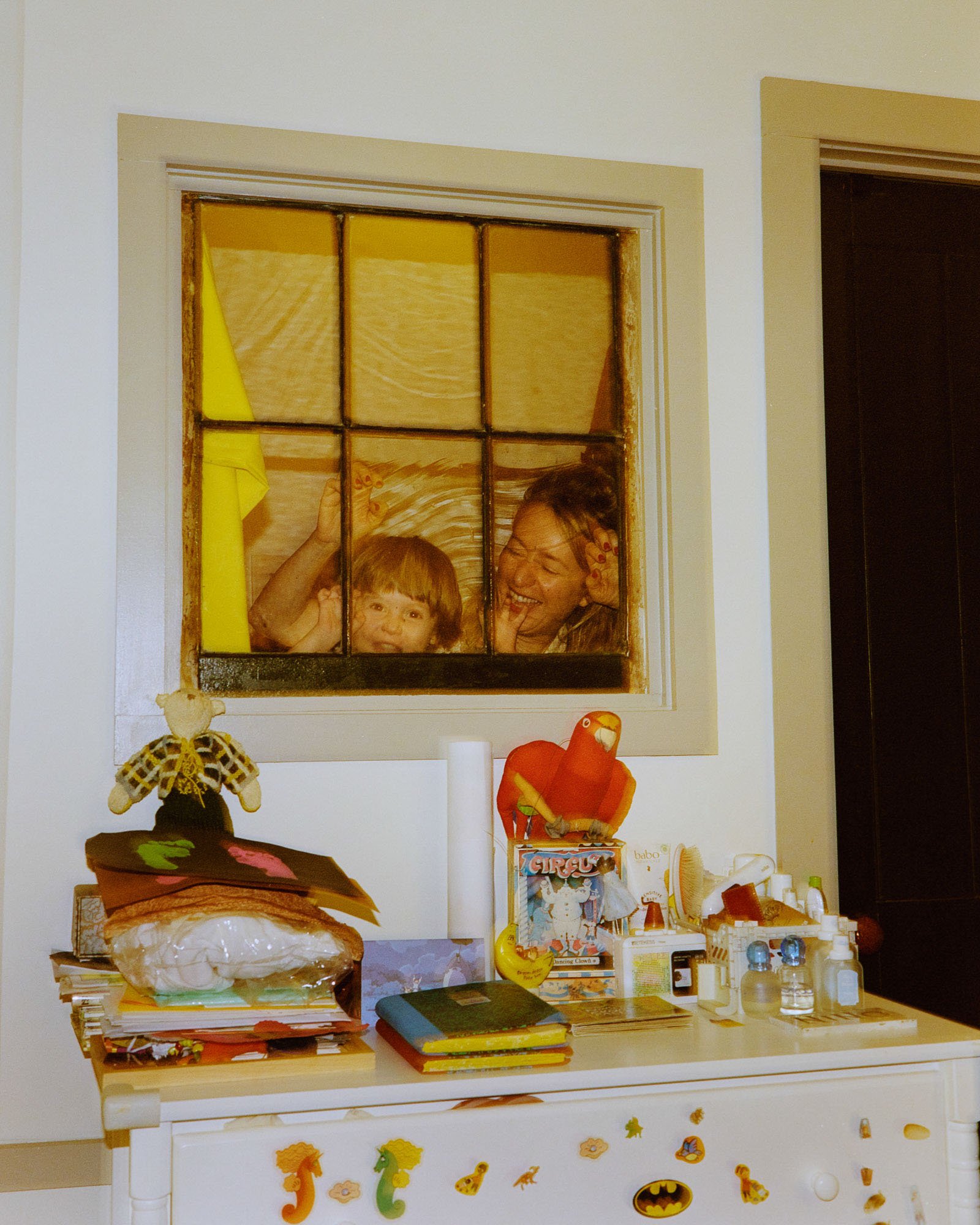

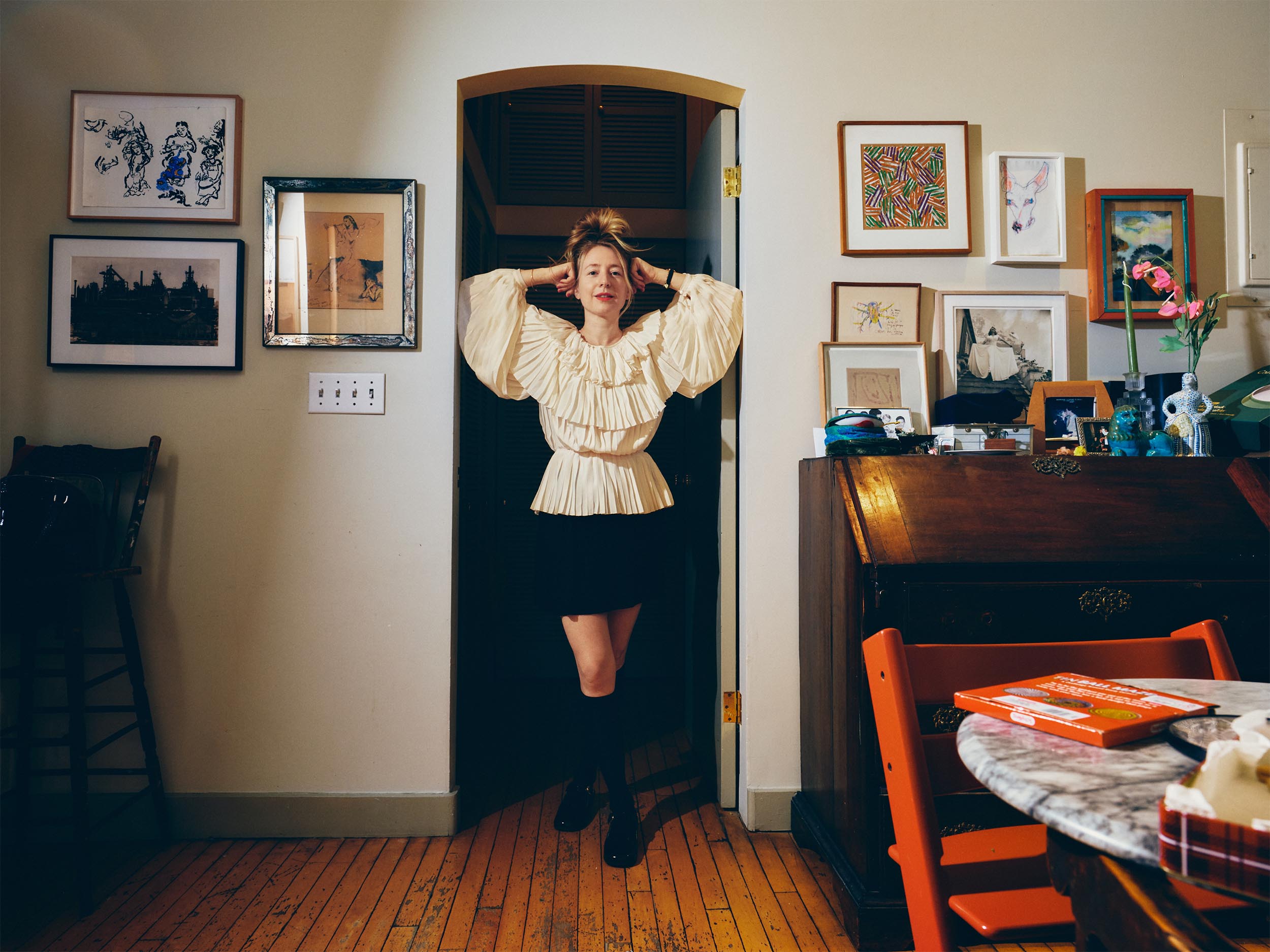
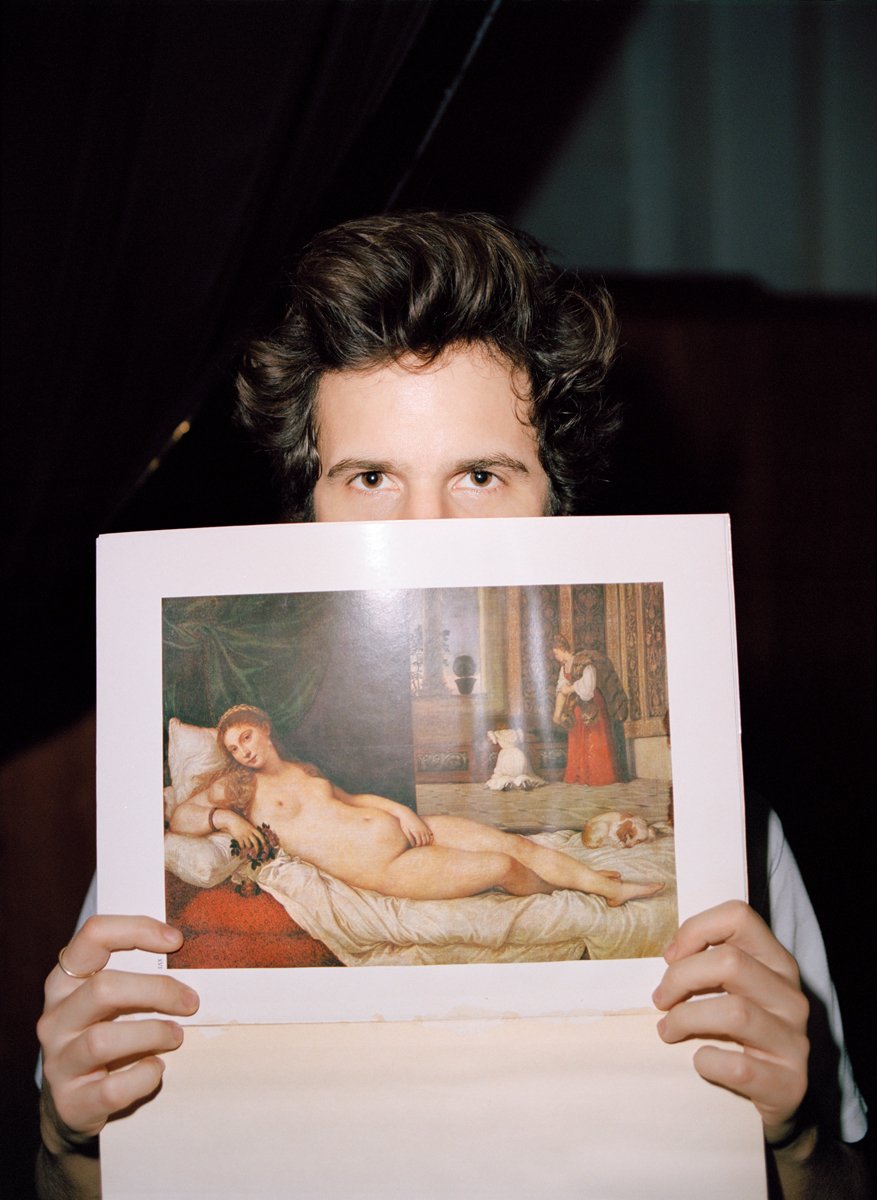
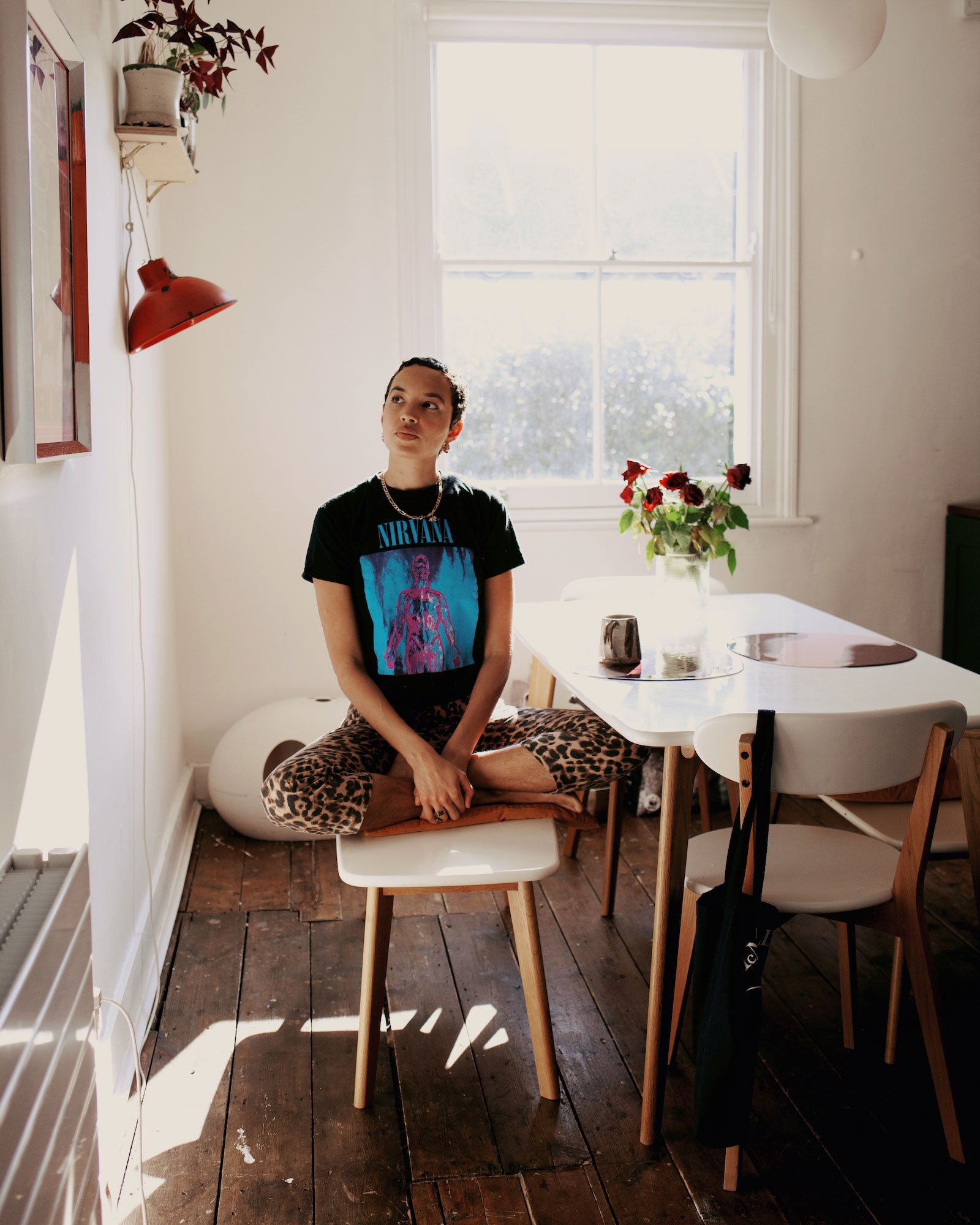
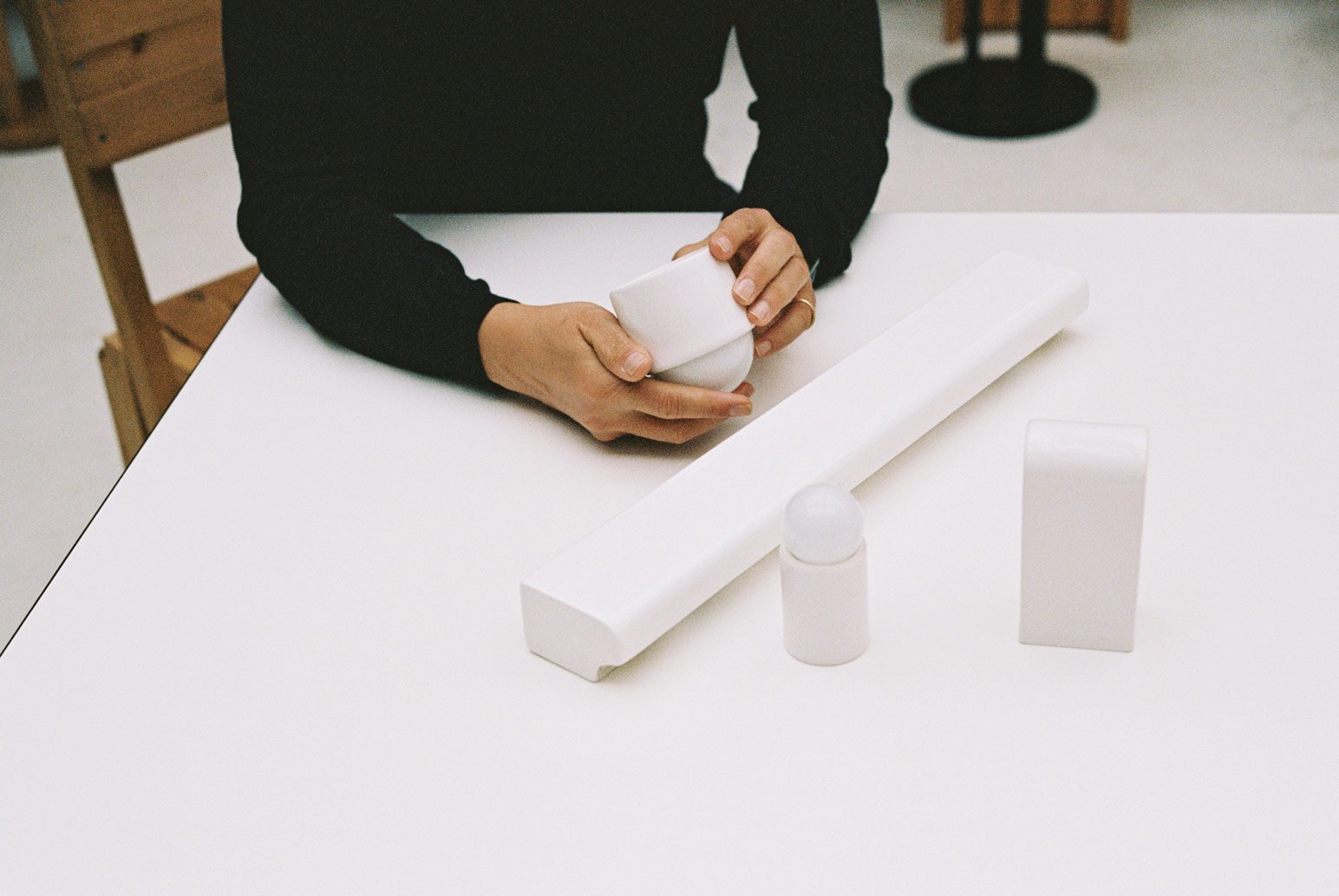
 close
close





























































